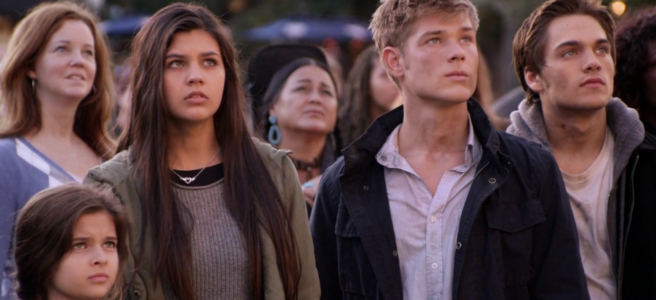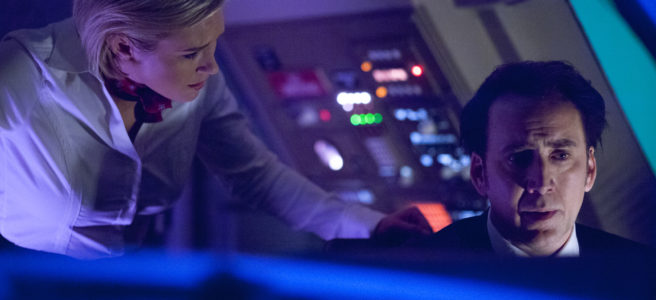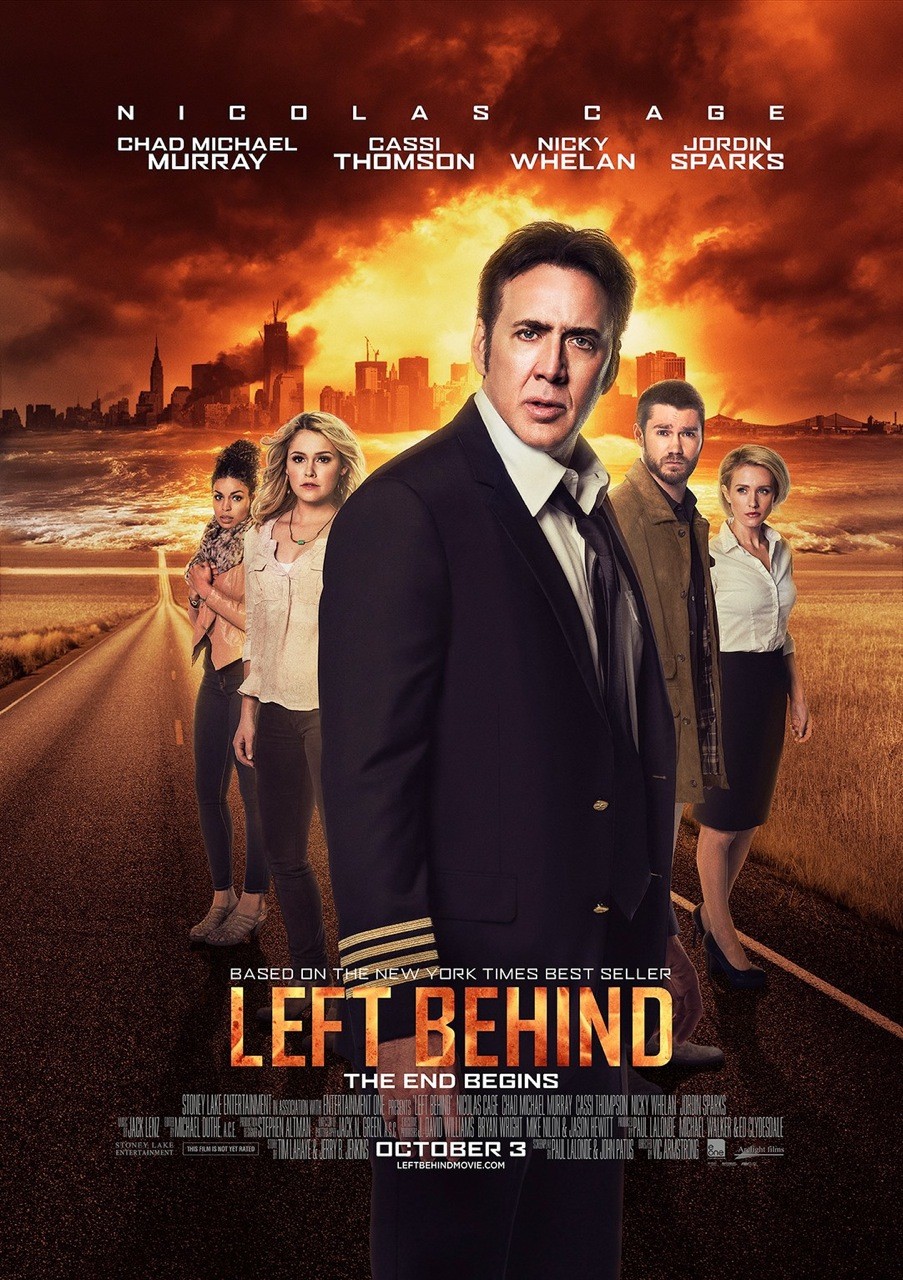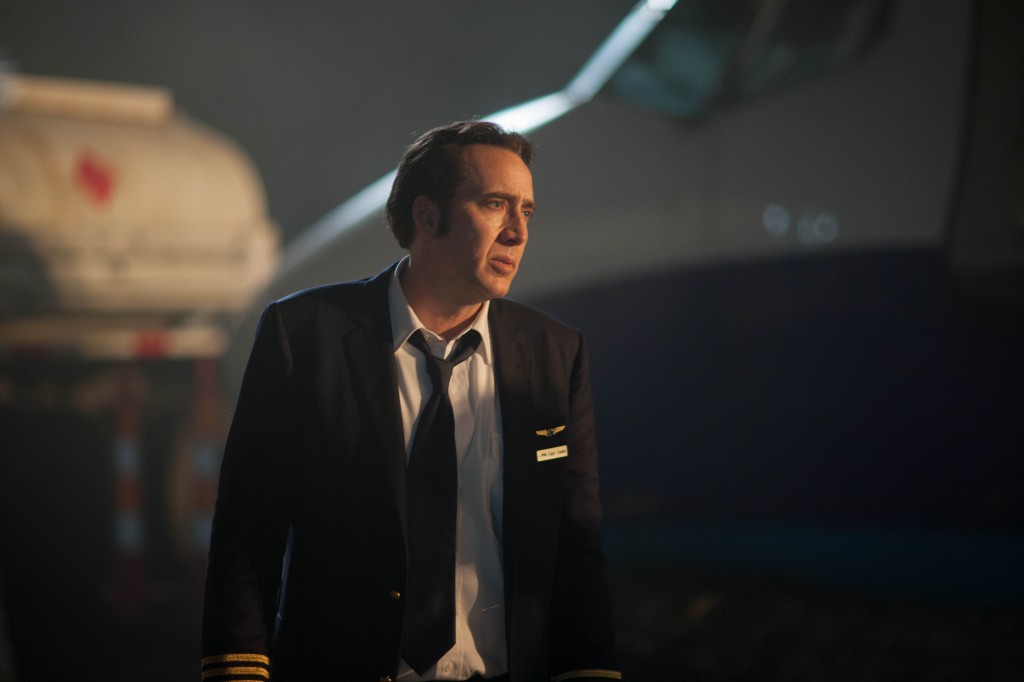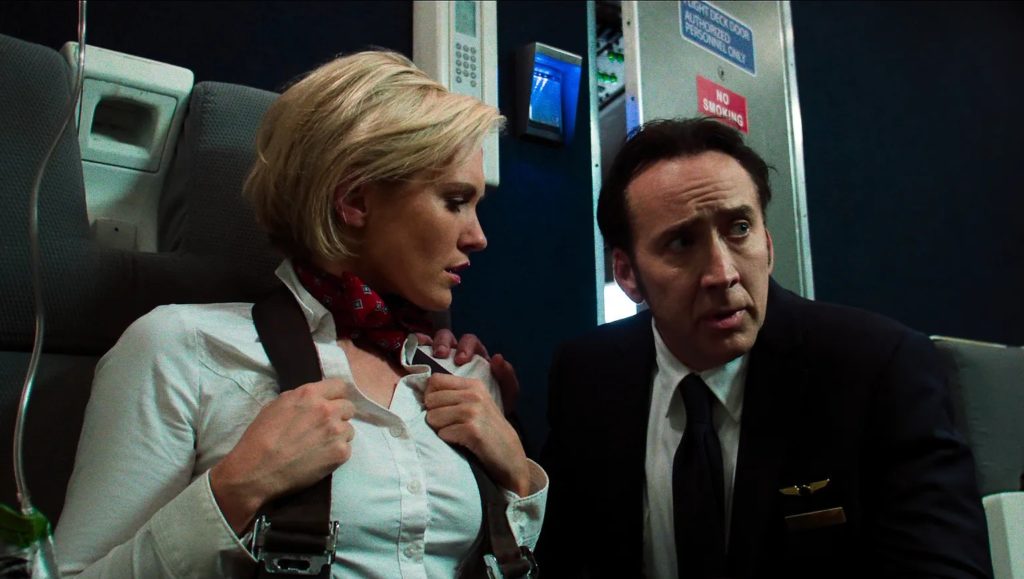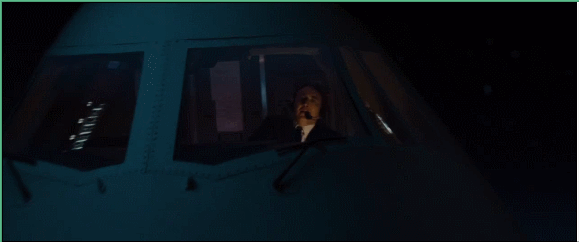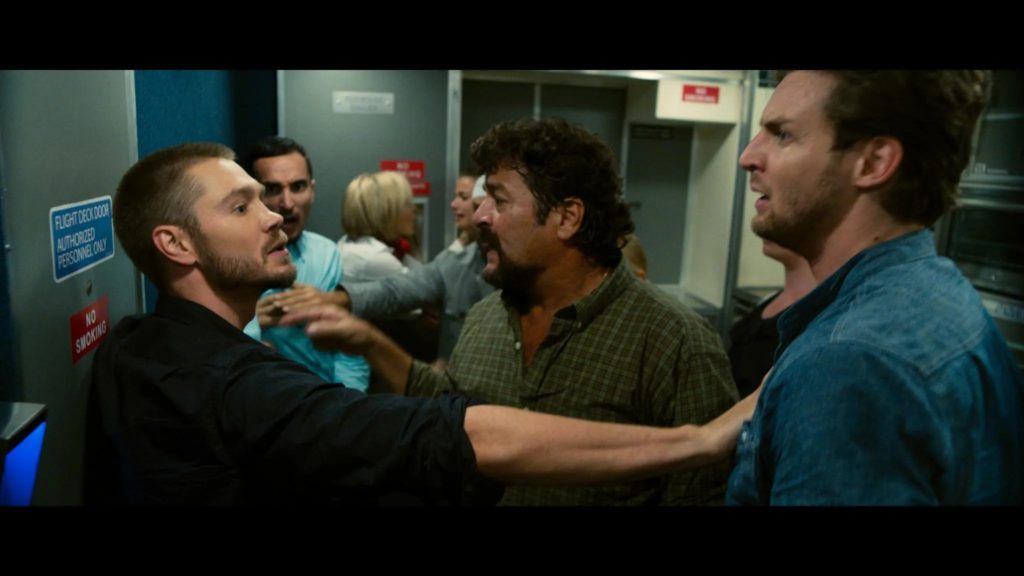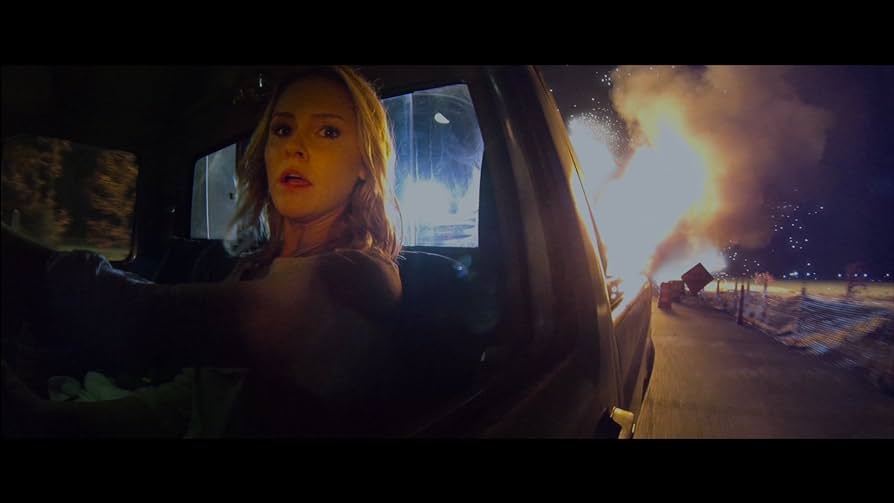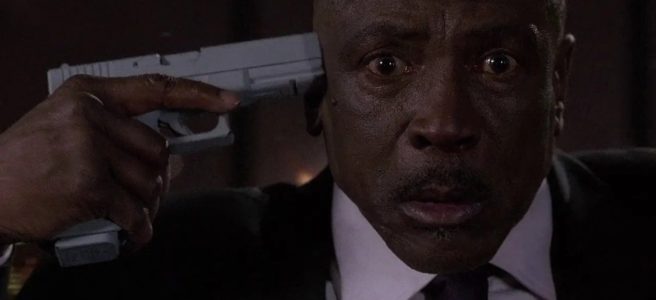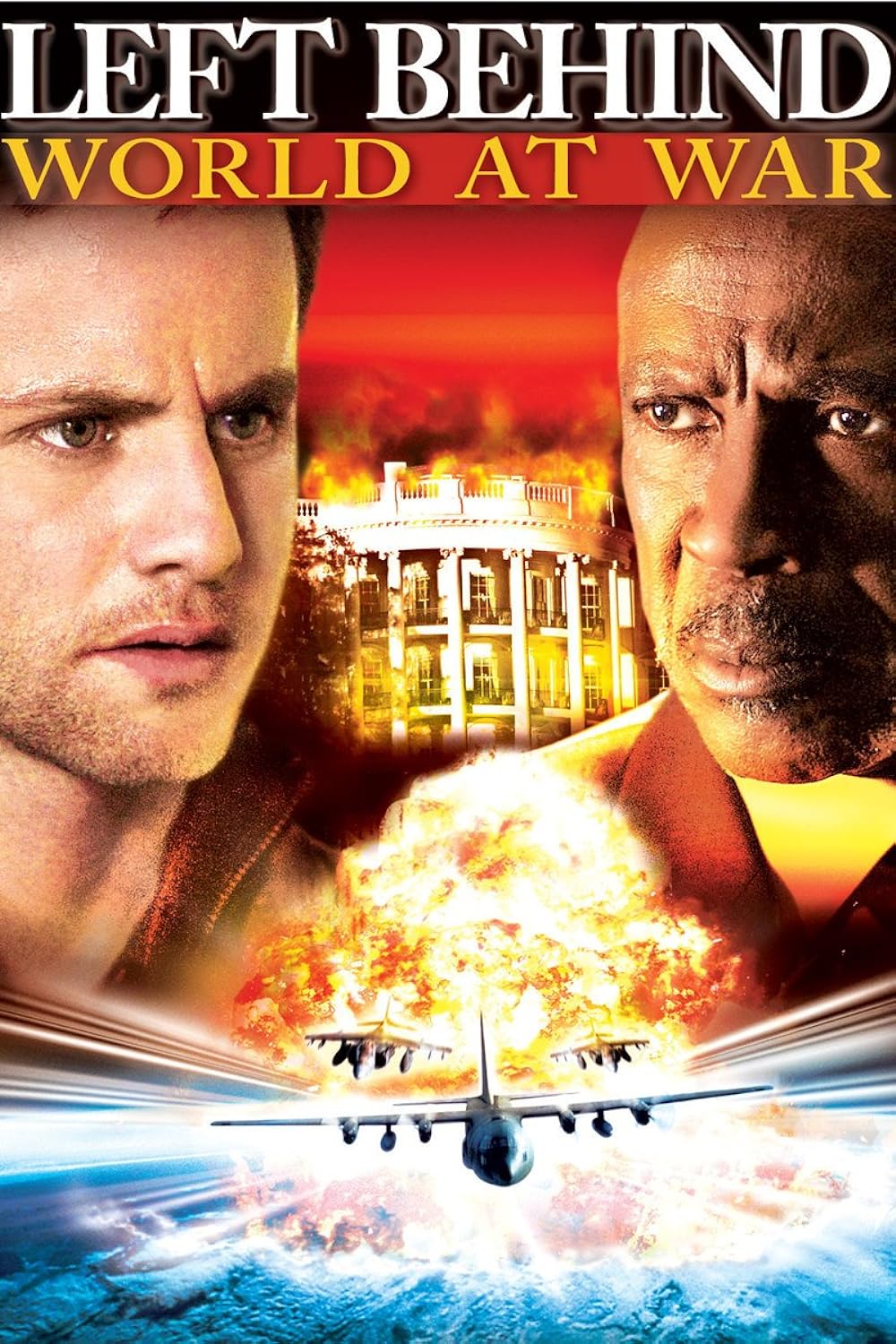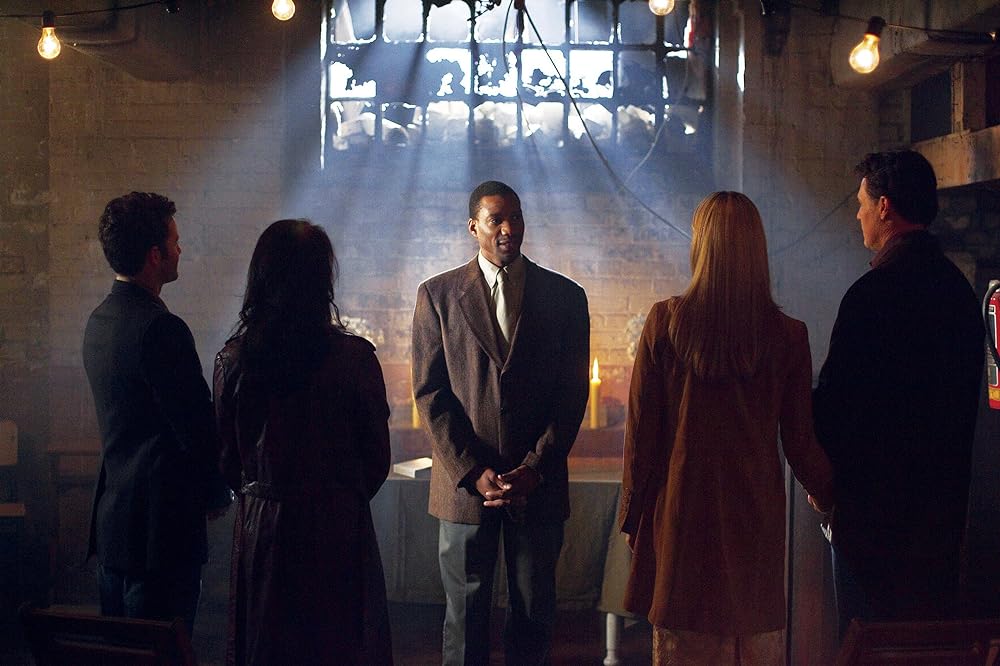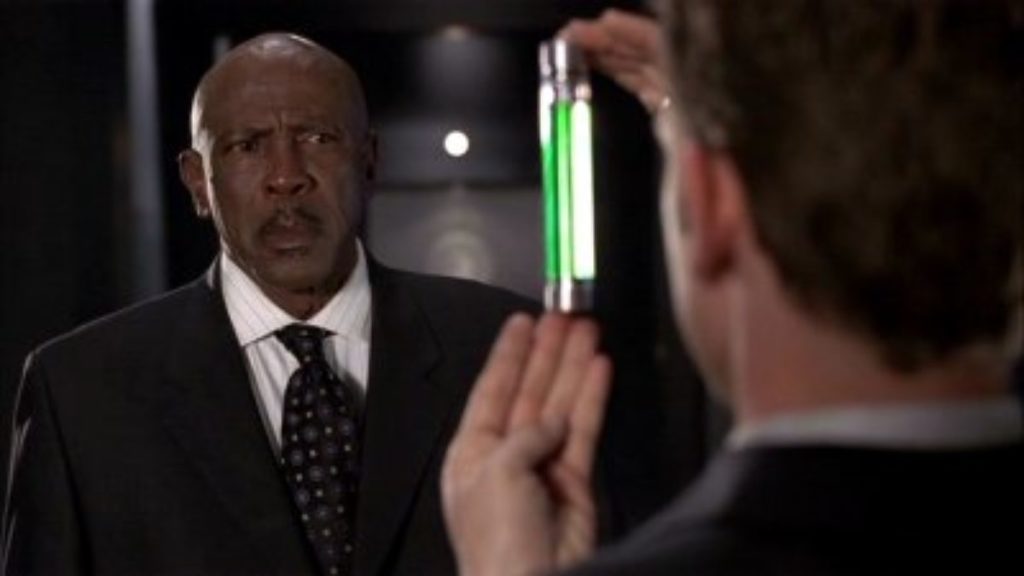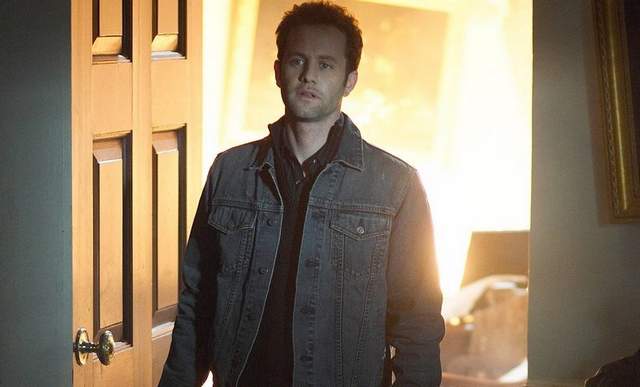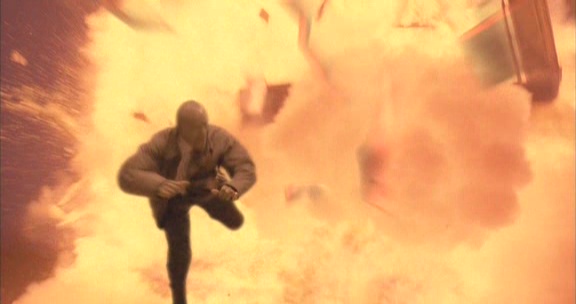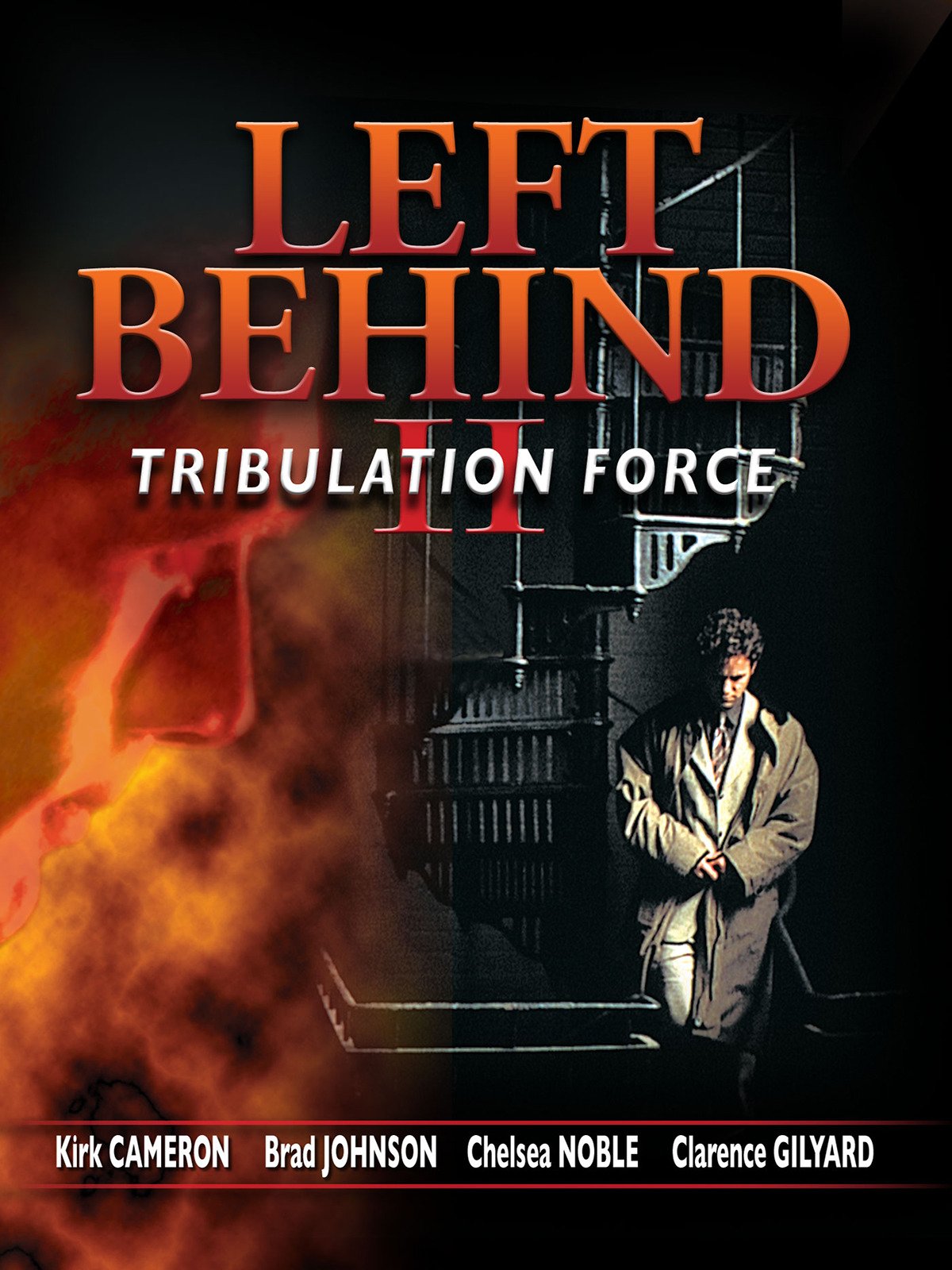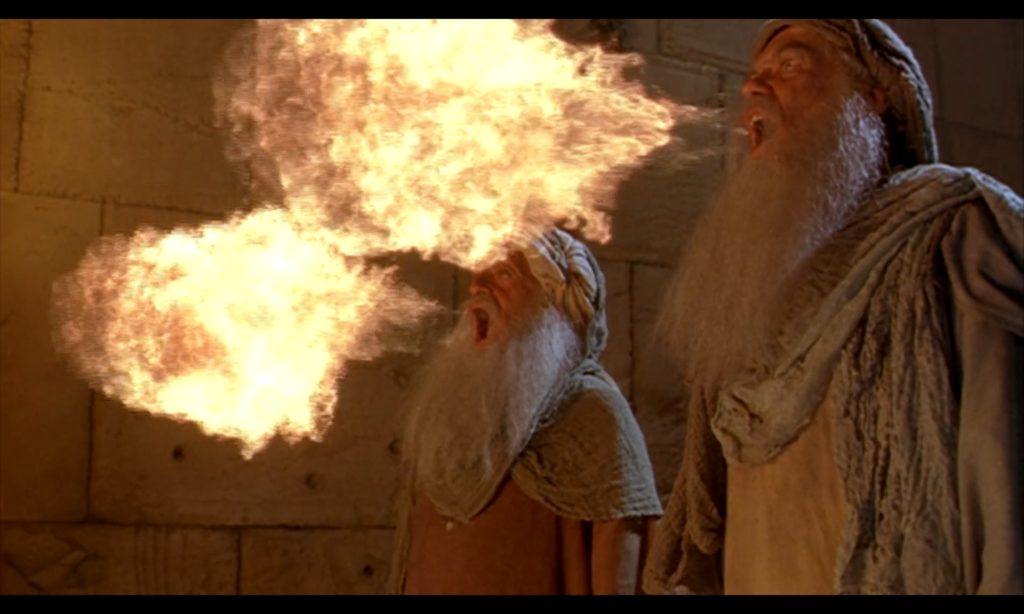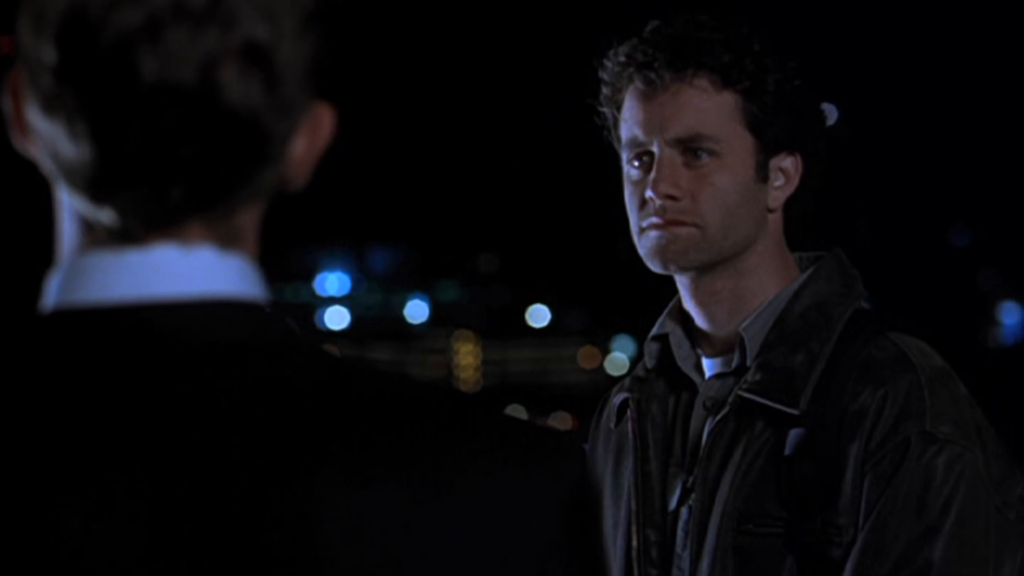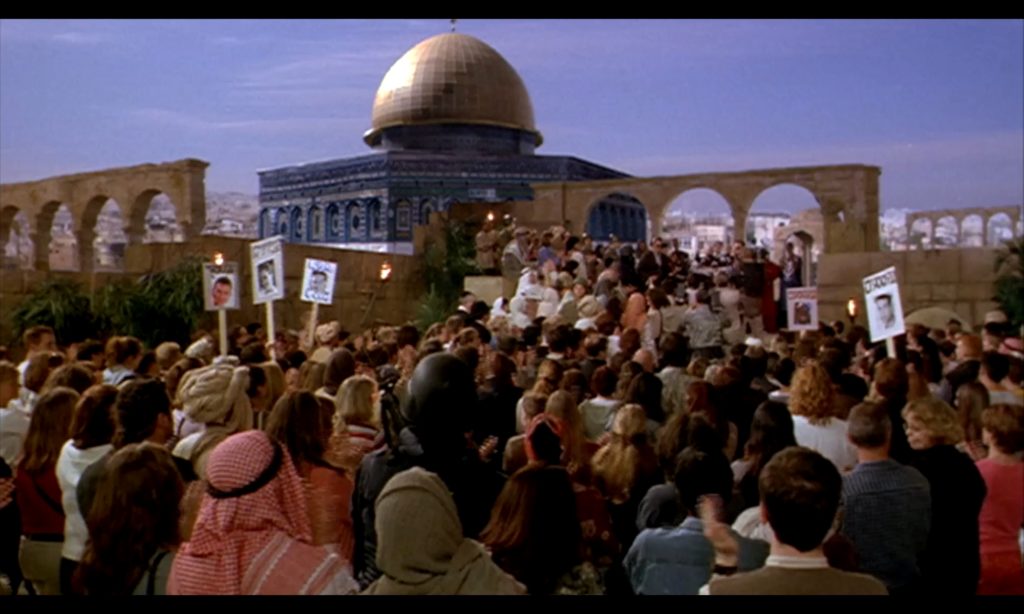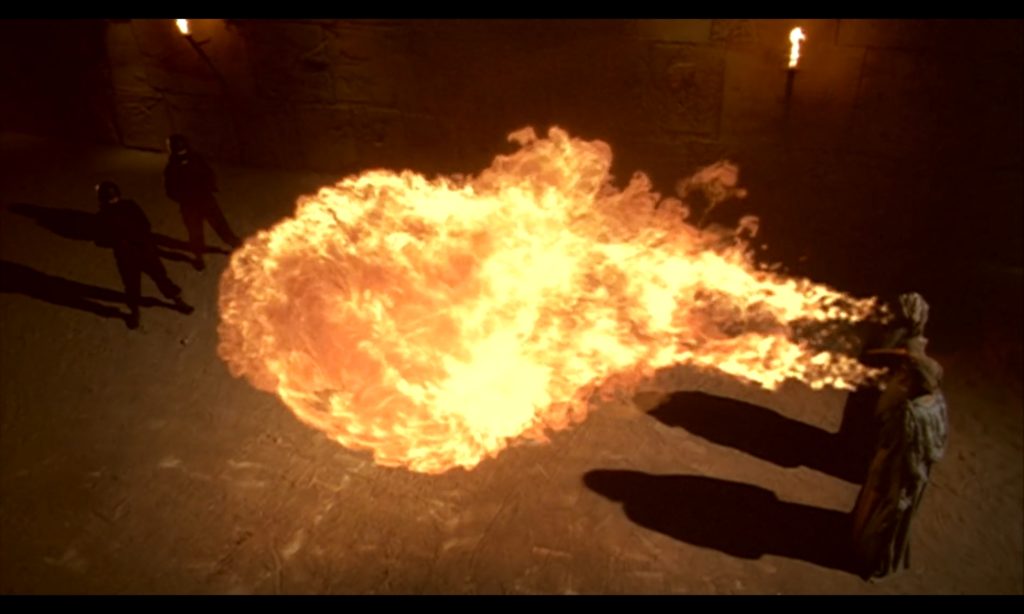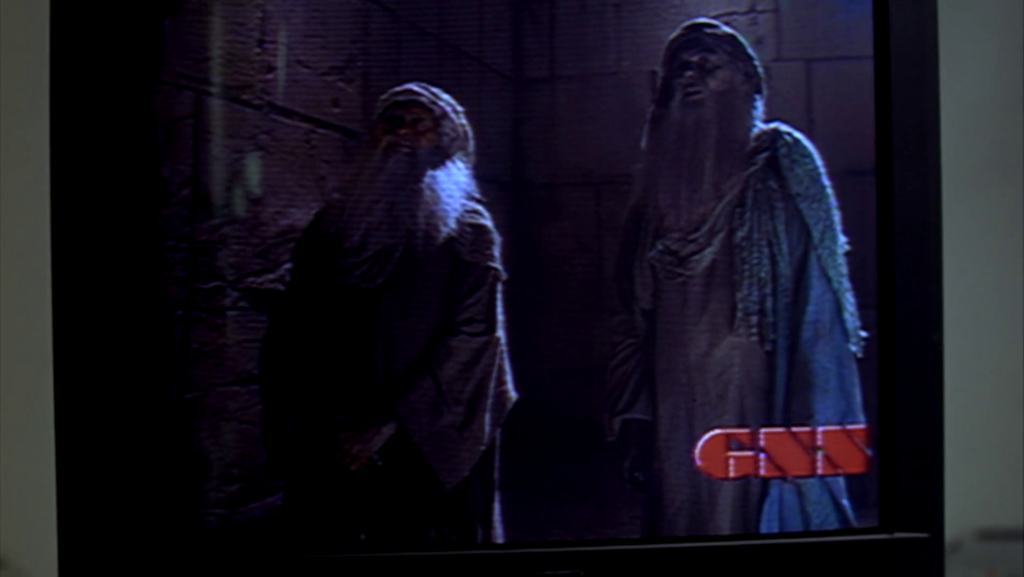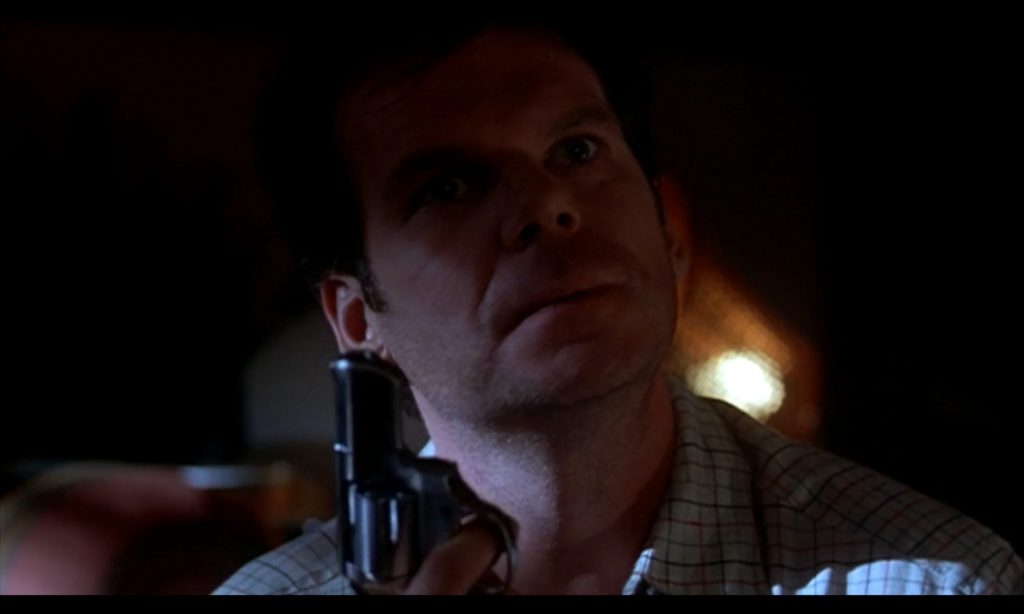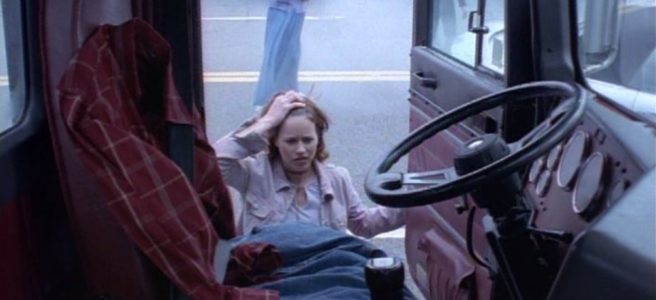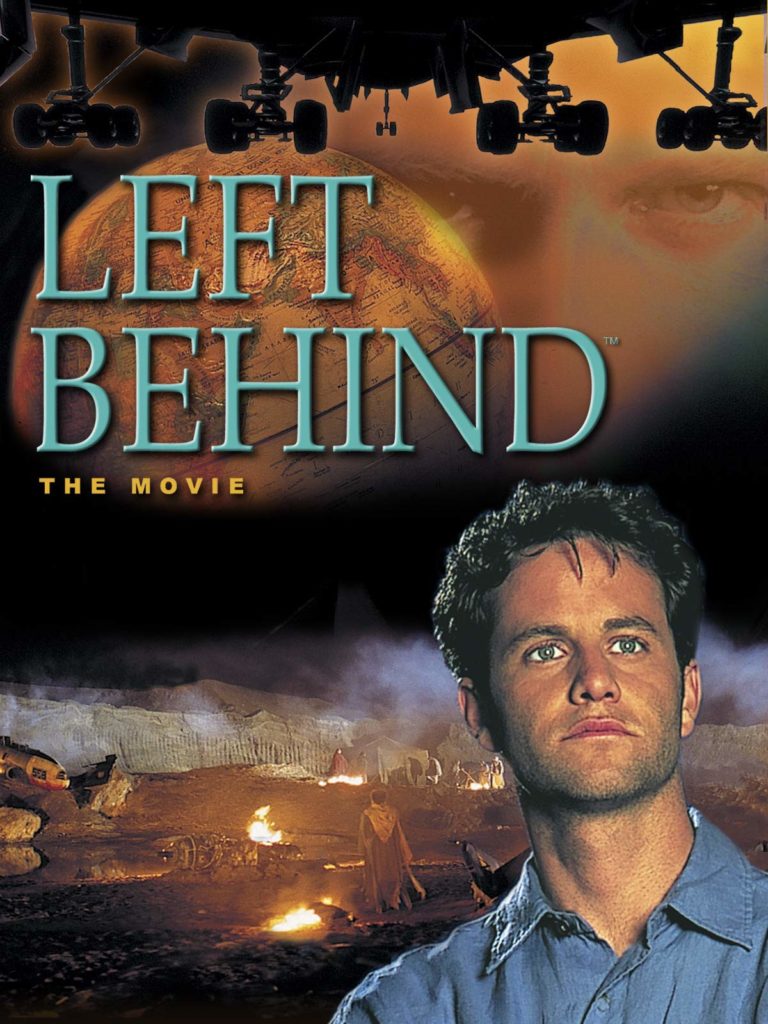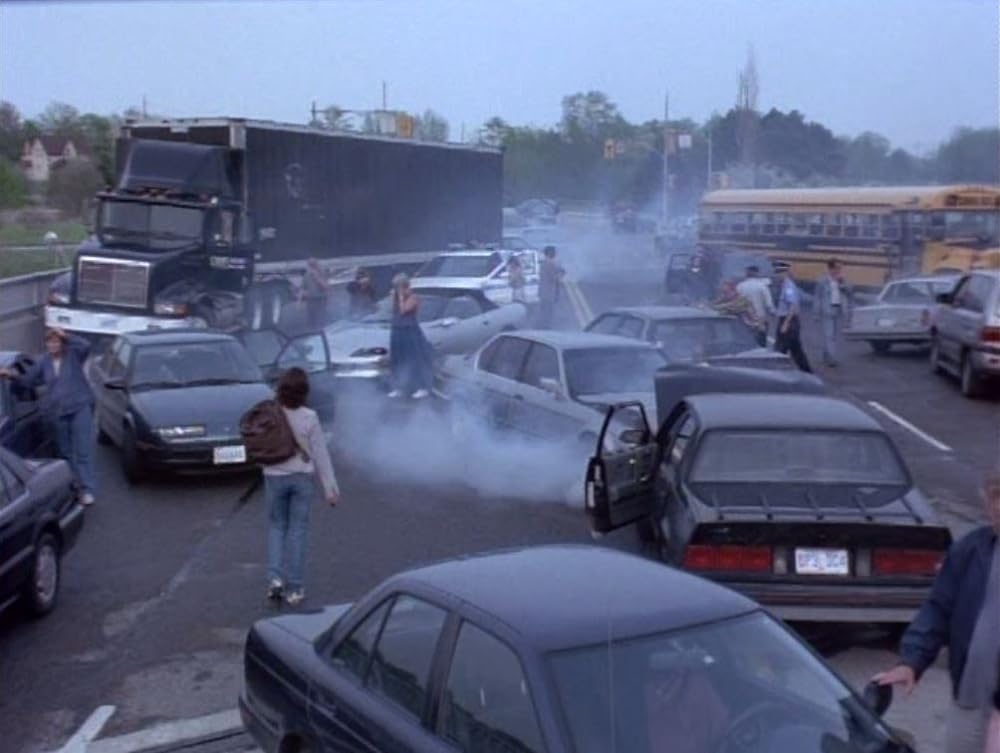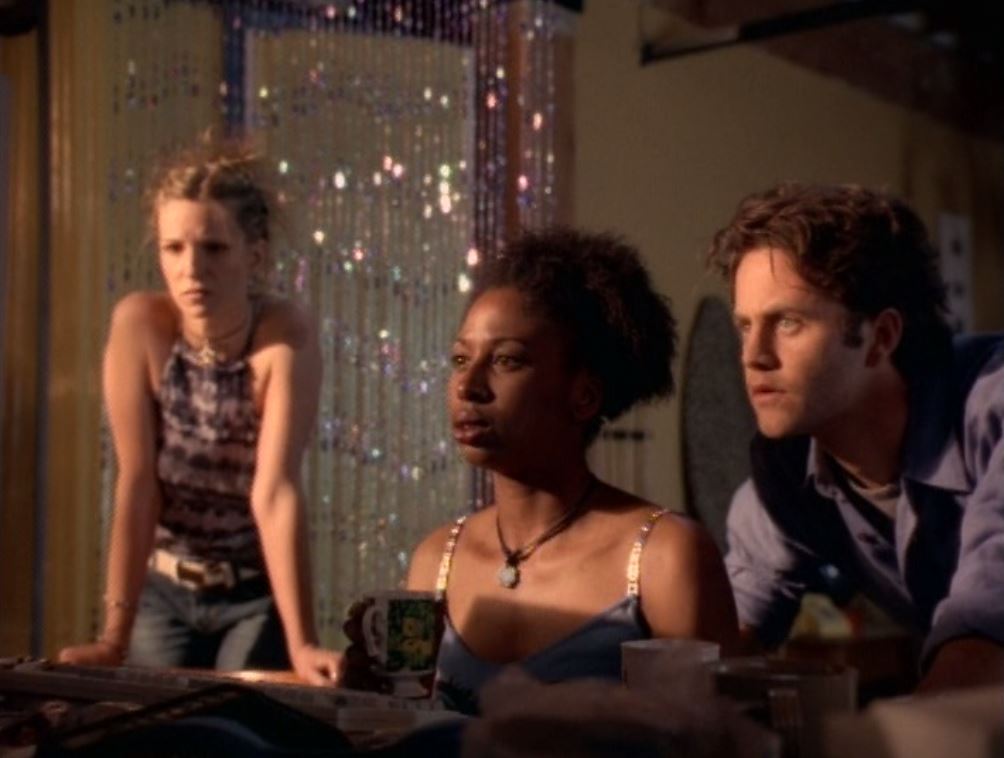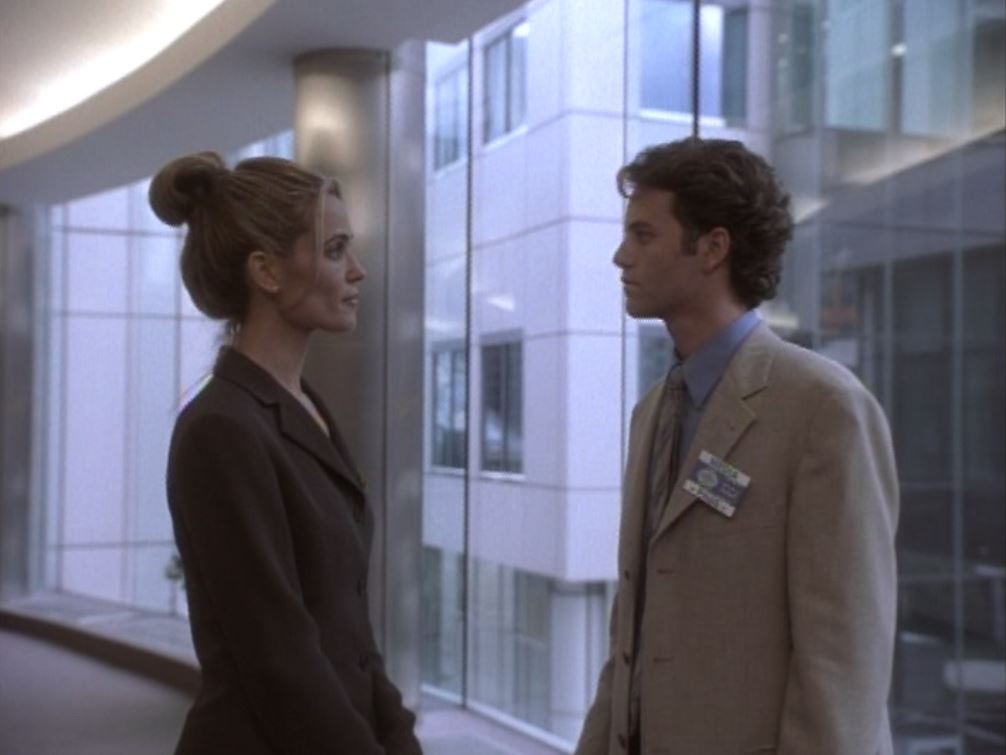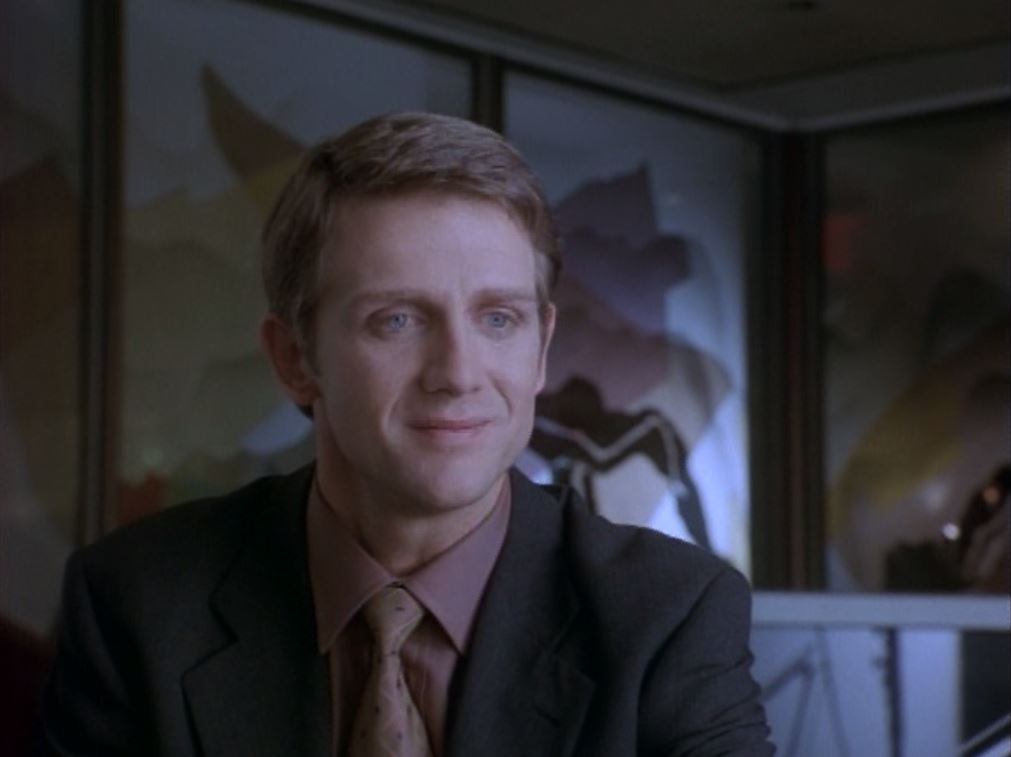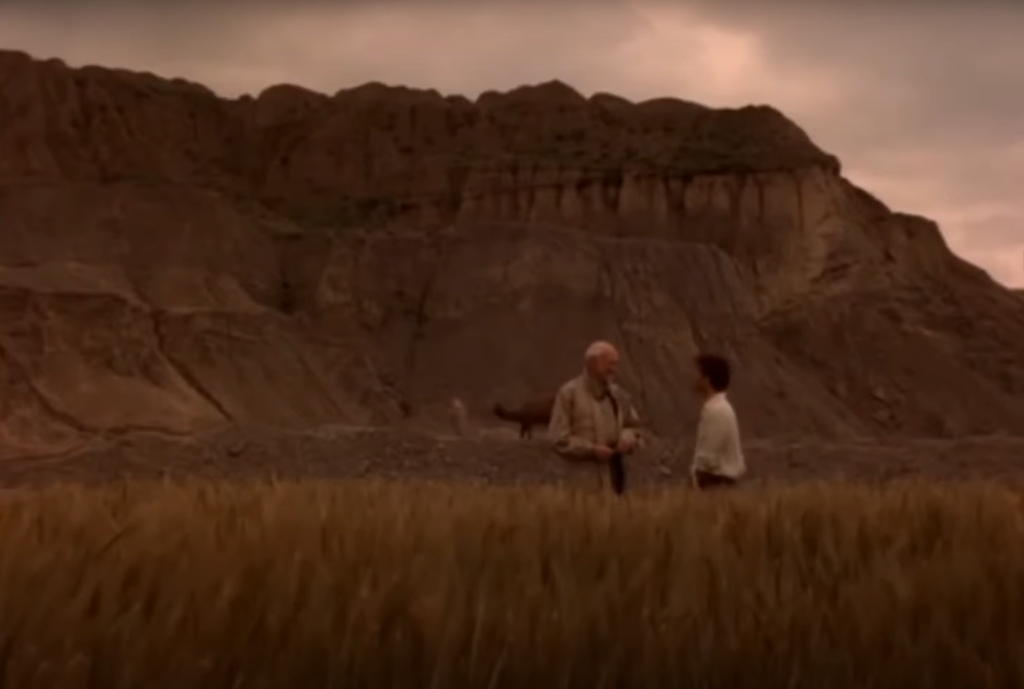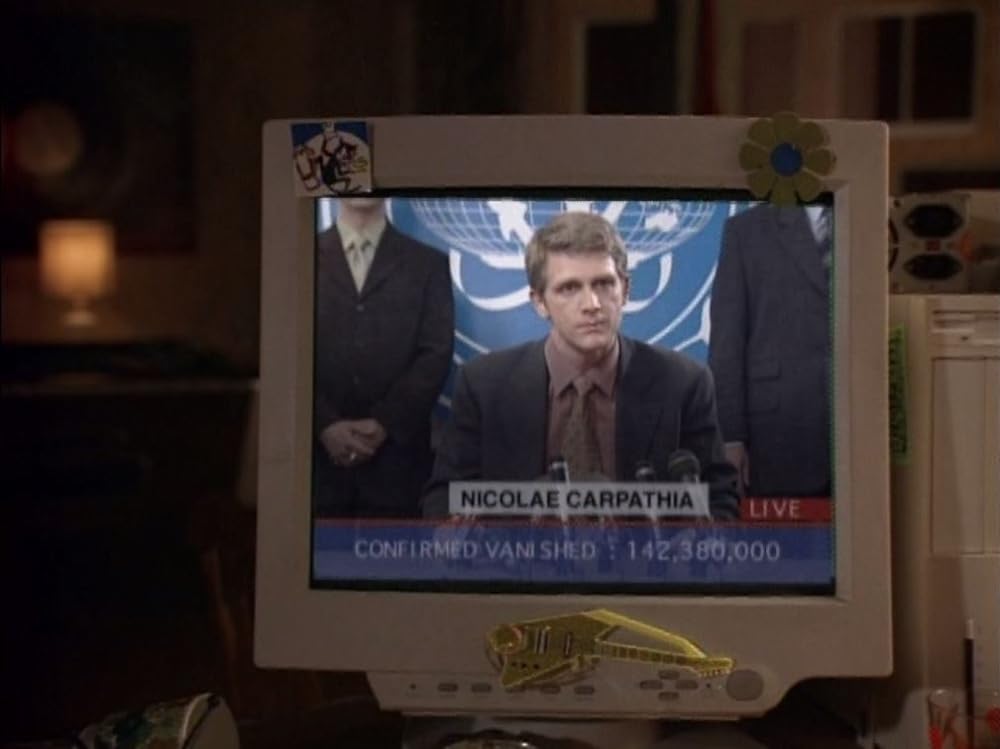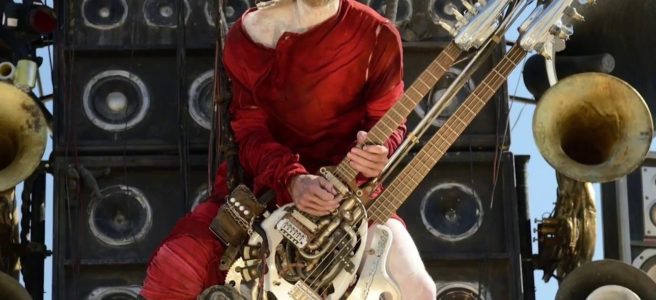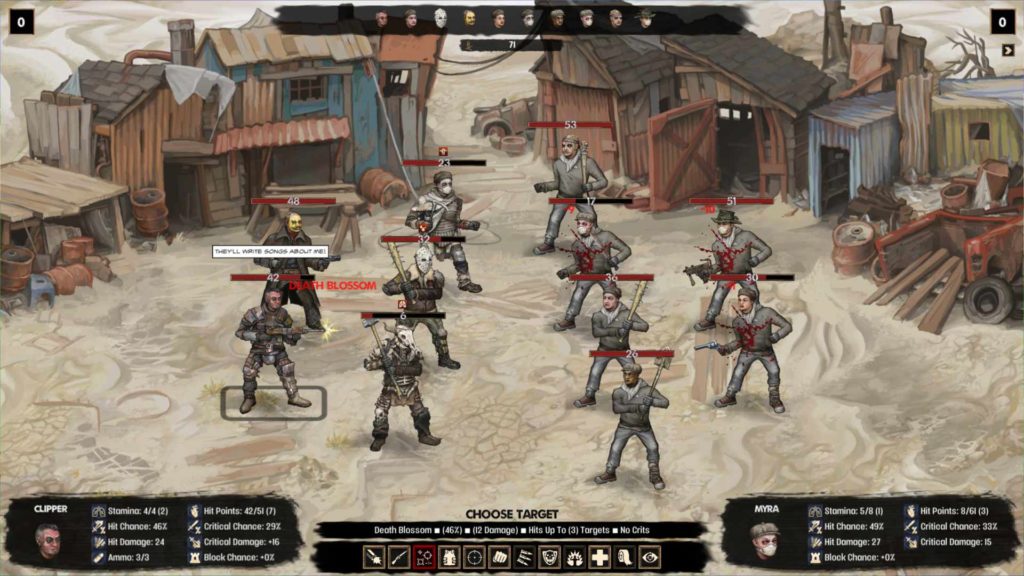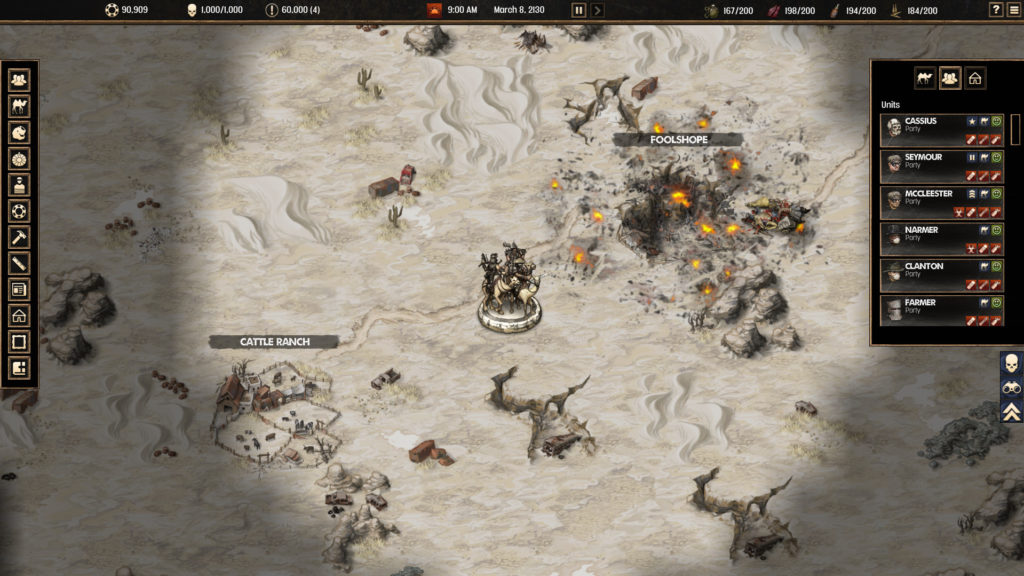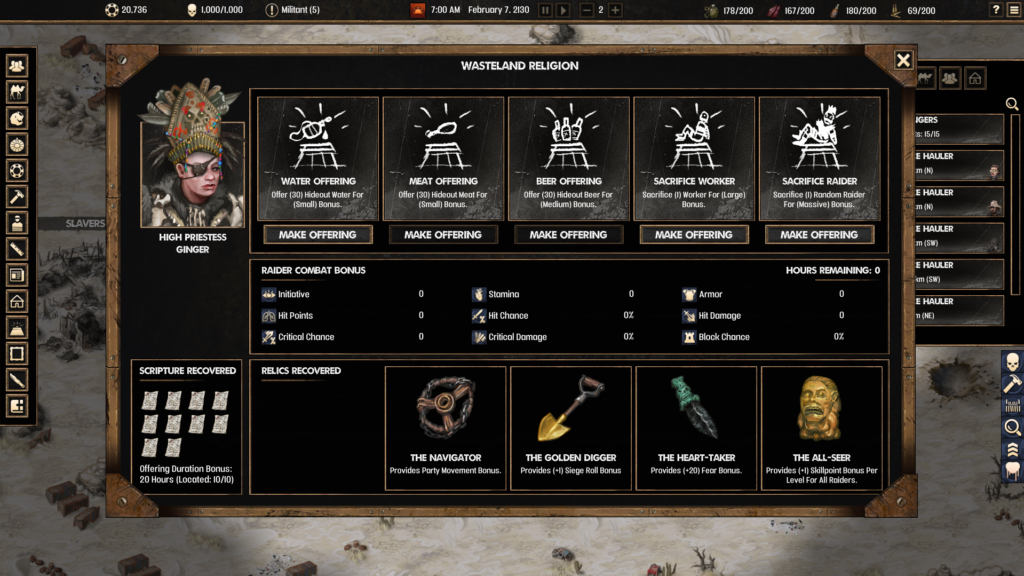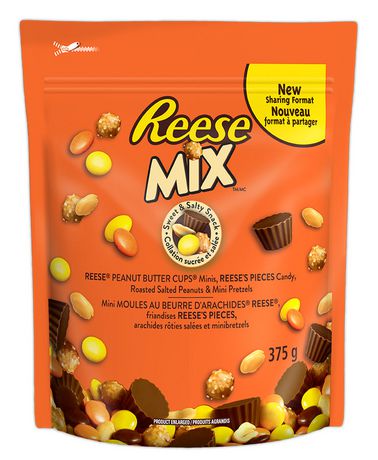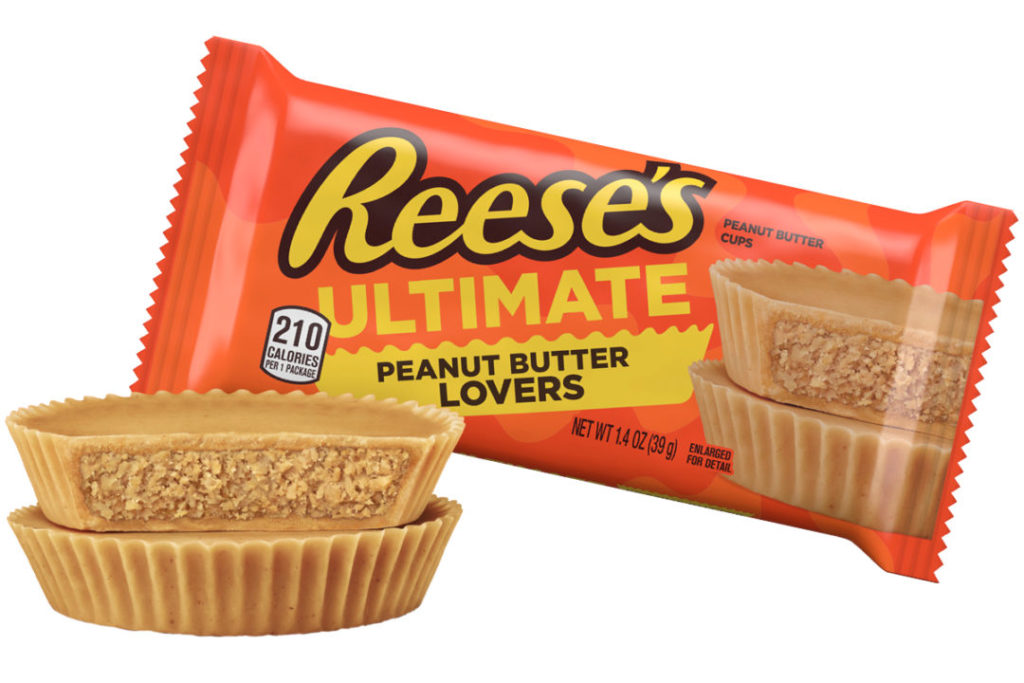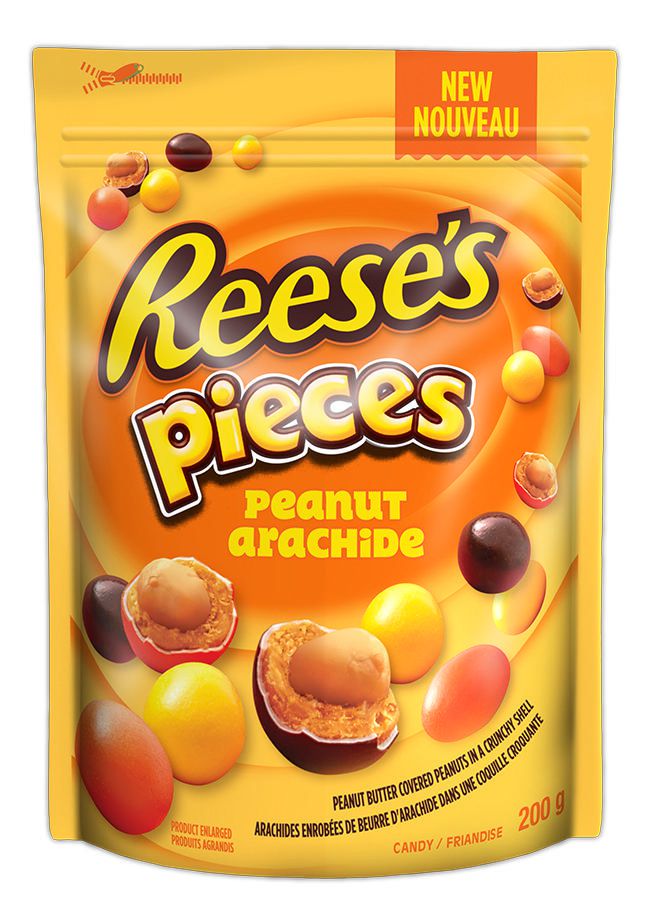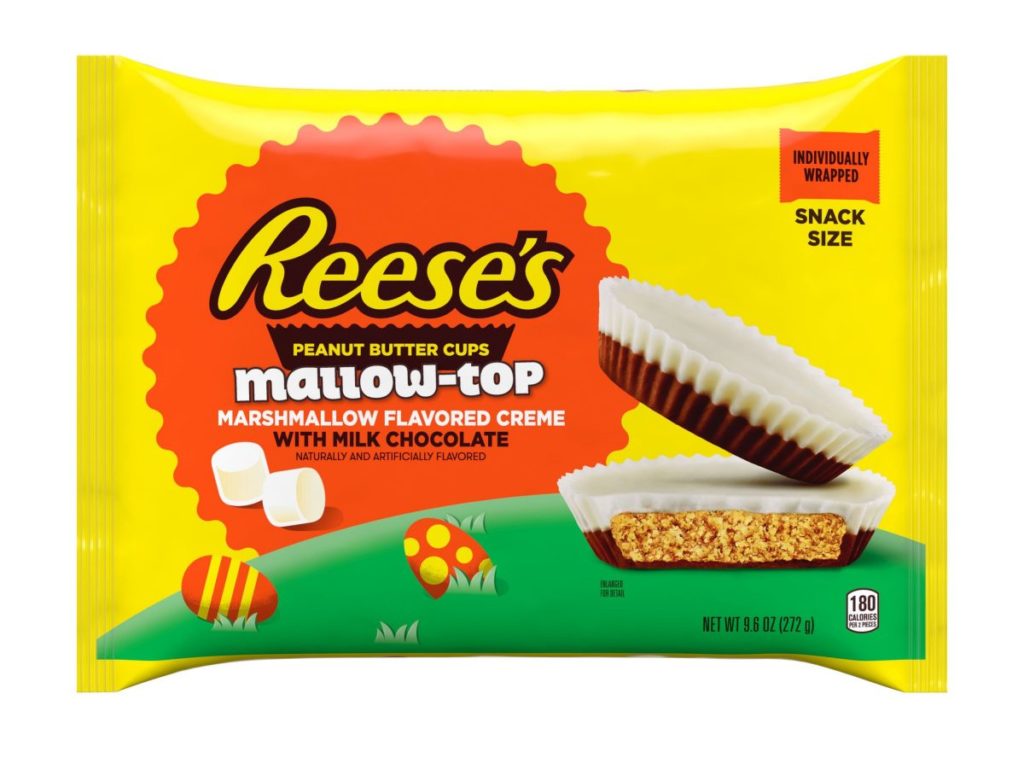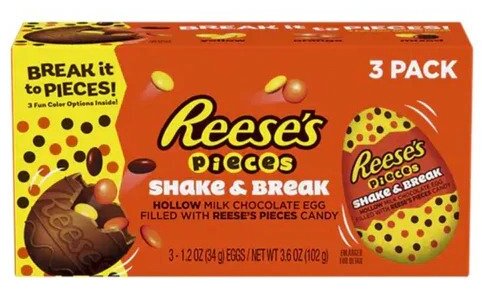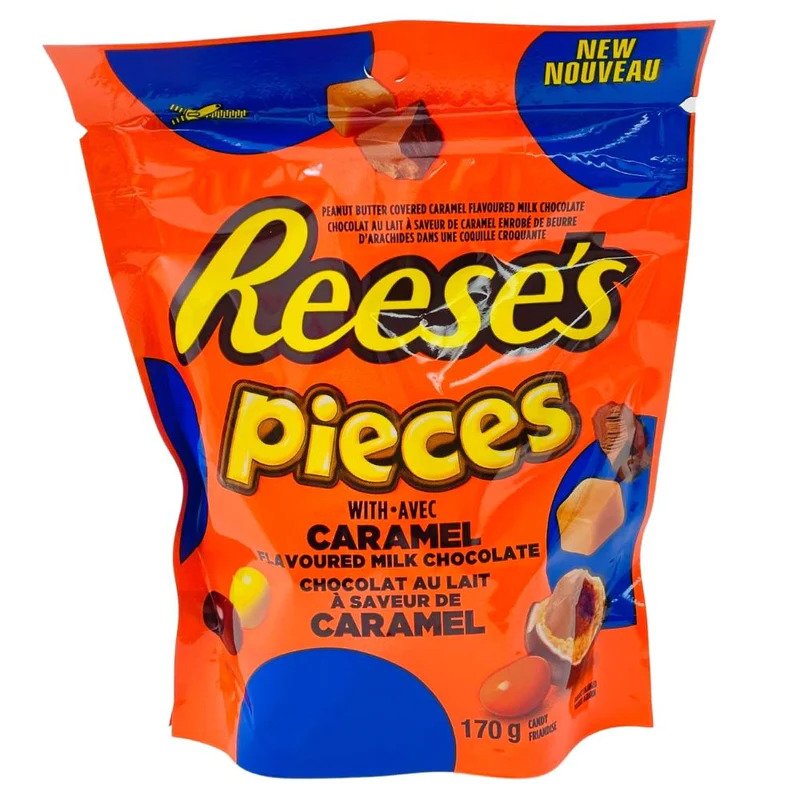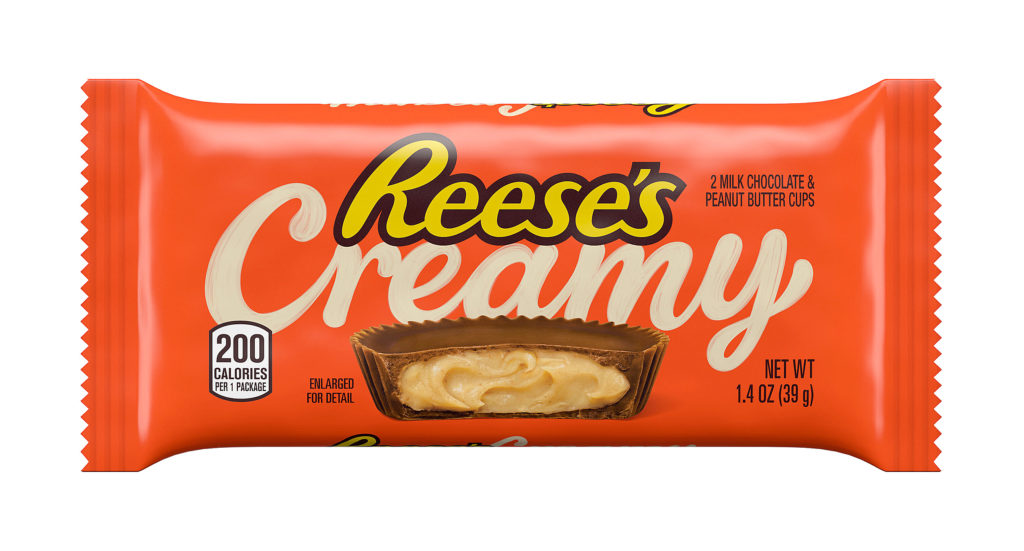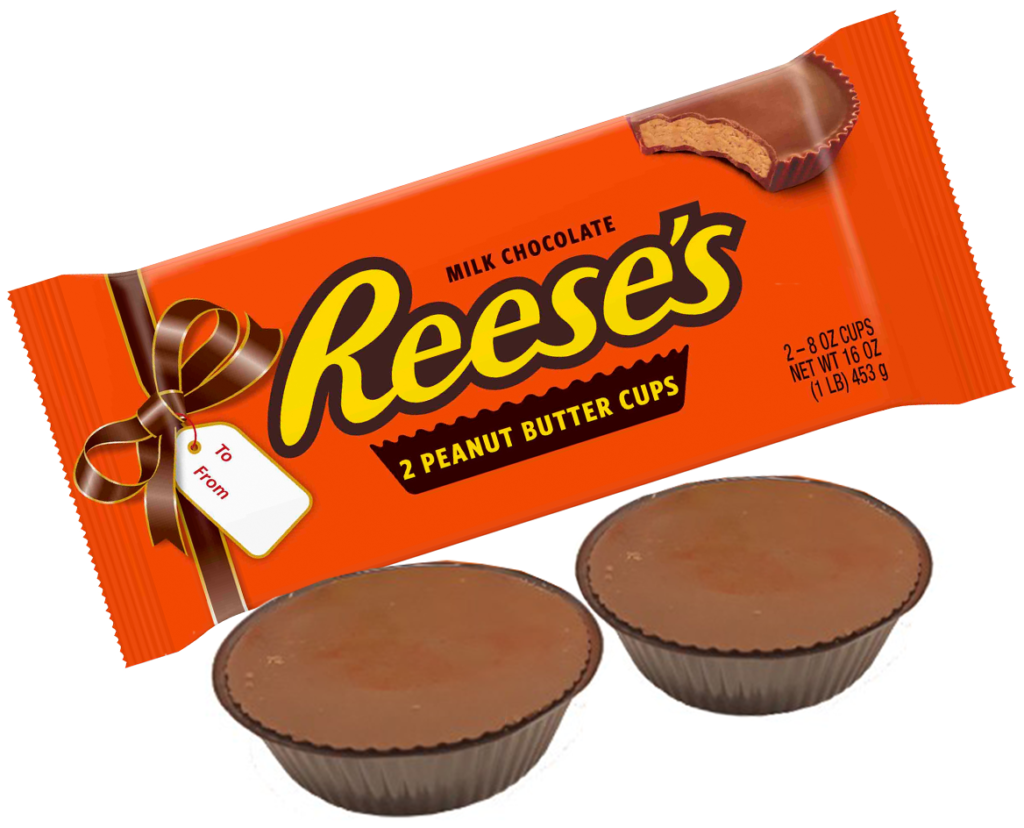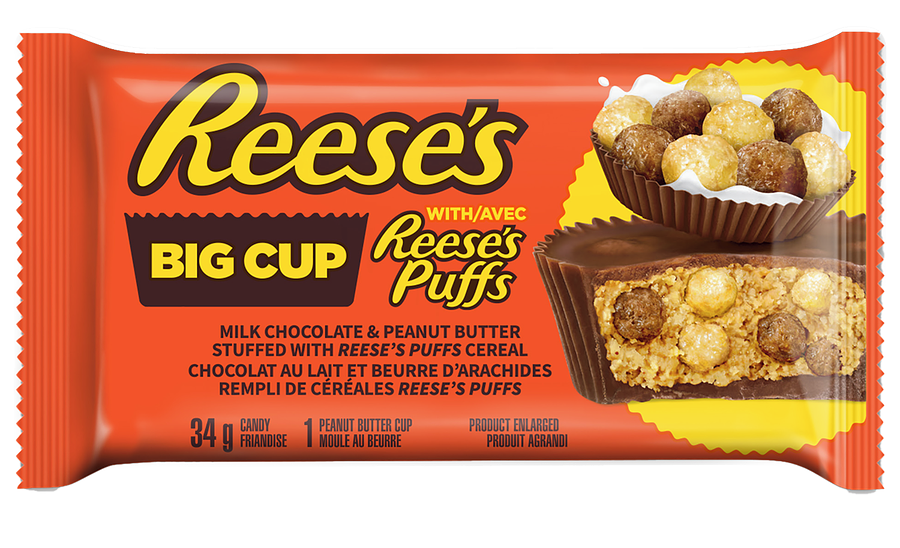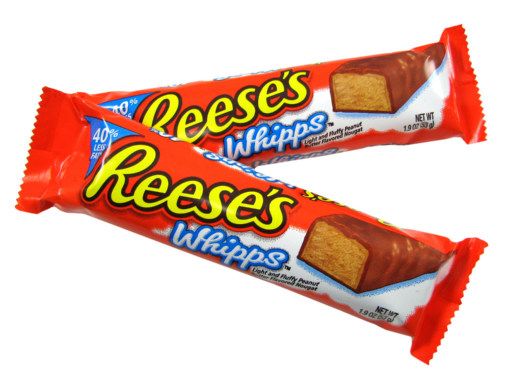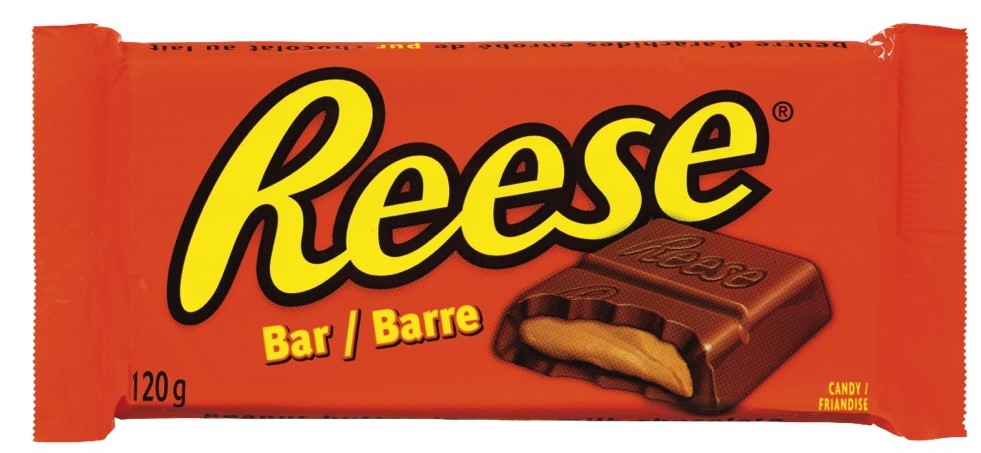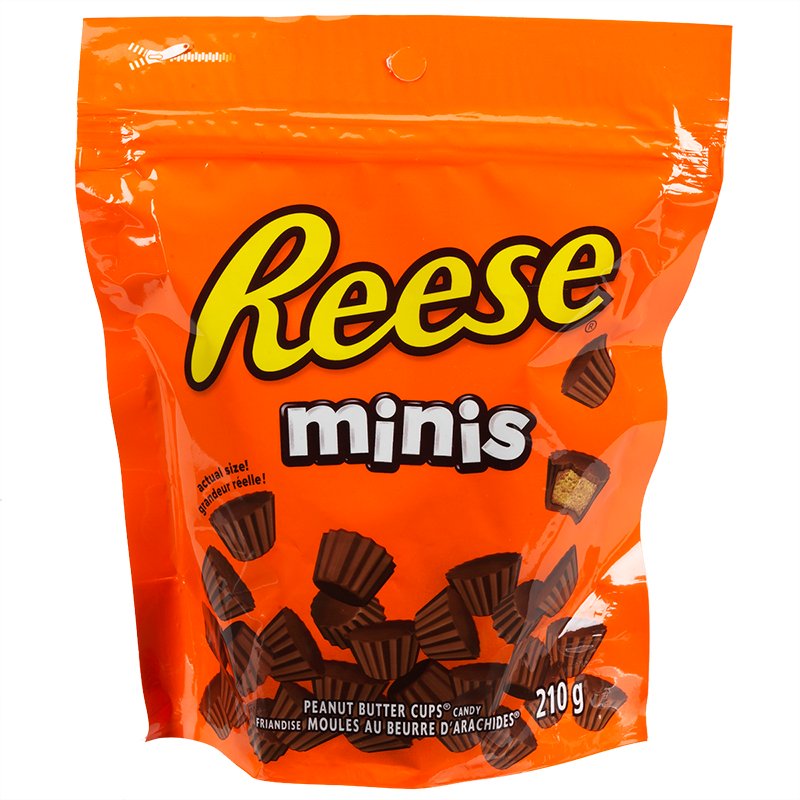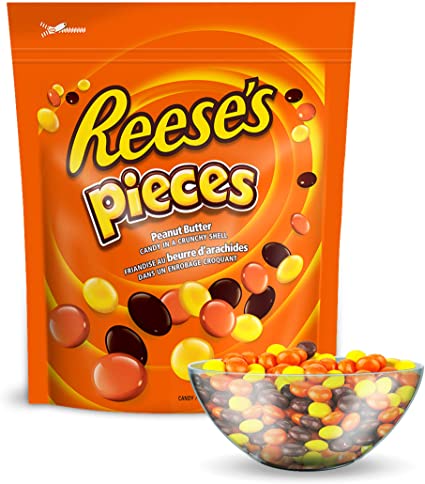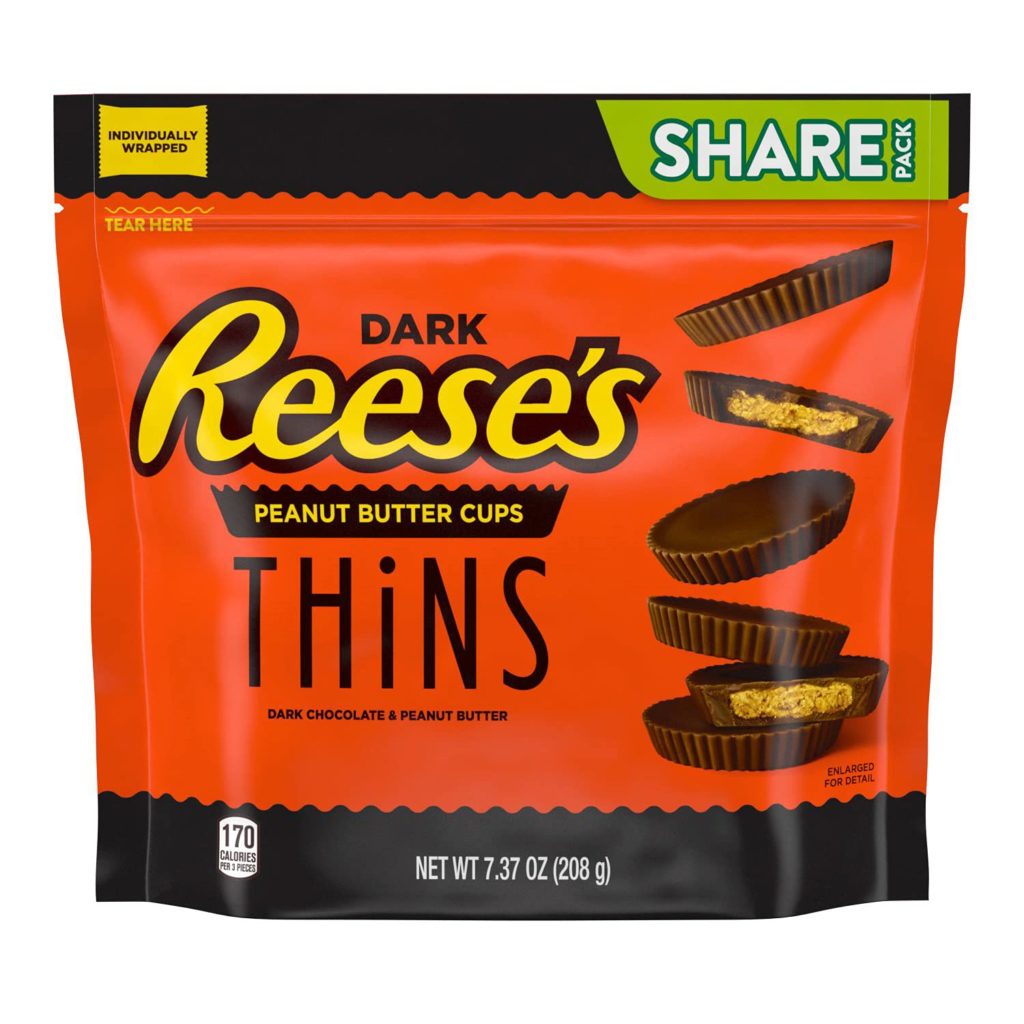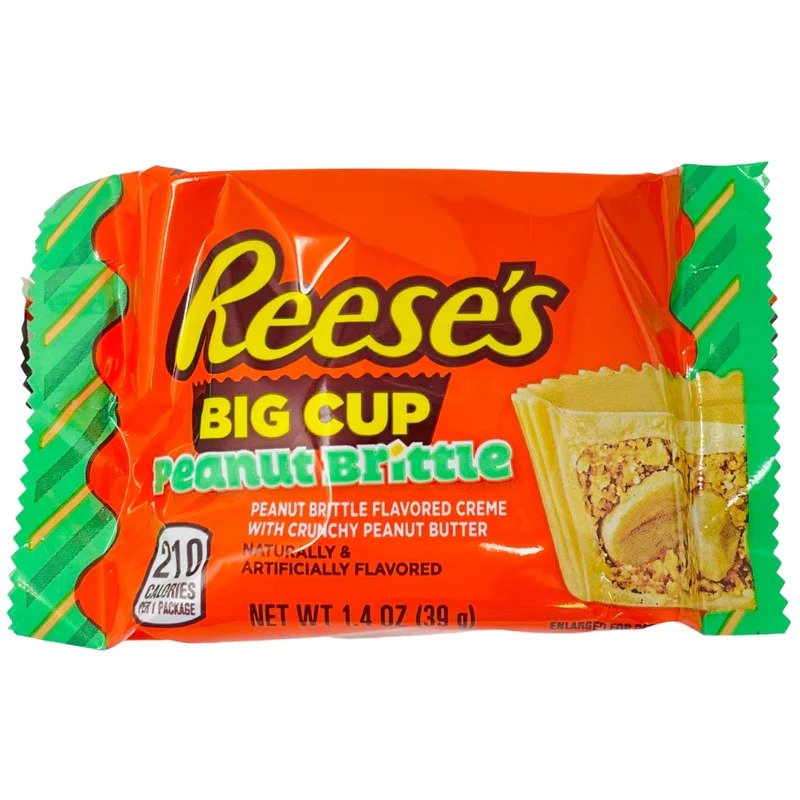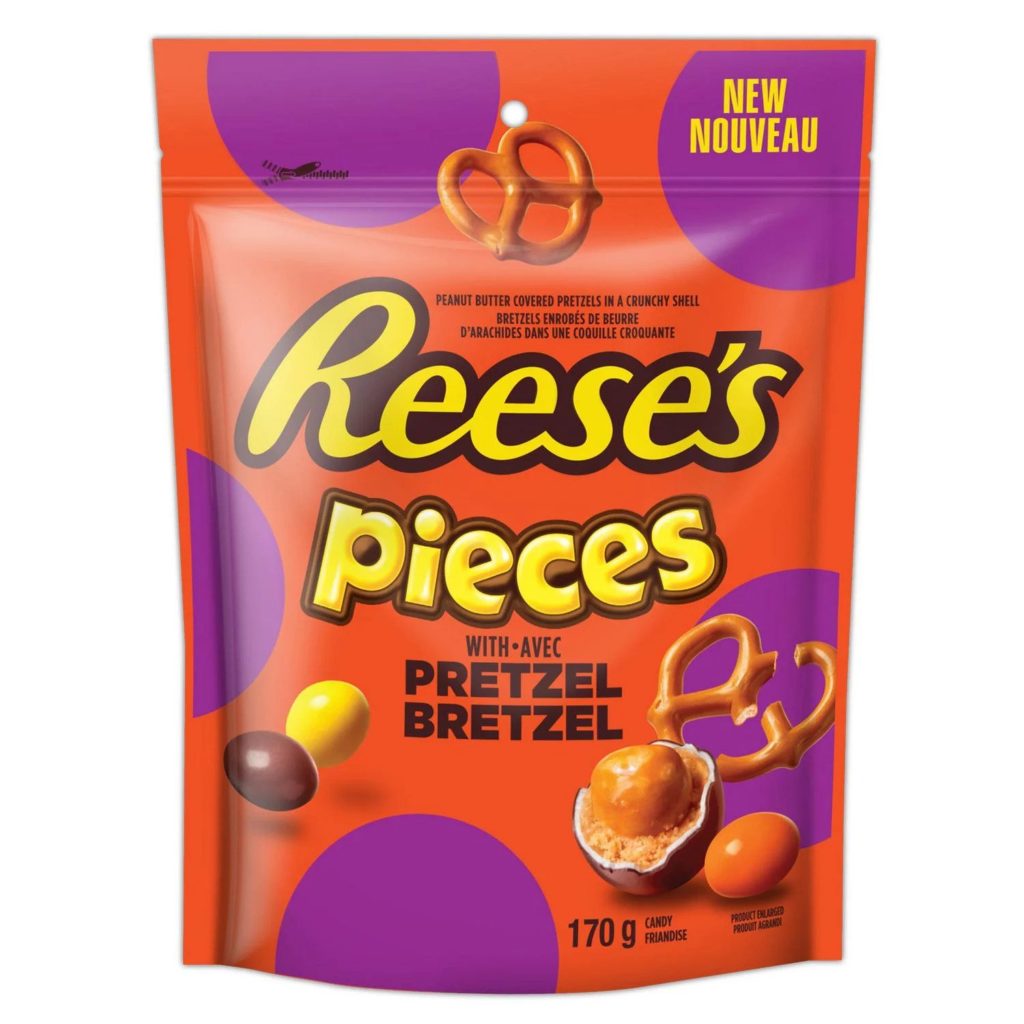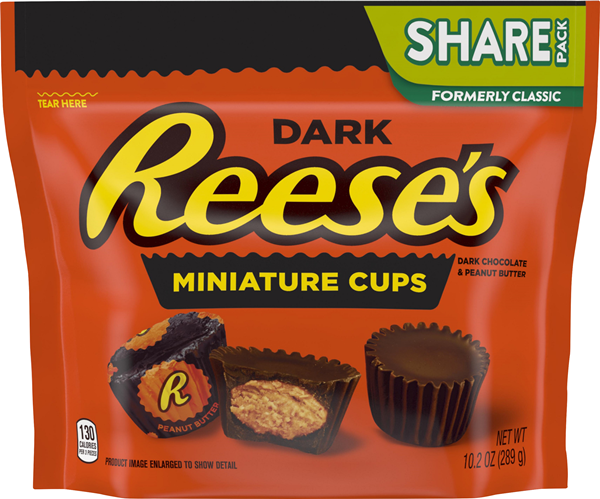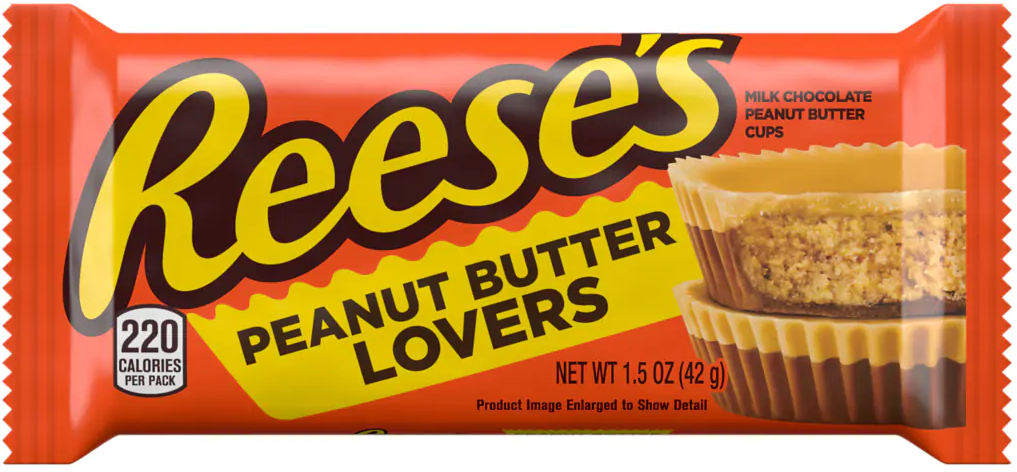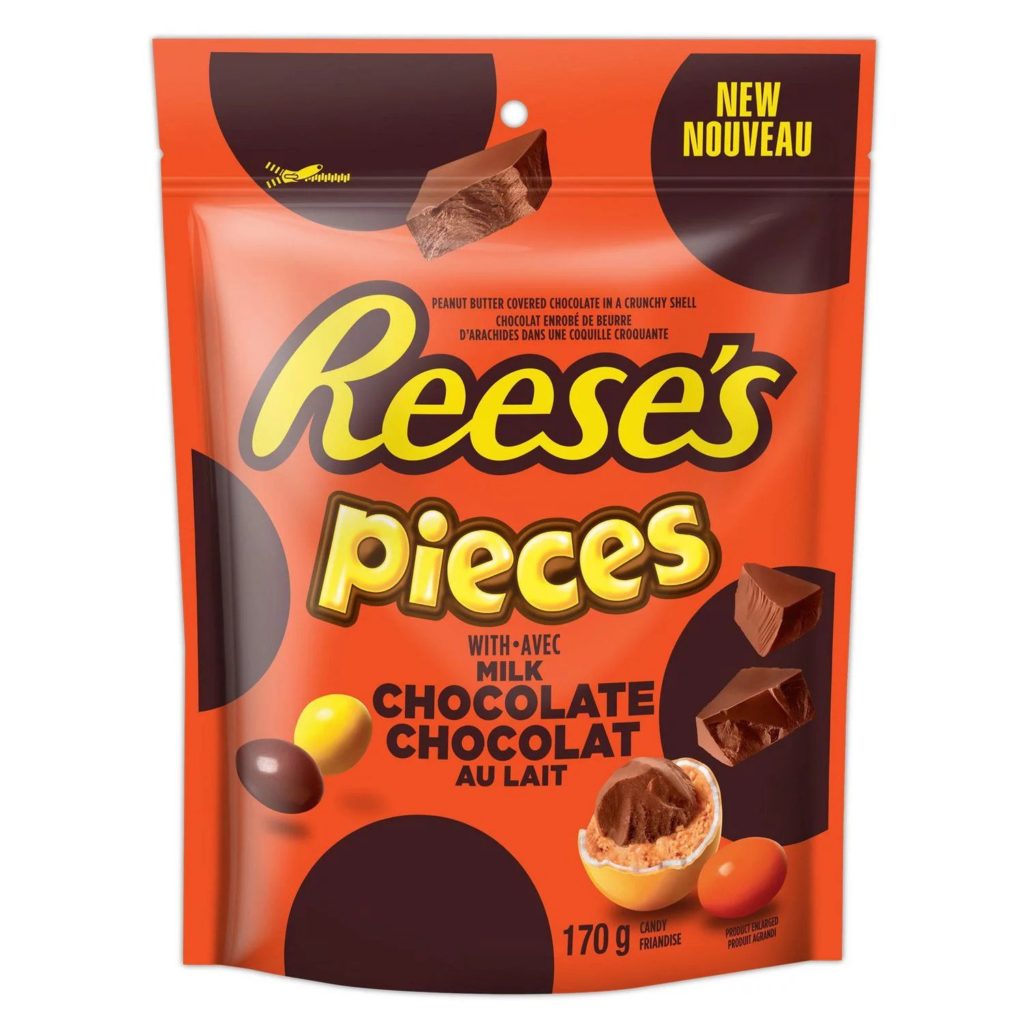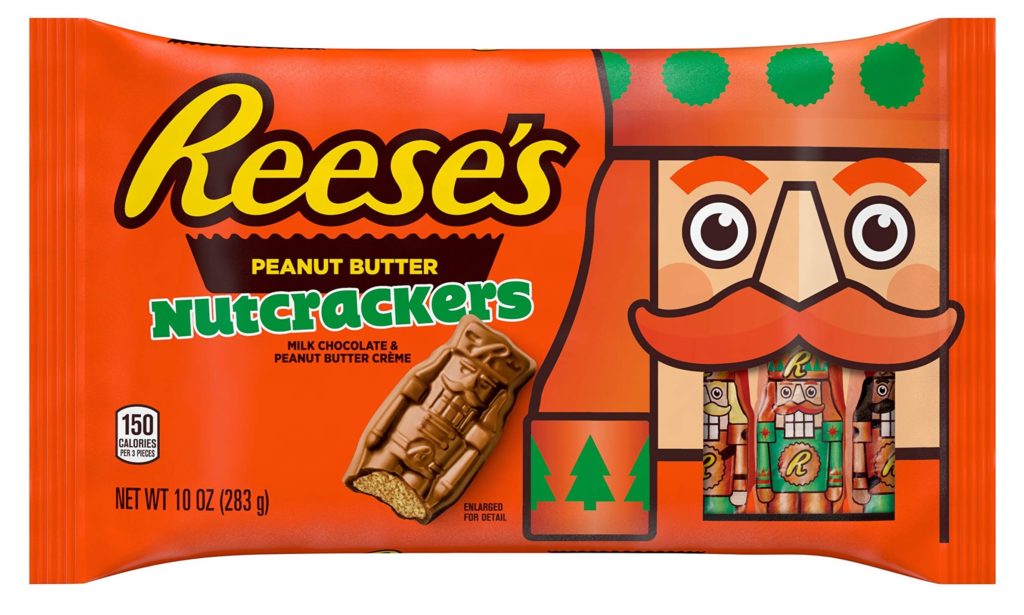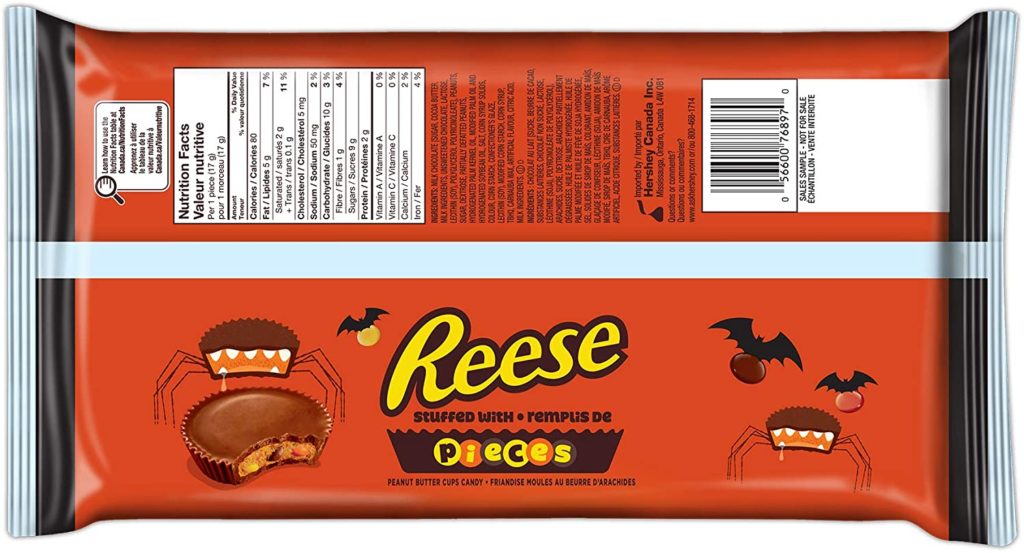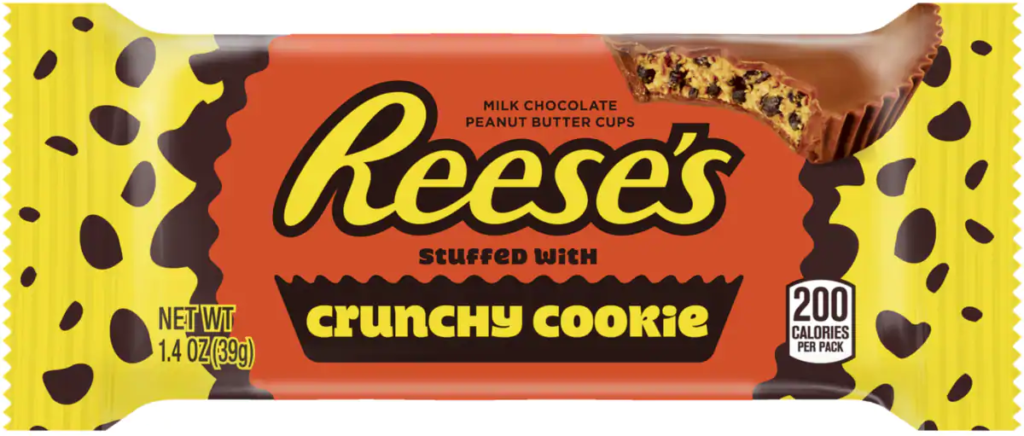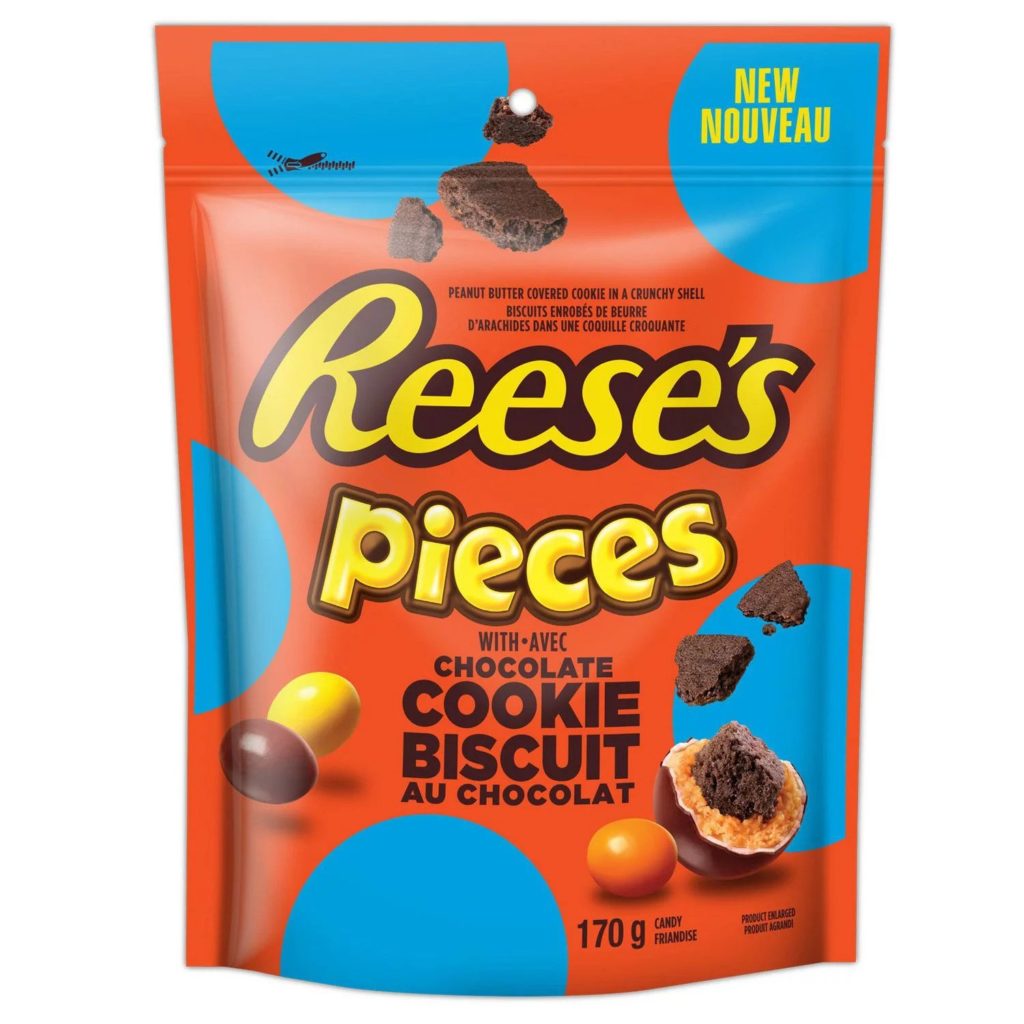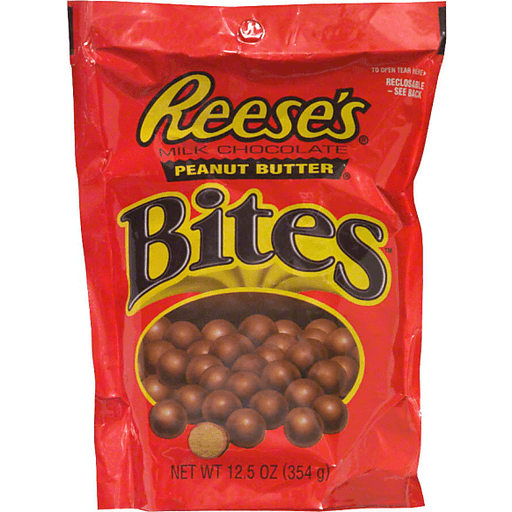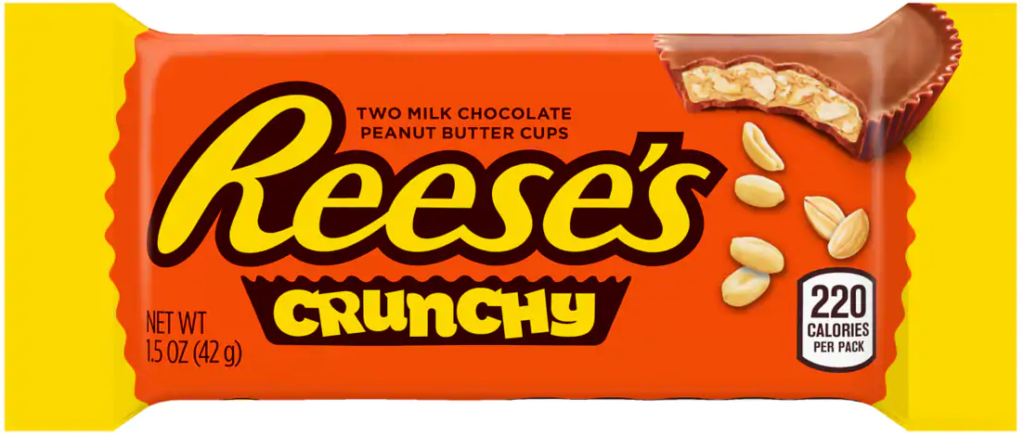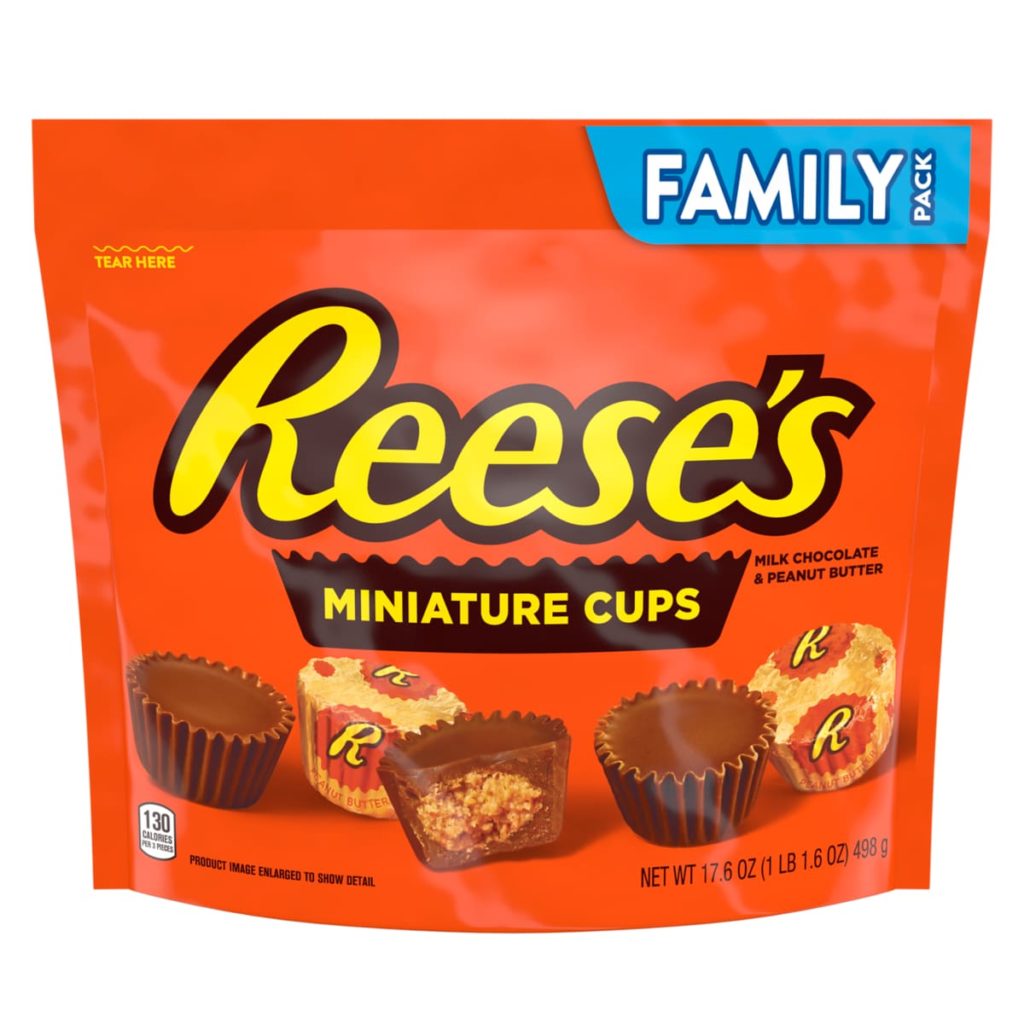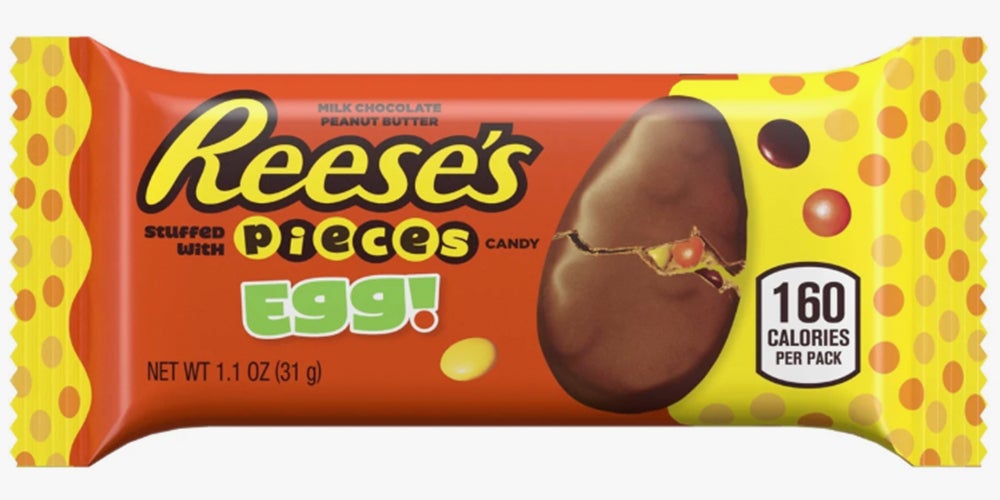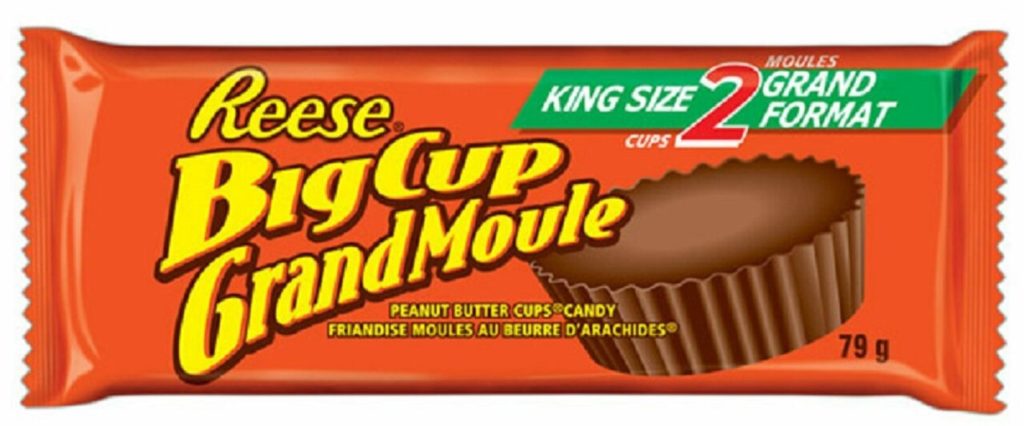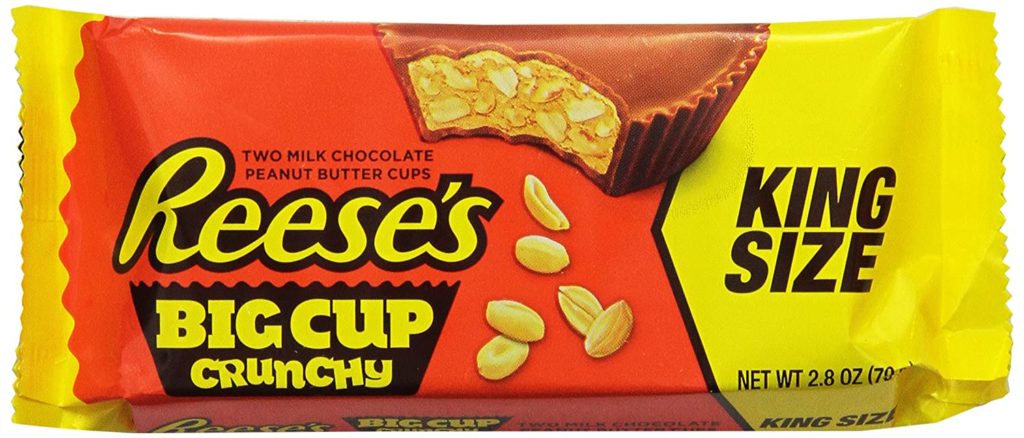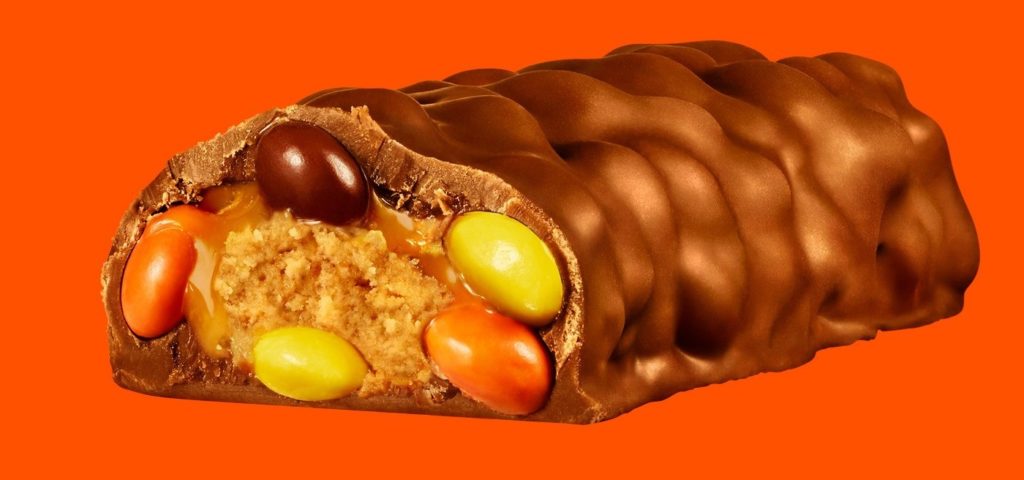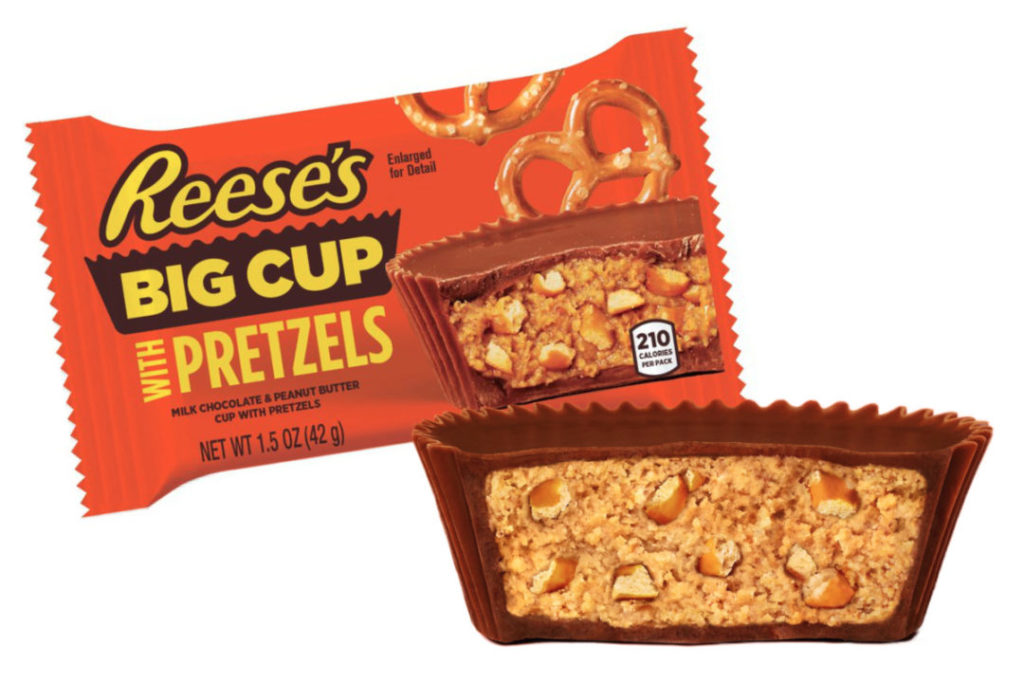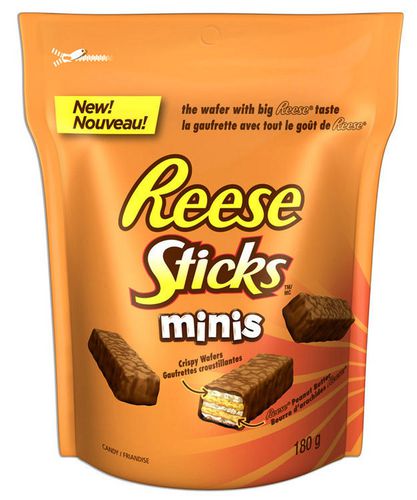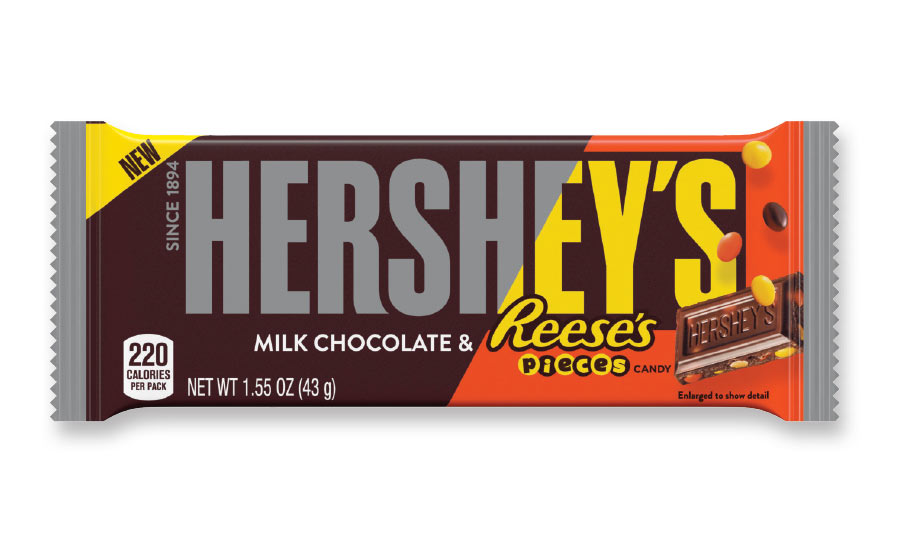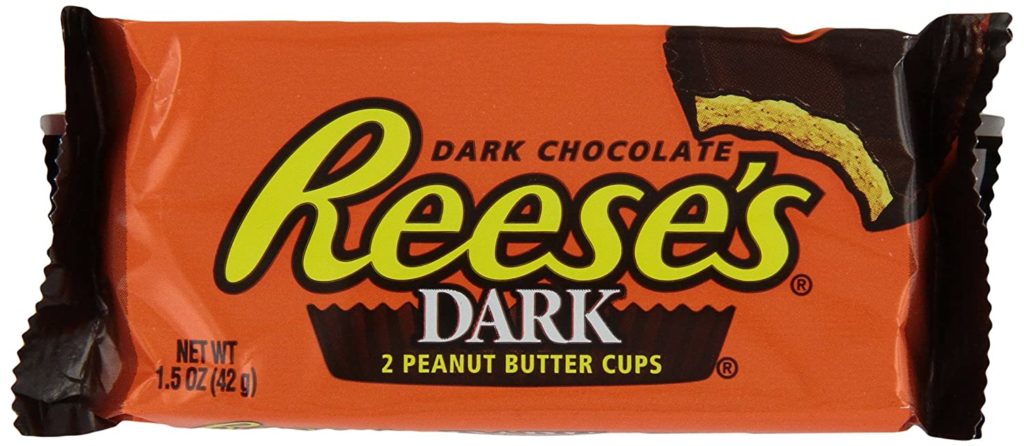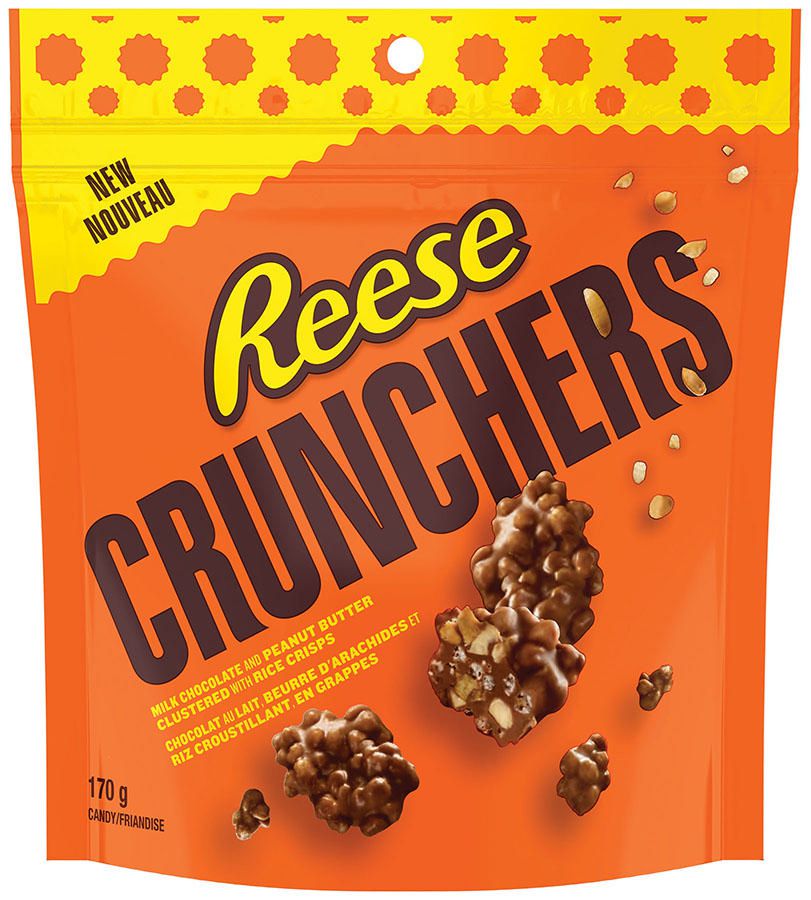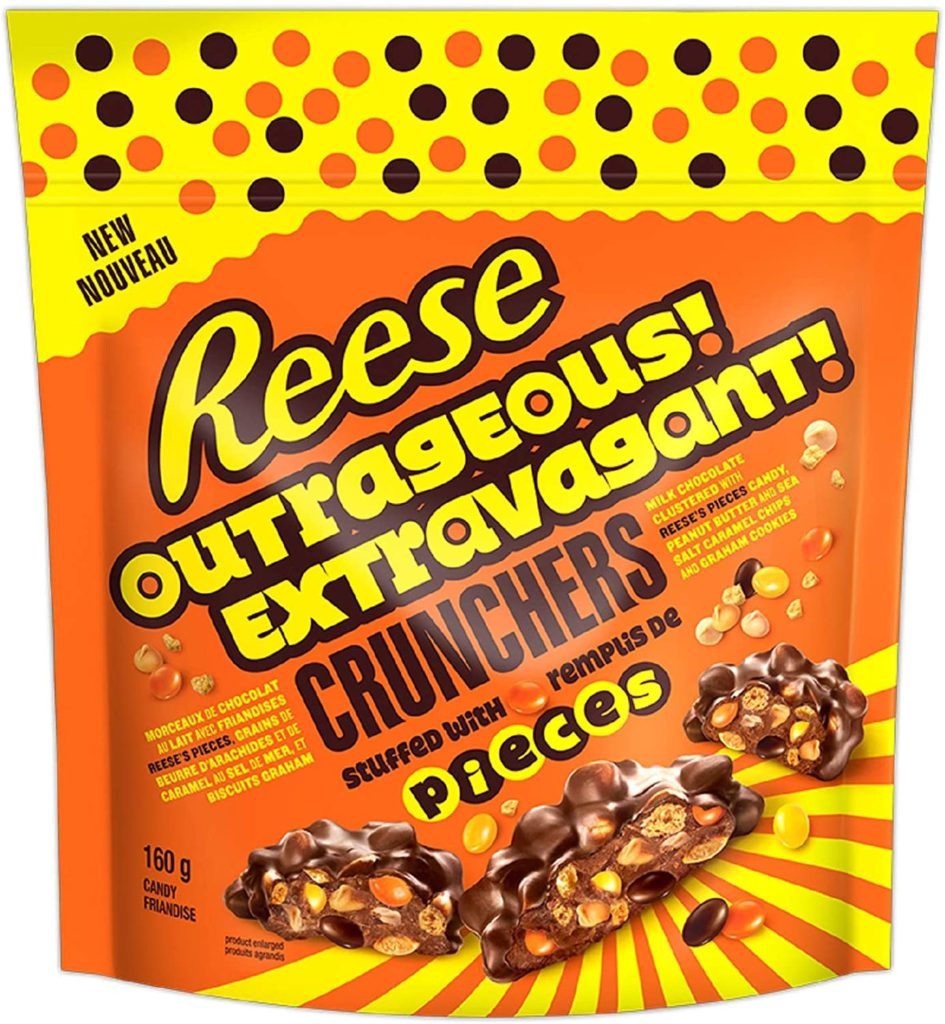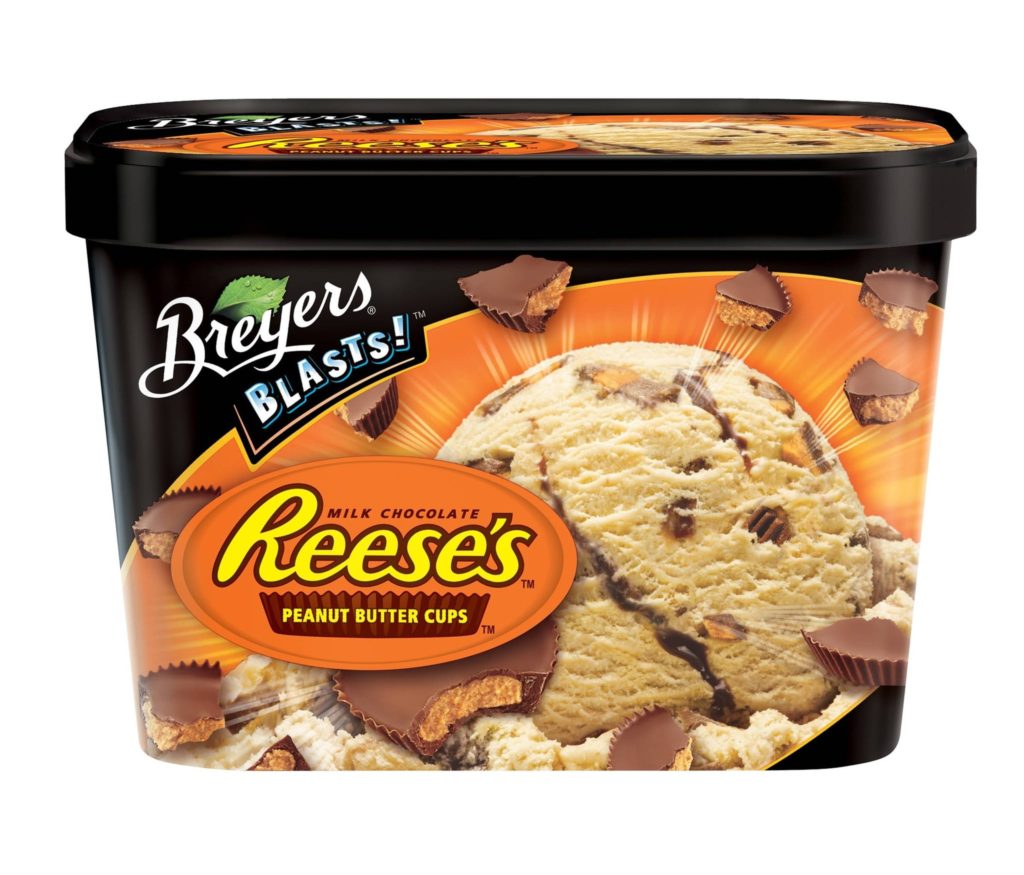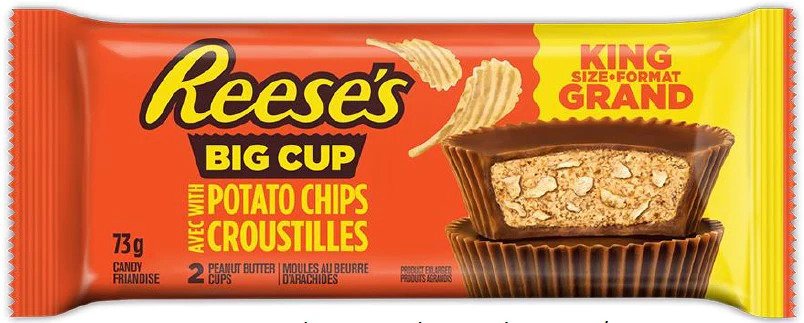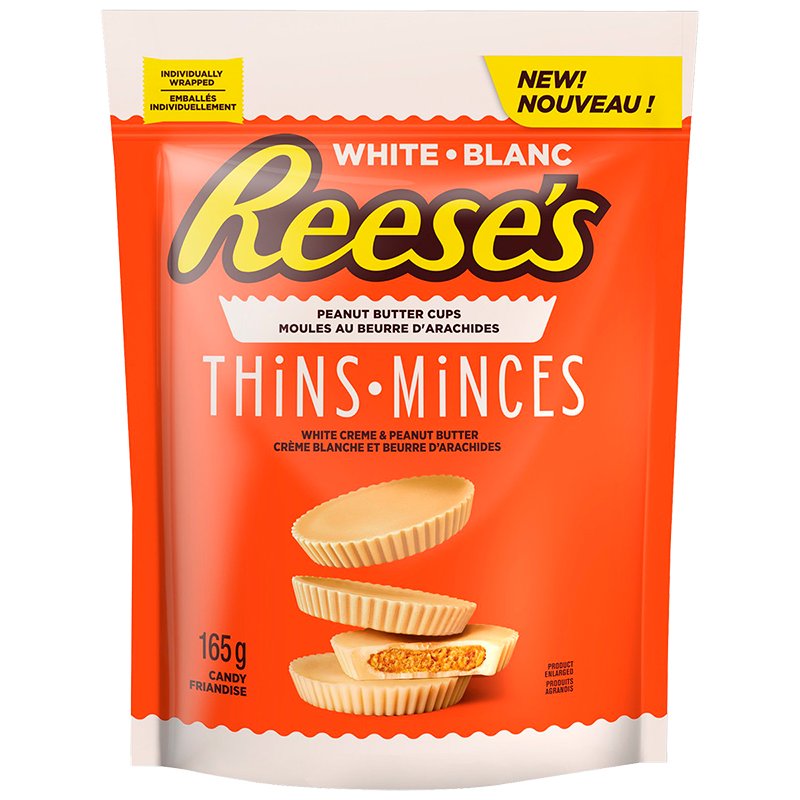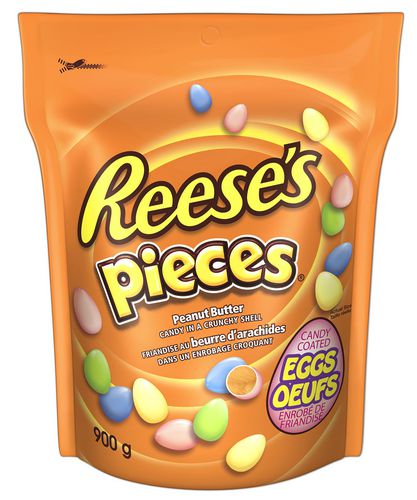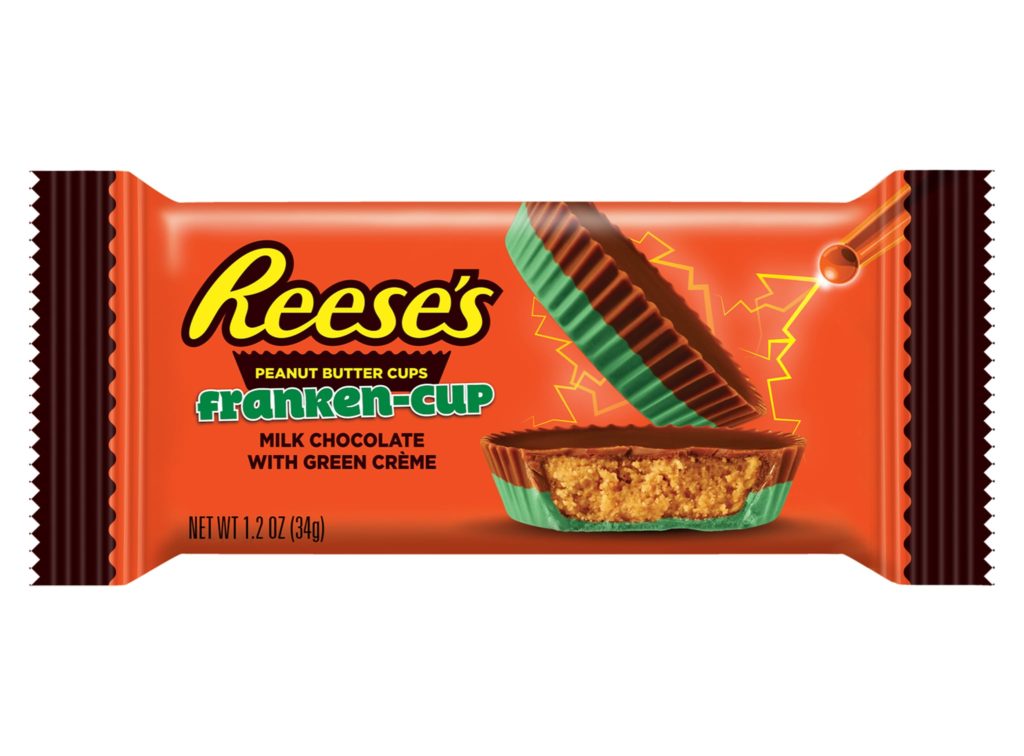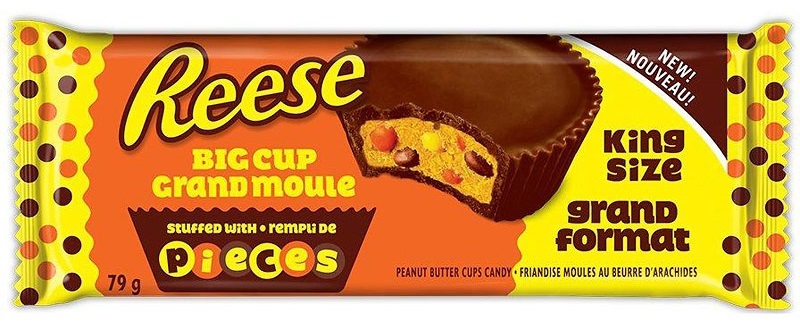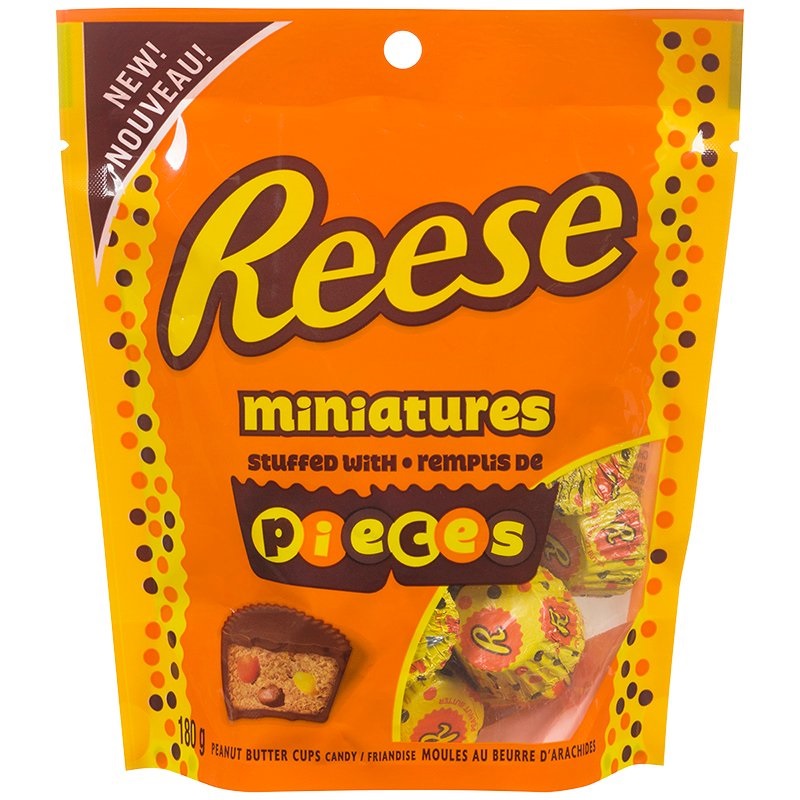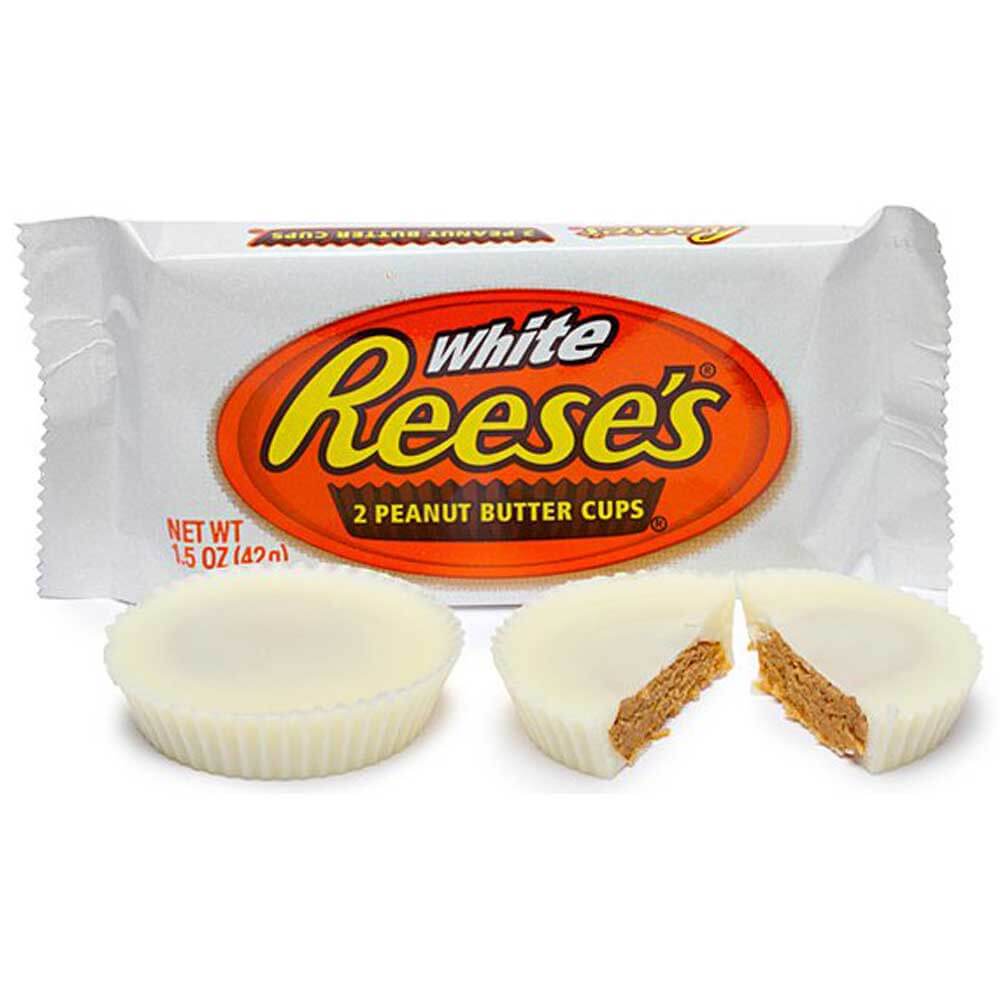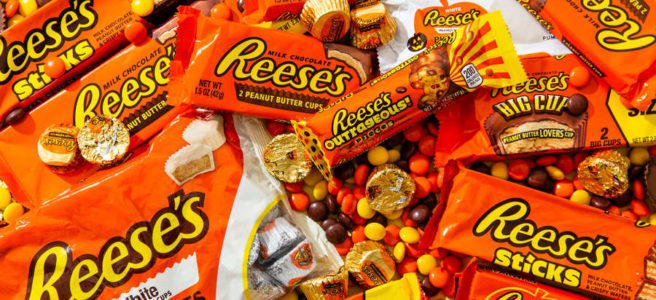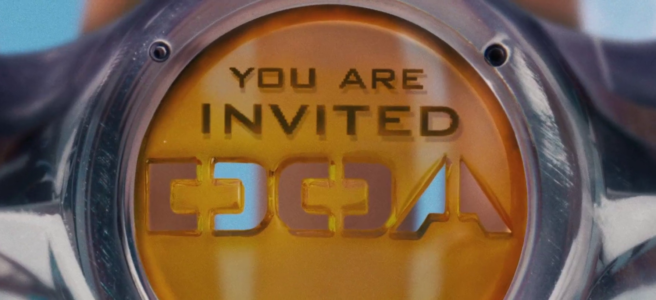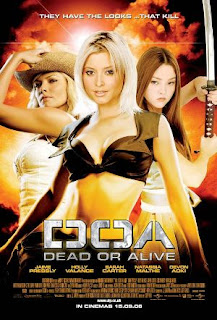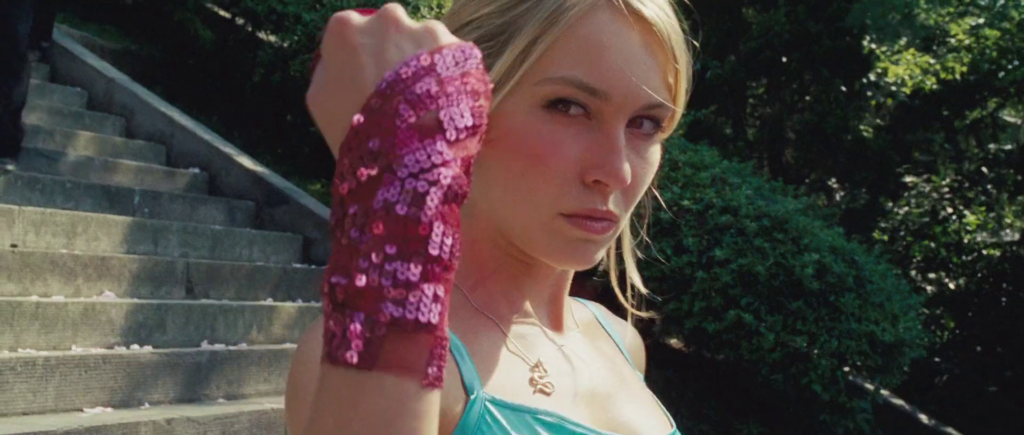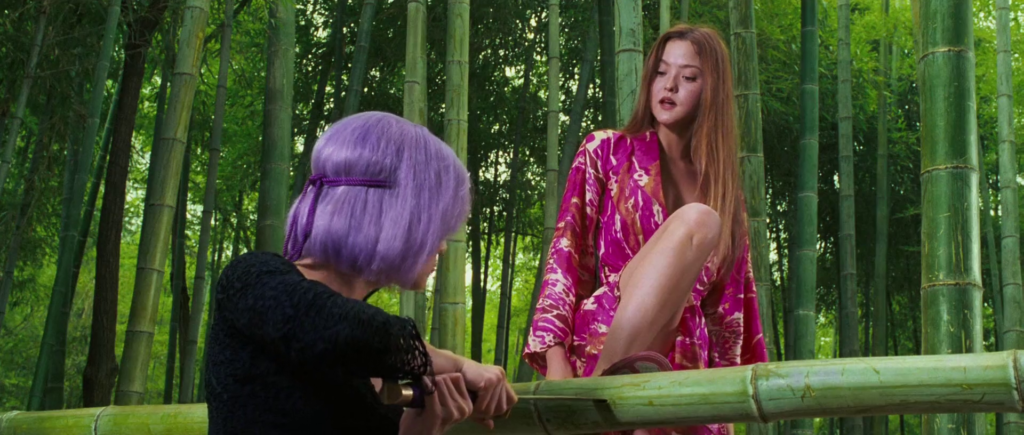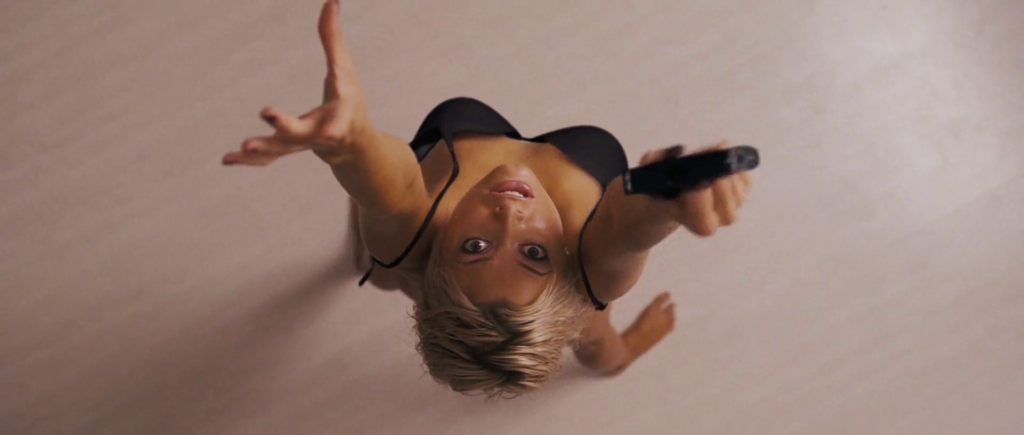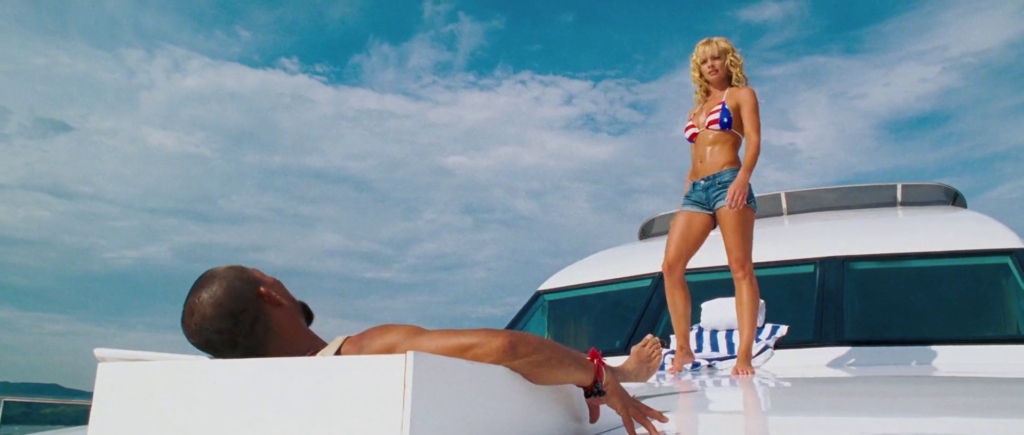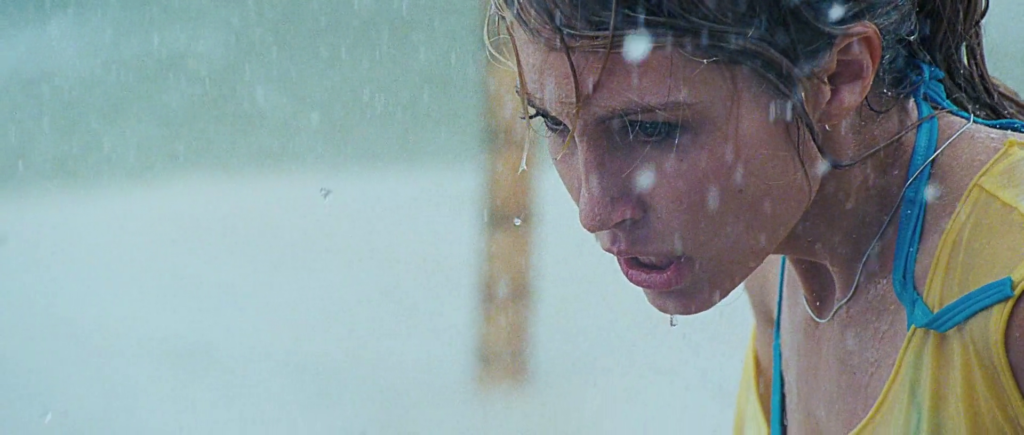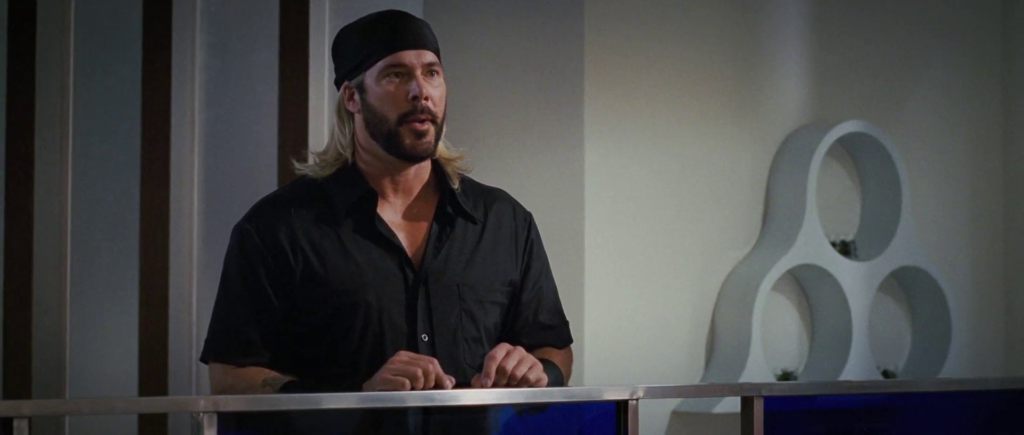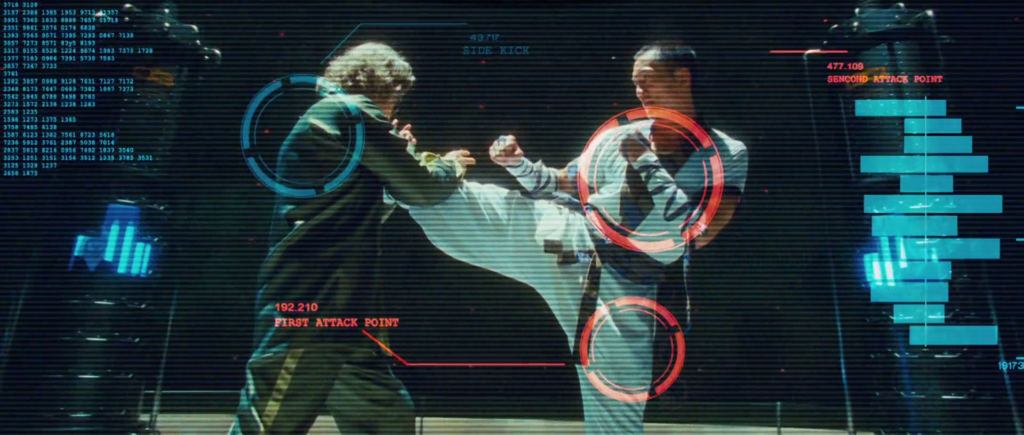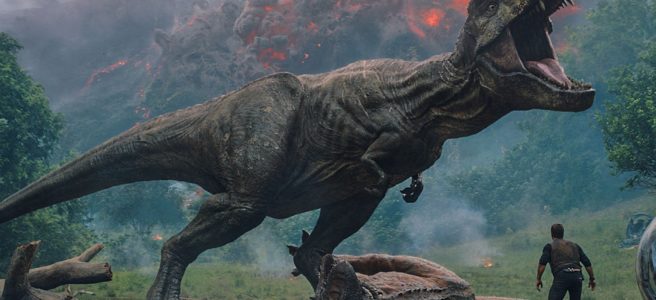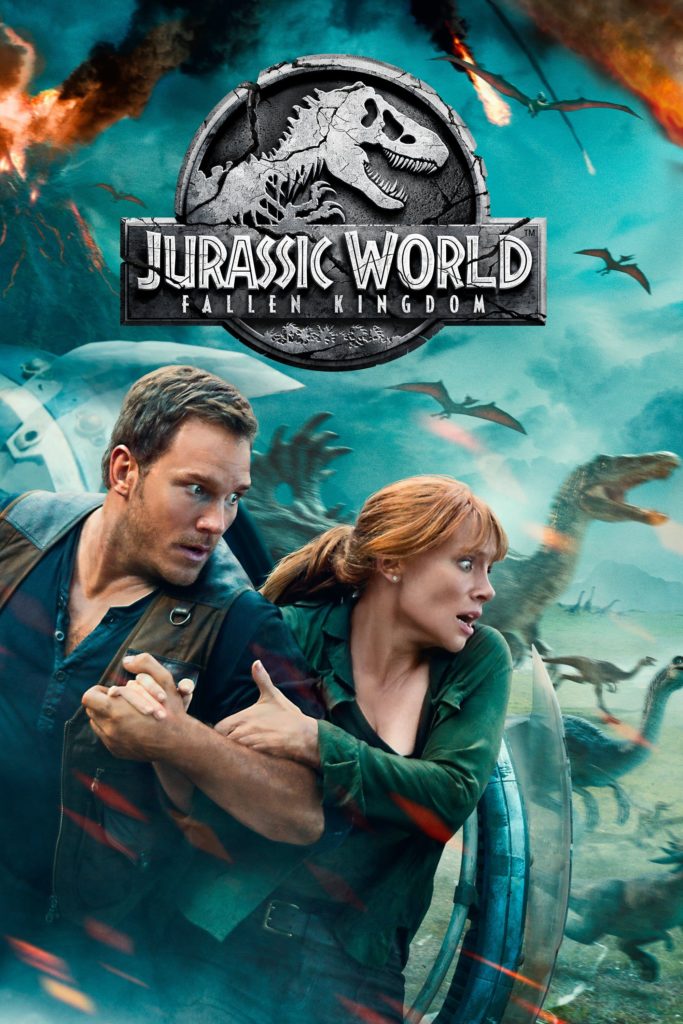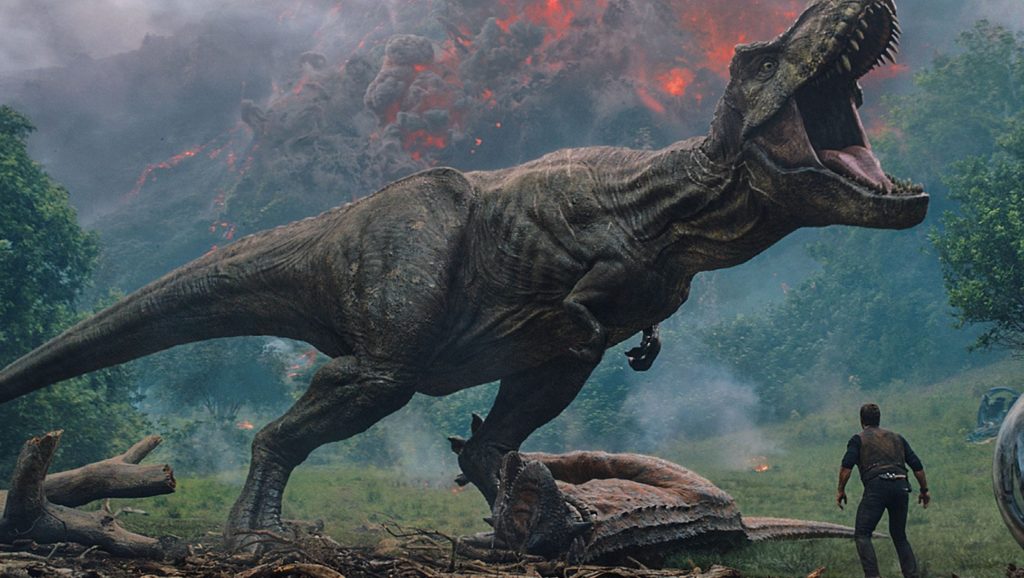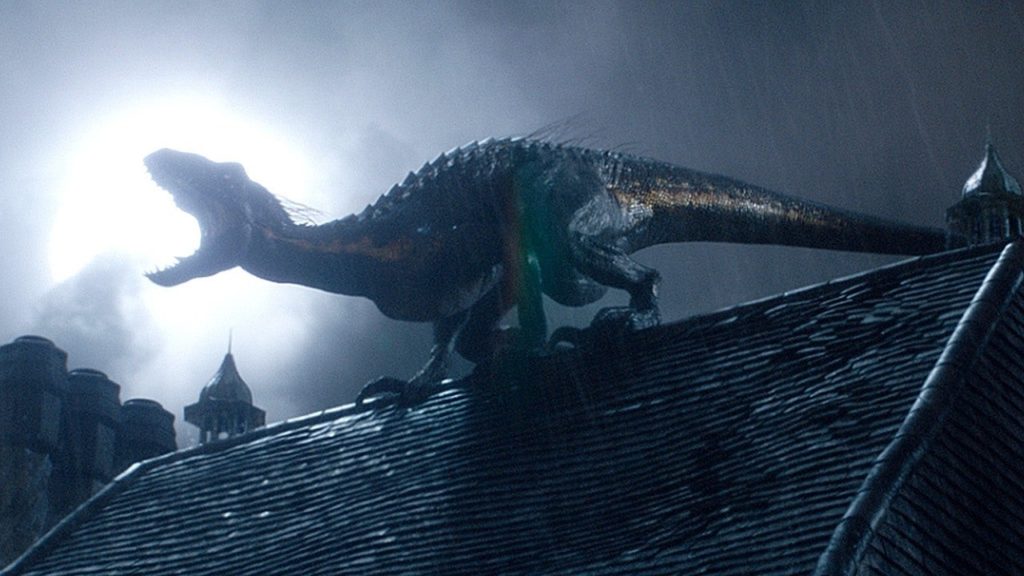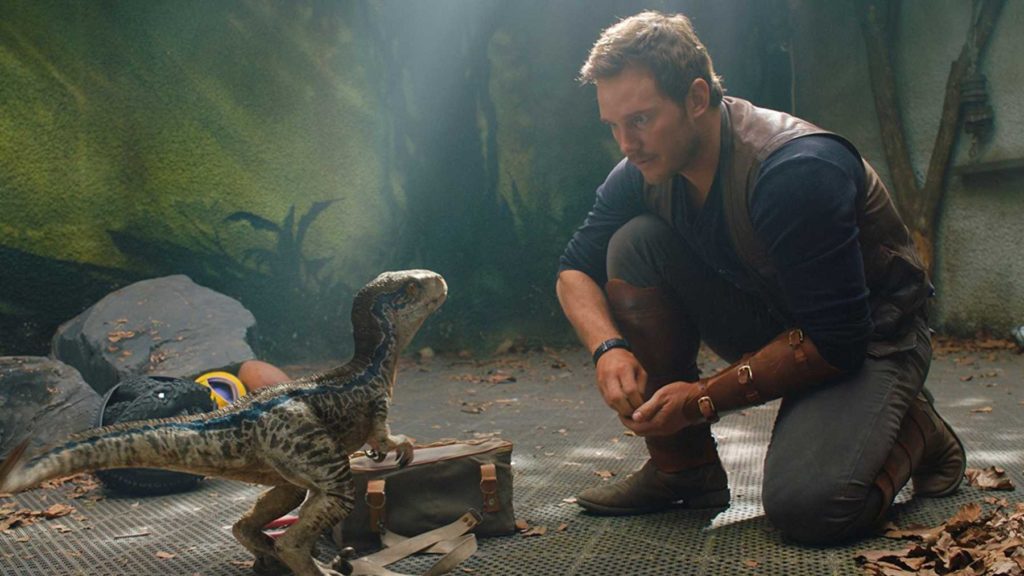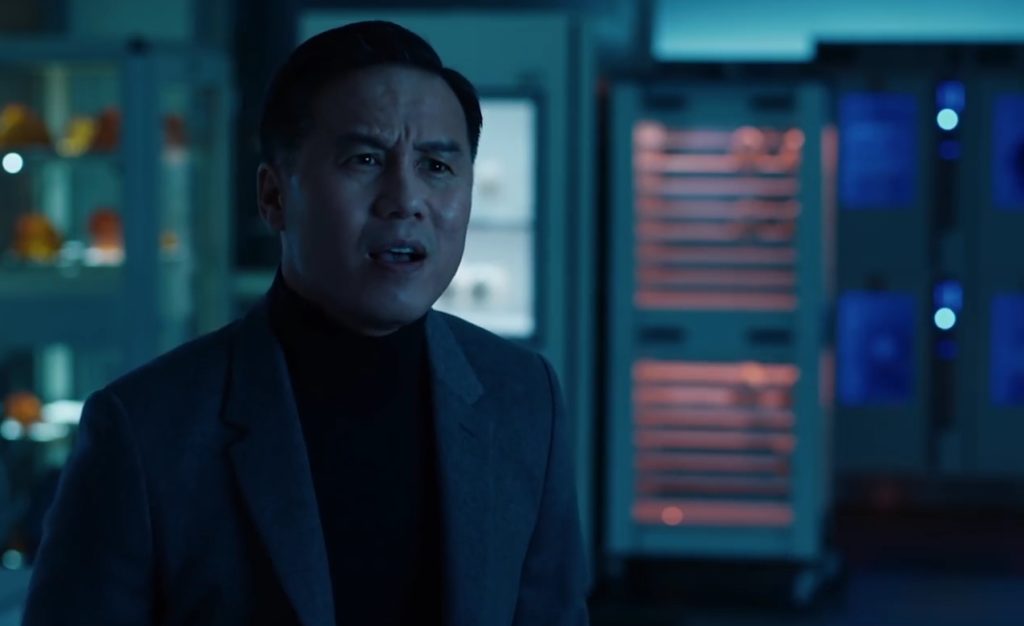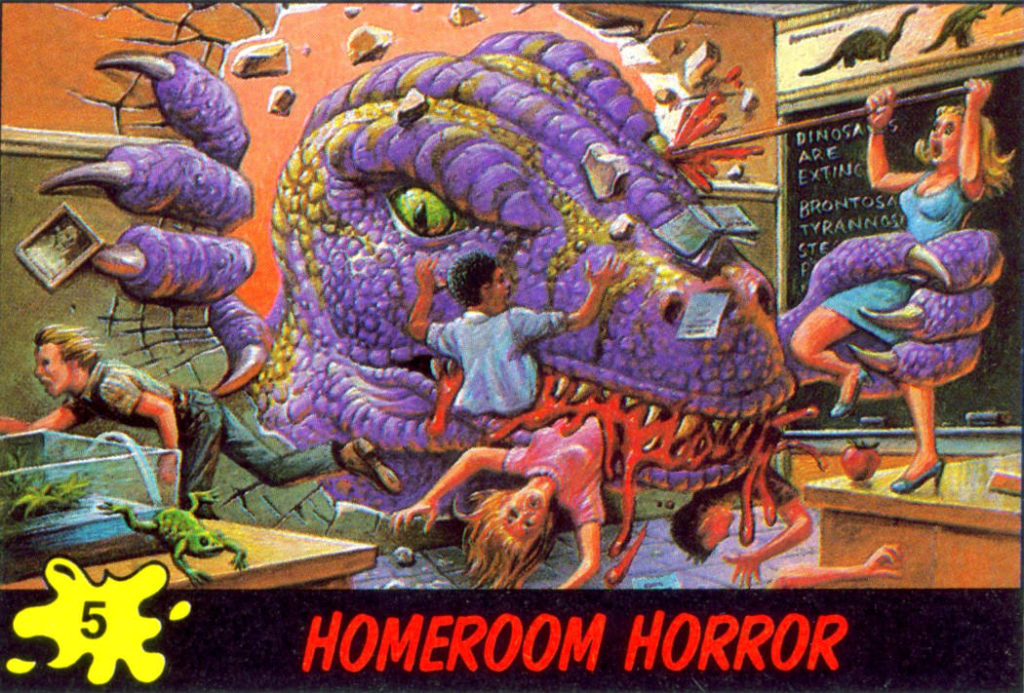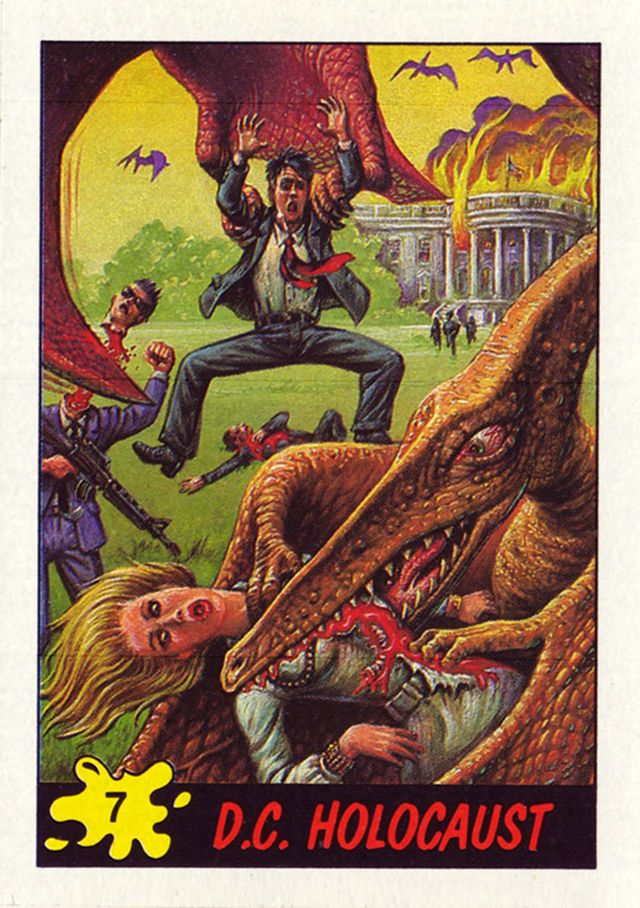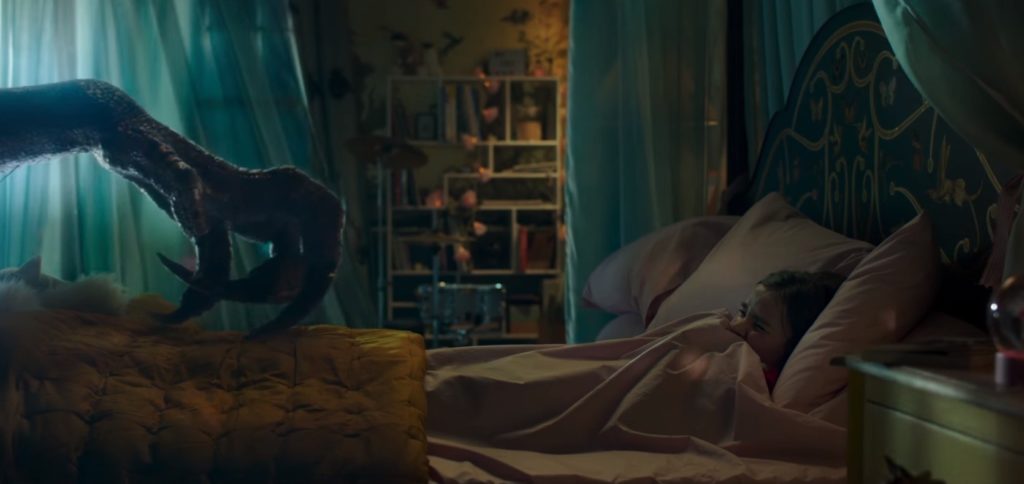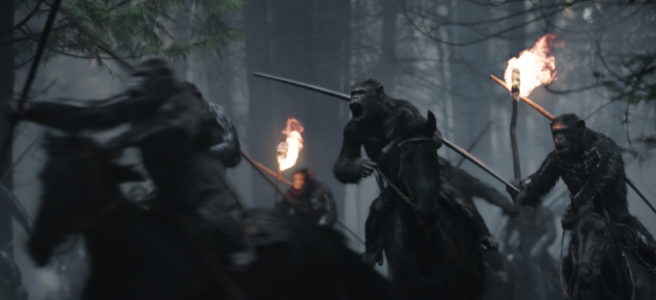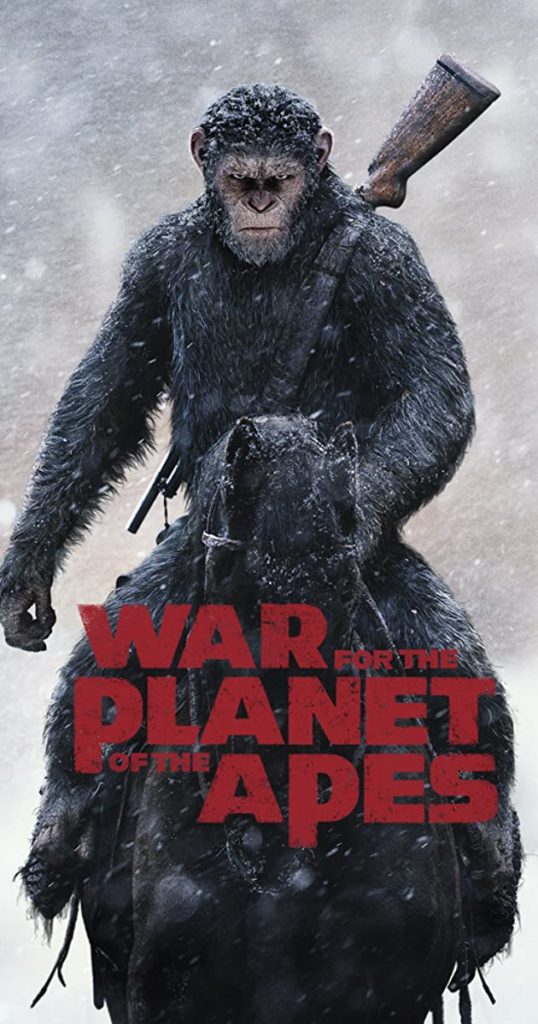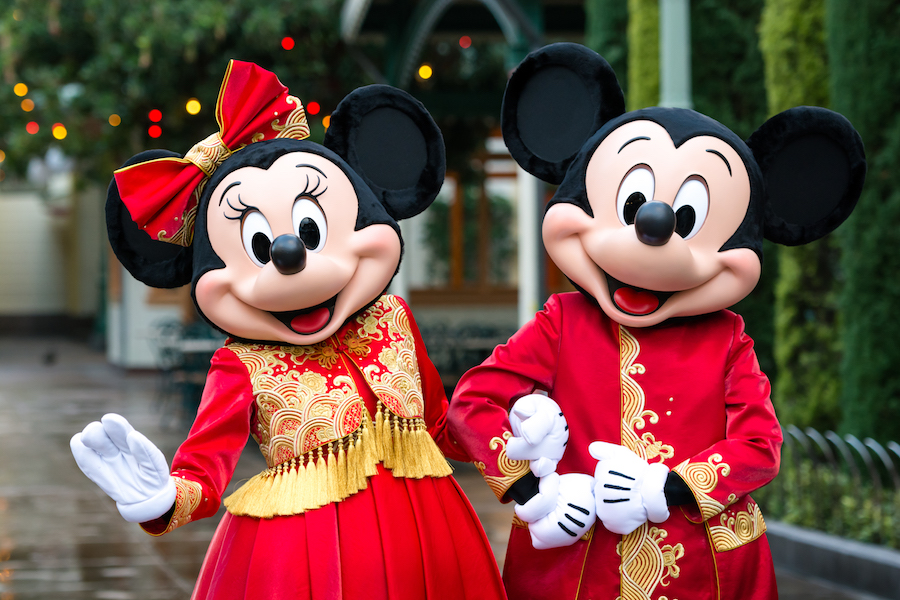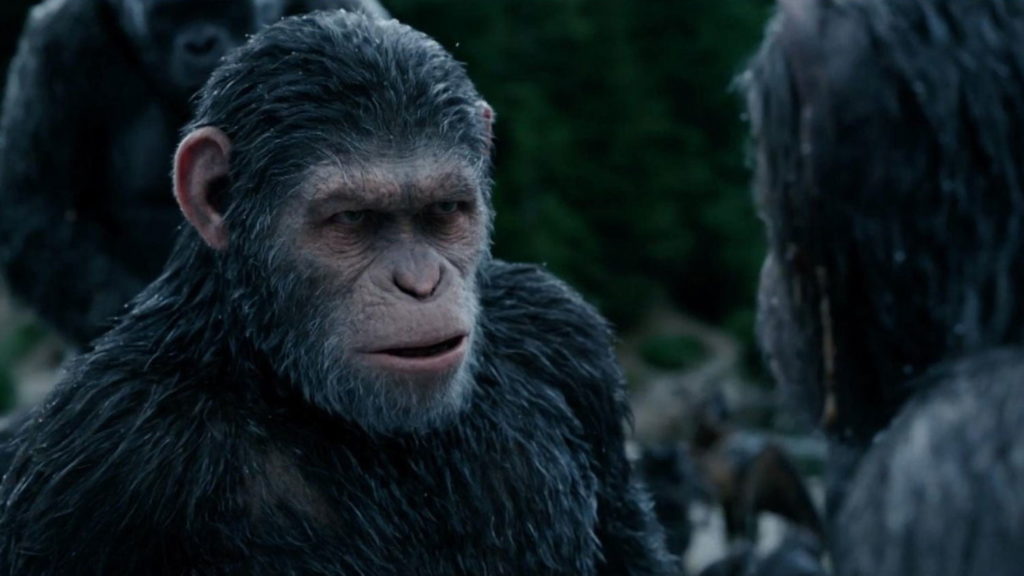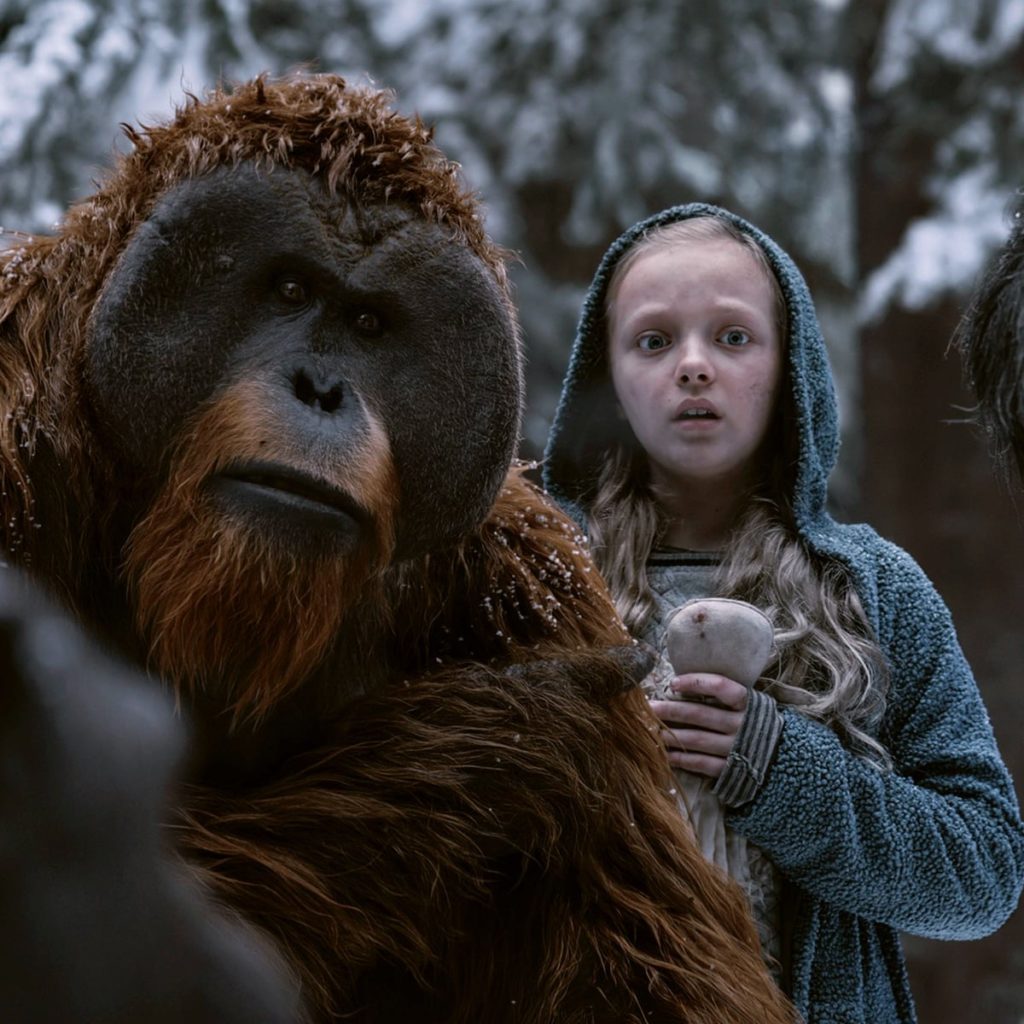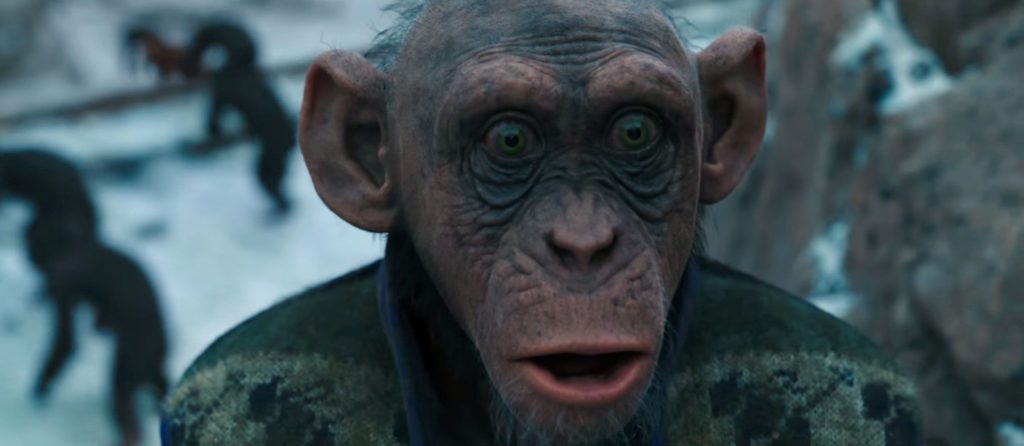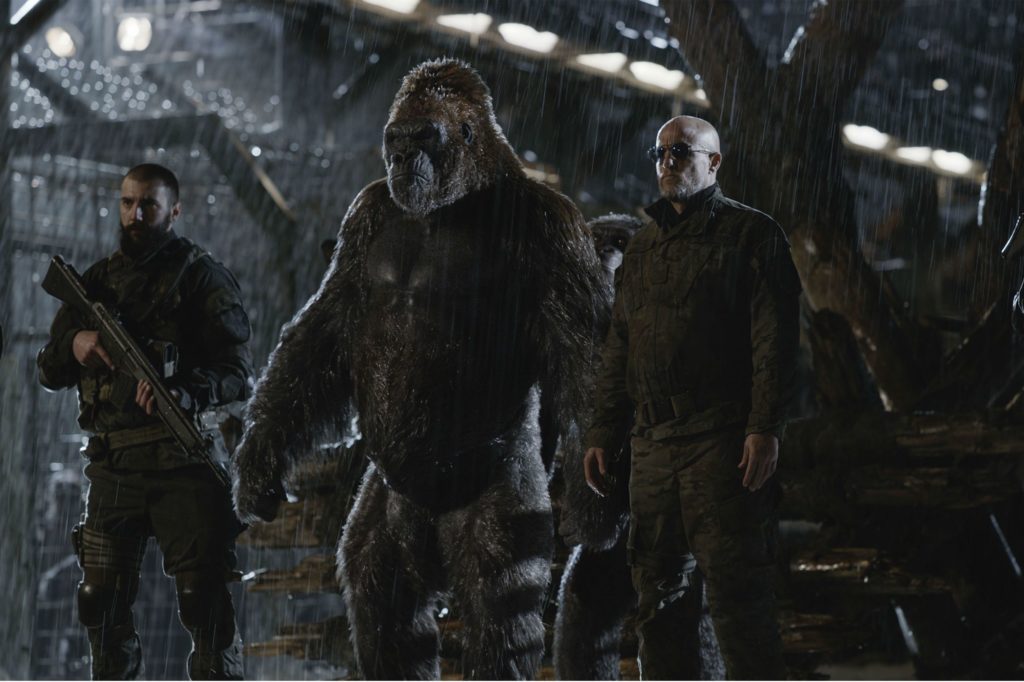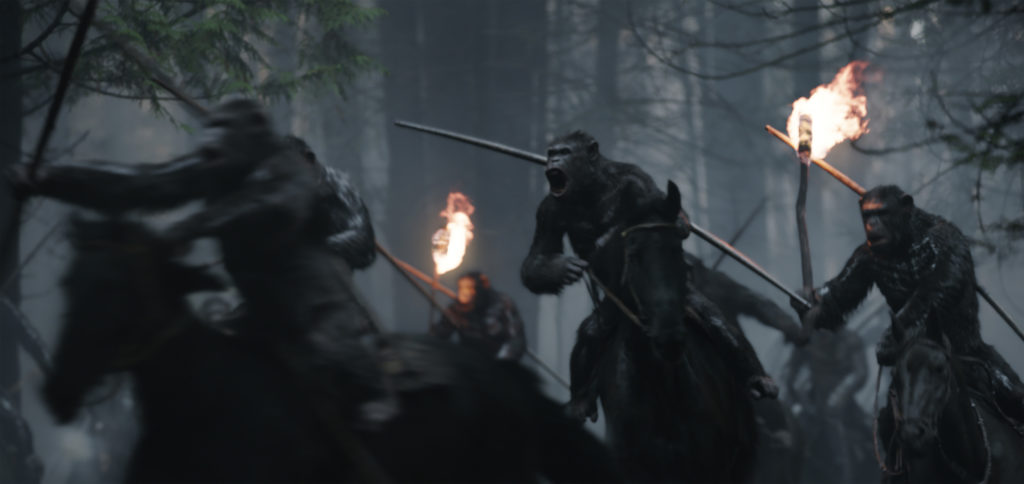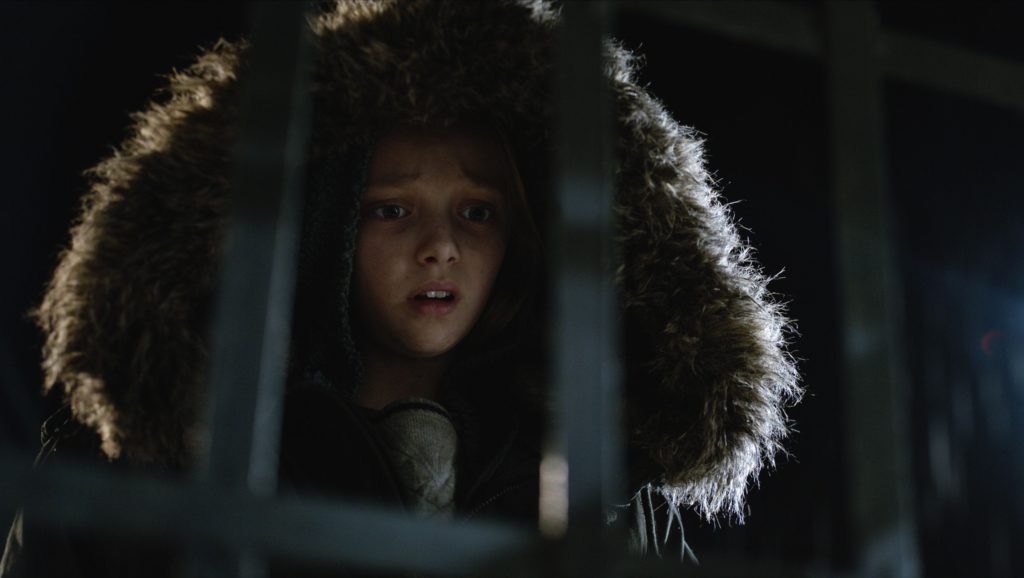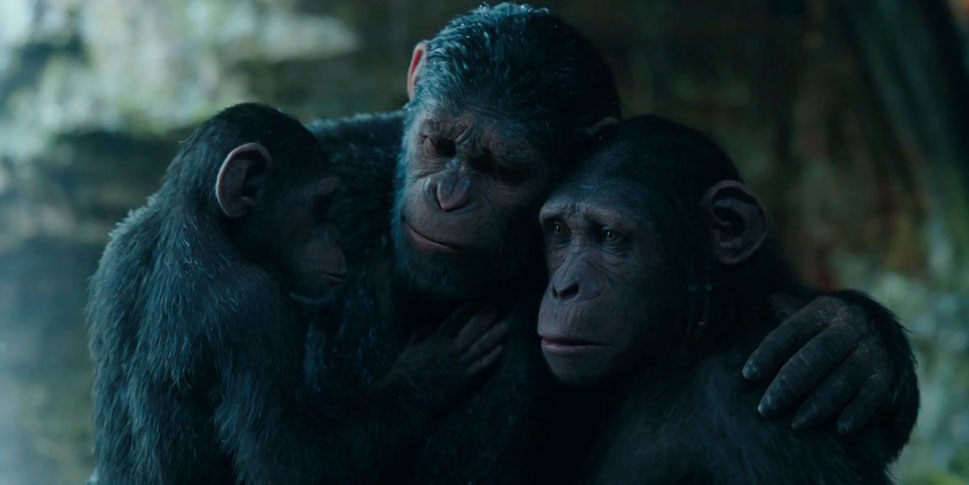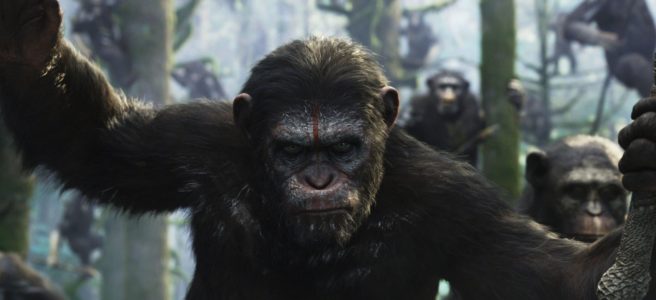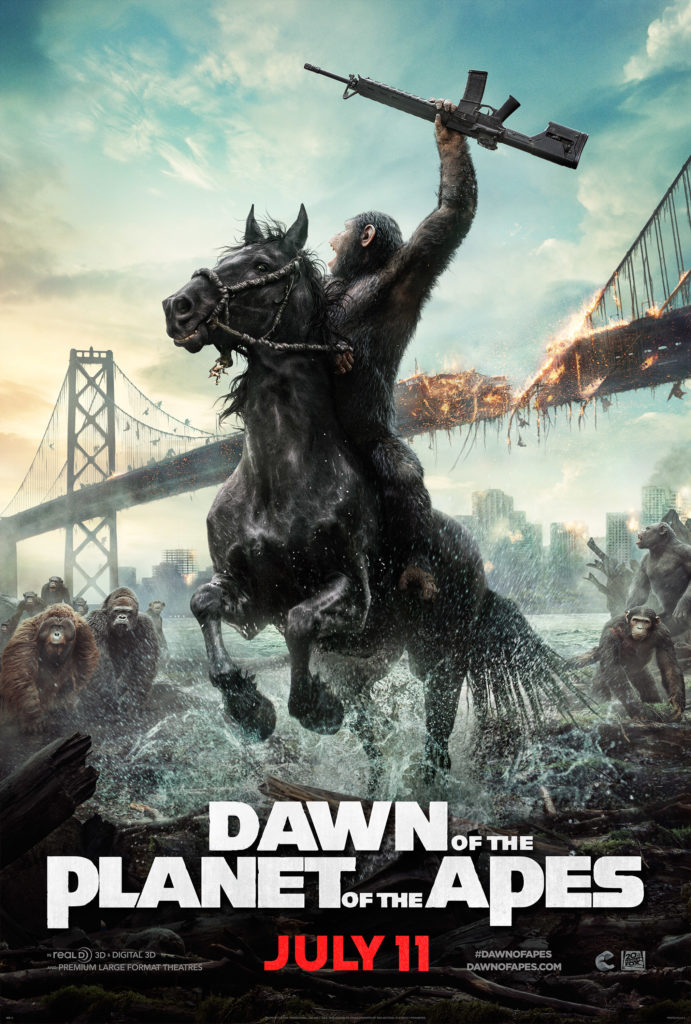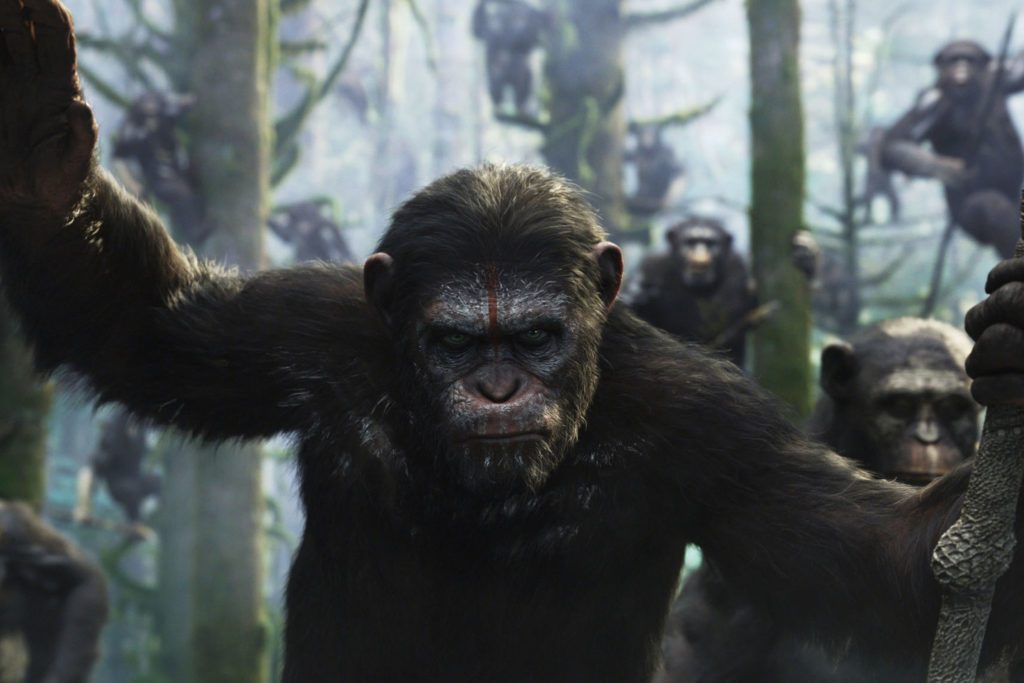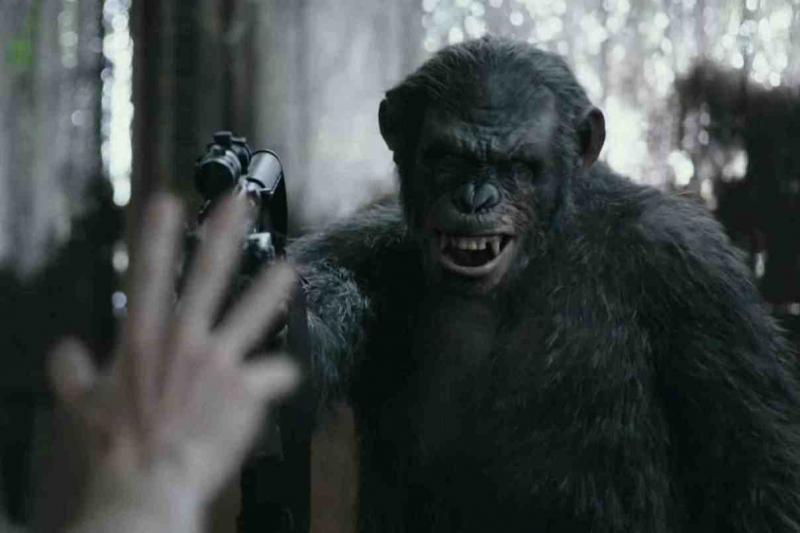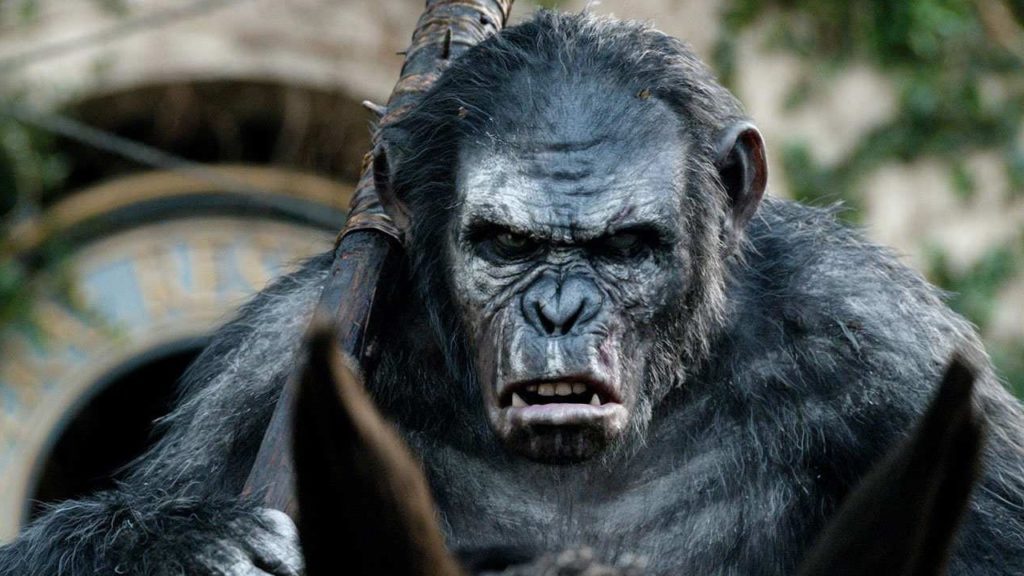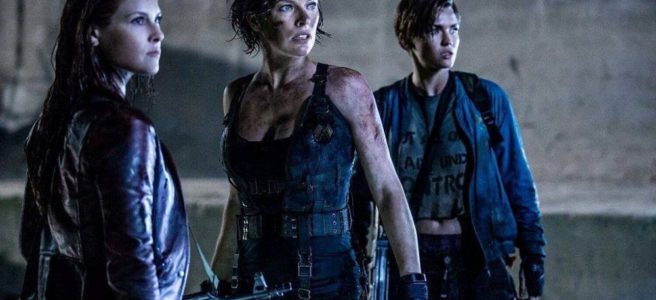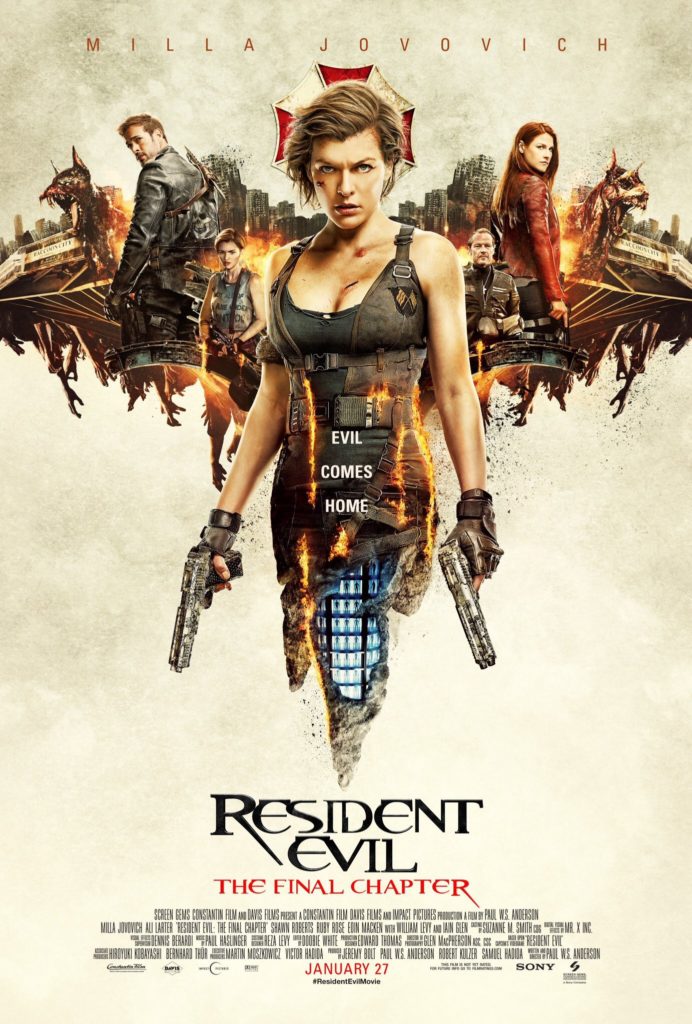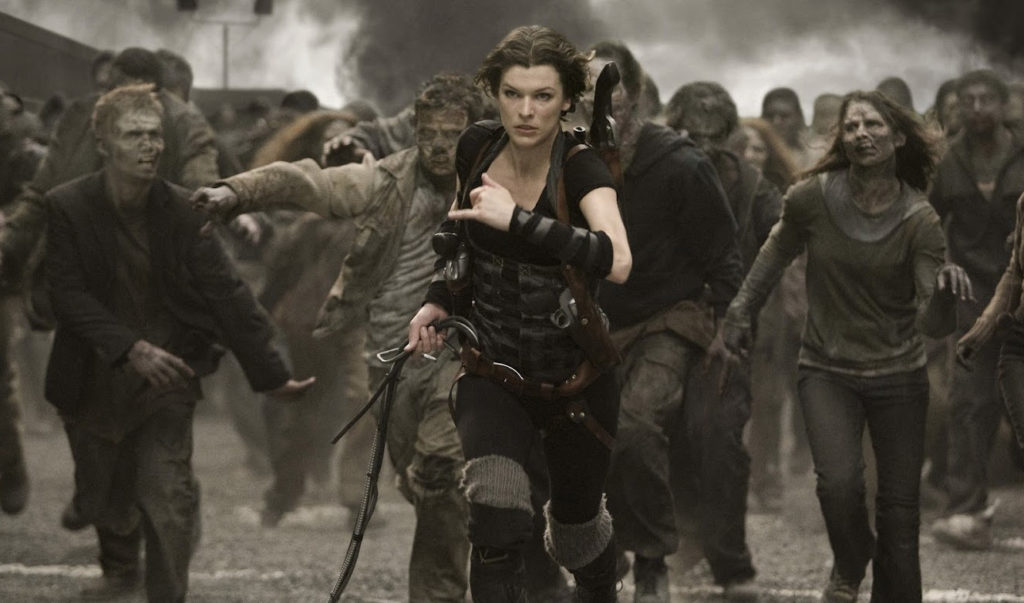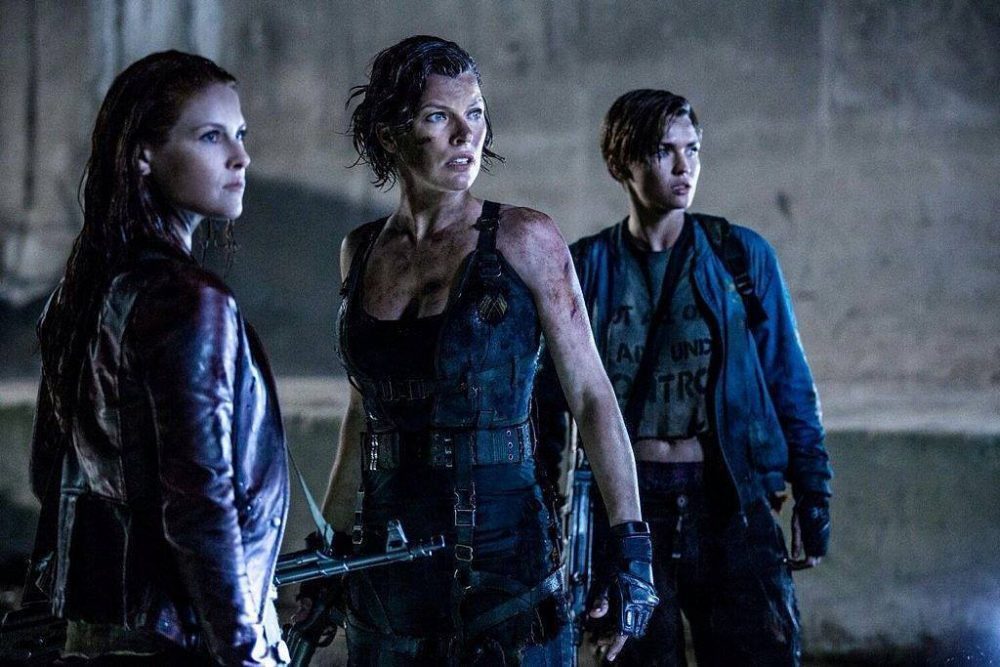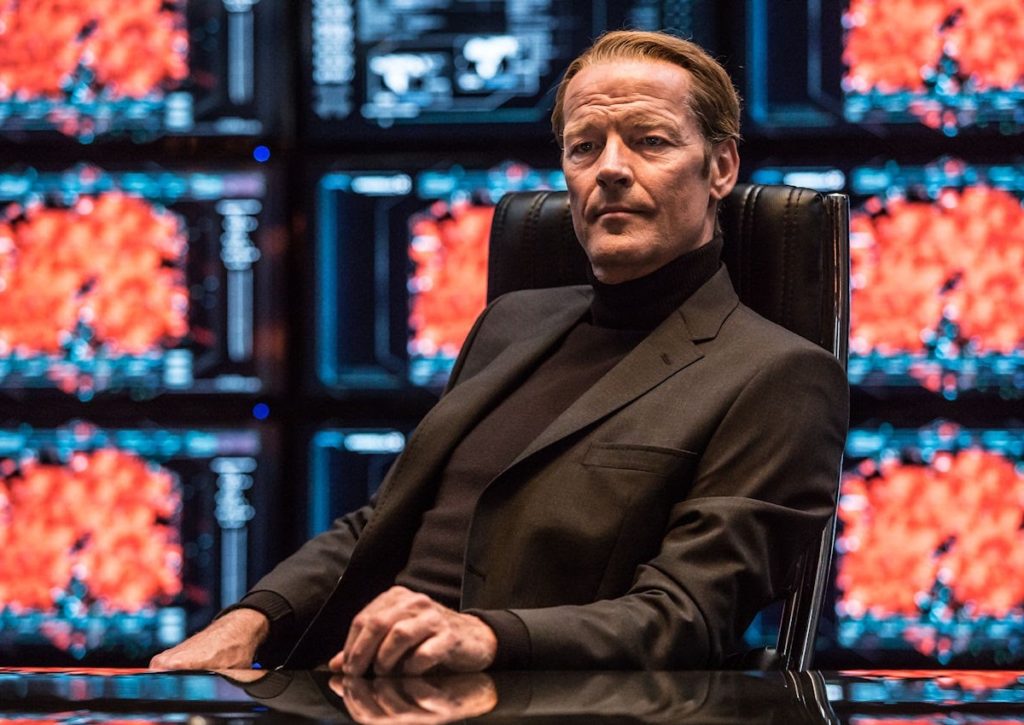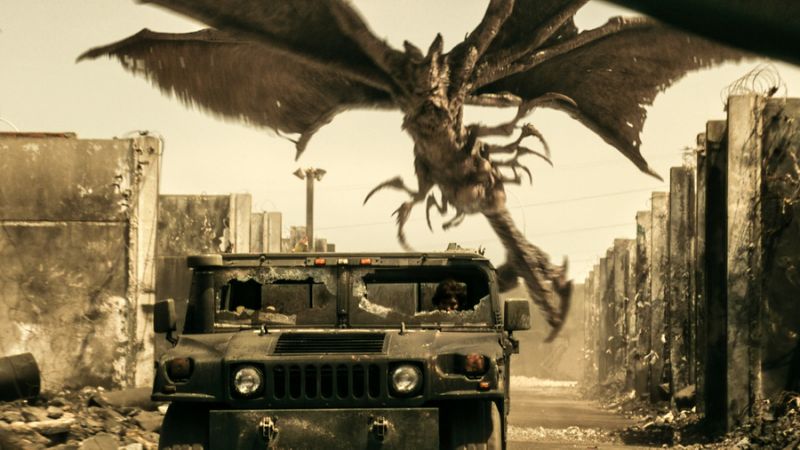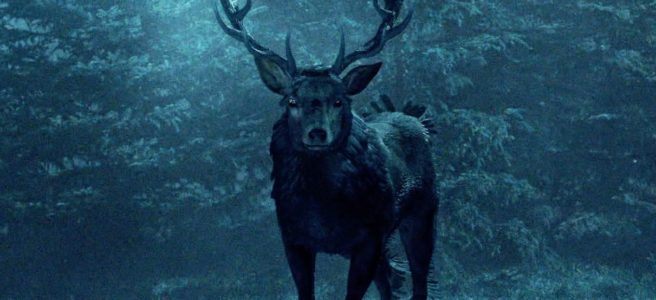Welcome back to the Left Behind retrospective! In this entry we’ll be going over the fifth film in the franchise, Vanished: Left Behind – The Next Generation… and, guys, I’ve been stoked for this one. Storytime: I was already interested in reviving the Retrospectives series here for Left Behind and thought I already knew of every movie in the franchise, but when I was looking up information about these movies, I stumbled across this off-beat entry that I had never heard of. Is this… Left Behind meets The Hunger Games!? My mind raced with the possibilities that this bizarre entry could be holding and that was the point that I decided that I was definitely going to do this Retrospective.
A bit more background here is also worth mentioning: Left Behind: The Kids was (for better or worse) my introduction to Left Behind as a franchise. As a kid, I would peruse my church’s children’s library and check out the edgier, more exciting stuff, so there was no way I was going to miss this series about mass death and the end of the world. I got hooked on The Kids books and eventually moved up to the full Left Behind novels from there. It’s been more than twenty years since I last read them, but I recall them being far more exciting, well-paced, and well-written than the main series (although Jerry B. Jenkins was hammering several The Kids books out per year, alongside full Left Behind novels, so there are apparently major continuity issues in these books that I didn’t notice as an 11 year old). As I alluded to in the World at War retrospective, the main Left Behind novels make the somewhat bone-headed decision of having its two principle expies, er, I mean characters be incredibly important figures (one, a world-renowned journalist personally working under Nicolae, and the other, Carpathia’s personal pilot). As a result, they’re rarely caught up in any of the major disasters and these events kind of just pass us by. However, the Left Behind: The Kids books are what they say on the tin – it’s a bunch of normal kids and teens just trying to survive and who absolutely get swept up trying to survive in whatever massive disaster is afflicting the world this week. Look, I don’t recommend reading Left Behind, but if you really want to experience it yourself, The Kids books might be the most palatable way to do it.
Anyways, all that said, I’ve been itching to get to this entry ever since we started. What could a young adult Left Behind movie do to stand out from its various failed predecessors? Read on to find out…
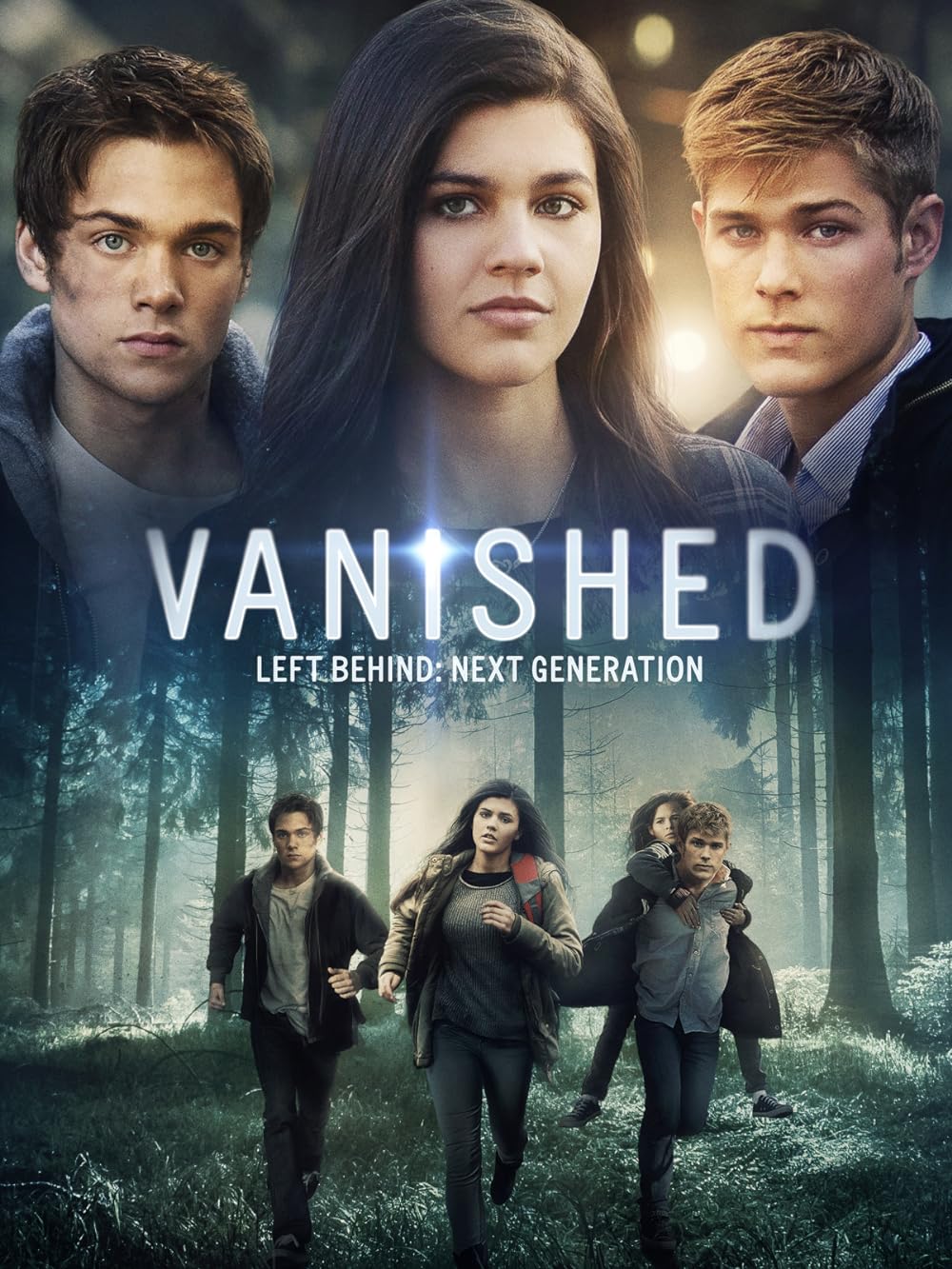
Production
Vanished would be the first Left Behind movie to be produced without the involvement of Cloud Ten Pictures. Information about how this happened isn’t clear, but I can see two possibilities for how this happened. Remember how a big part of the Tim LaHaye v Cloud Ten Pictures lawsuit revolved around control of the rights to Left Behind: The Kids? Well, either the settlement which was reached in 2008 granted these rights to Tim LaHaye and Jerry B. Jenkins, or Namesake retained these rights and chose to license them to a different studio. Whatever the case, Vanished seems to have been the brainchild of Randy LaHaye, grandson of Tim LaHaye. Randy had grown up hearing his grandfather bitching about how much he hated the Cloud Ten movies (for the record, this is not a joke), and promised him that, someday, he’d make an adaptation that could make him proud. Around 2013, Randy was watching Twilight and realized that a YA film could be a great way to introduce a new generation to Left Behind. As he saw it, kids were fascinated with dystopian fiction (The Hunger Games, Divergent, Maze Runner, etc), so they could slide very easily into the dystopian world of Left Behind.
Vanished would be very loosely based on the first Left Behind: The Kids book, The Vanishings – basically just adapting the premise of the Rapture and it being told from a YA perspective. Leaning into contemporary YA tropes, a love triangle was also made into a central aspect of the narrative in order to appeal more to a wide audience. Directing duties would go to Larry A. McLean, a veteran, workman TV director.
For the cast, the lead role of Gabby would go to Amber Frank, who was probably best known for The Haunted Hathaways at the time. Her hunky best friend (or maybe something more?) Josh would be played by Mason Dye, probably the most recognizable member of the cast, because he put in a fantastic performance as Jason Carver (the psycho jock) in the fourth season of Stranger Things. The other male lead, the brooding and mysterious Flynn, would be played by Dylan Sprayberry, who you might recognize from Teen Wolf or for playing young Clark Kent in Zack Snyder’s Man of Steel. Rounding out the main cast was Keely Wilson as Gabby’s younger sister, Claire. The film would also feature Tom Everett Scott as the megalomaniacal Damon, and Randy LaHaye himself as… Nicolae Carpathia!?! Yeah, you read that right, in one of the most insane (and possibly appropriate?) casting decisions ever, Tim LaHaye’s own grandson portrays super-Hitler. Maybe it’s for the best though – he was originally going to play a race-swapped version of Bruce Barnes, which would have been weird at best… not that Bruce’s race has been written to actually matter in the slightest in these stories, so it’s not like he needs to be African-American in that regard. However, he’s also one of the few prominent black characters in the franchise, so removing that aspect of the character would not be a good look at all. Anyway, Randy LaHaye said that he wanted to give Nicolae a bit more nuance, to make him less of a cartoonish villain, someone that people could actually look at and see why people would become deceived by him. So, in the spirit of this idea, he based his character’s big speech to deceive the world on… Obama’s speech to the UN… Oh shit, nevermind, we’re back to the really unfortunate racial optics.
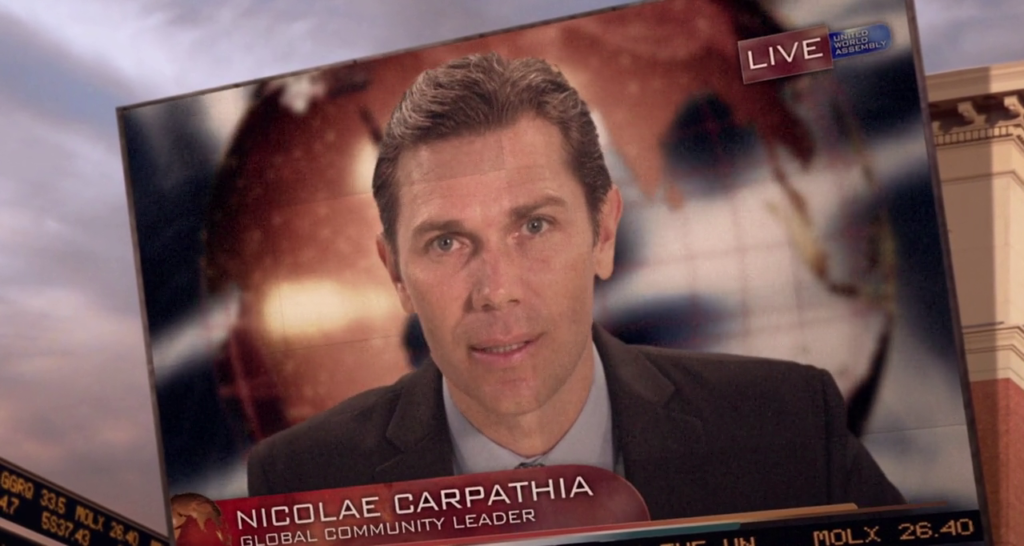
As for production of the film, there are actually some pretty interesting stories to be told here. First of all, the movie has an executive producer credit for goddamn Rick Santorum. Secondly, the production companies for this movie are kind of fascinating. On the one hand, we have Triple Horse Studios, whose website boasts that they are “a Content Creation Company with extensive technical capabilities”. Wow, such an artful description of your work, I’m inspired to the core. Kidding aside, they are responsible for The Case For Christ, which is, by most estimates, one of the best “capital-C Christian” films ever made. On the other hand, we have Salt Entertainment Group, which seems to have immediately gone defunct as soon as this film was made. And then, most intriguingly, there’s Faith Capital Group. “Oh cool,” you say to yourself, “is this just a conglomerate of evangelicals pooling money together to fund Christian projects they like?” That’s what I assumed, but… okay, I can’t find a definitive confirmation, but I think they’re actually an Arab company based out of Kuwait, throwing money around at various projects. Definitely take that with a lot of salt, because I wasn’t able to get a direct confirmation that this is the same Faith Capital, but it’s such a fascinating possibility that I had to mention it.
Filming would take place in Savannah, Georgia on a budget reported to be around $2 million… by far the lowest of any film in the franchise. Tim LaHaye would manage to see a rough cut of the film and gave it his enthusiastic endorsement before his death in the summer of 2016. Randy LaHaye had hopes to adapt seven films total, with hopes of having the first sequel underway in 2017, depending on the reception of Vanished. The film would get a limited, one-day theatrical release on September 28, 2016, but it failed to make an impact and the proposed sequels fizzled away into nothingness…
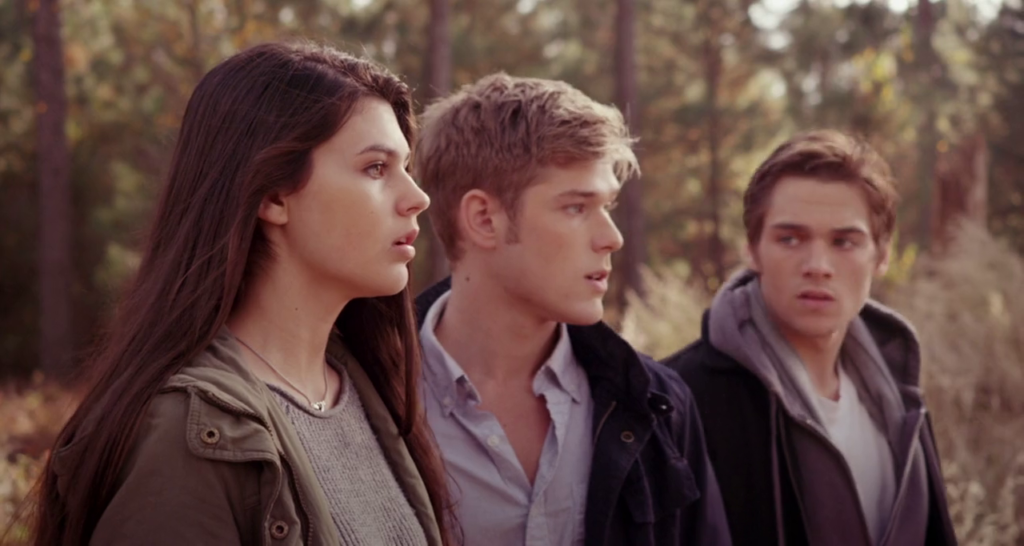
Plot Synopsis
Gabby Harlow is living with her mother and younger sister, Claire, when suddenly a billion people vanish in the blink of an eye and the world is plunged into chaos. When Gabby’s mother disappears, she, along with her neighbour and best friend, Josh, try to find Claire. They find her at a local restaurant, but she is being chased for unknown reasons. The pair catch up to her and find that she’s being protected by a local homeless teen, Flynn. They take shelter from the looting going on outside at a local church, where pastor Bruce Barnes gives them USB sticks explaining what is behind the vanishings. Before they can hear more, the church literally explodes and they flee. Gabby decides that they need to find her father, who lives outside the city. She calls him and he answers, but gets into a car crash and the line goes dead. Gabby, Claire, Josh, and Flynn all decide to head out to try to find him.
They eventually make their way to Gabby’s father’s home, but find that he is not there. Instead, the house is being occupied by a trio of bandits, who attack the teens. They flee, but Claire is wounded in the process. They find a farm compound nearby called “Sanctuary” which is owned by a man named Damon and his sister, Sarah. Sarah has studied medicine, and is able to stitch up Claire’s wounds, while Damon takes the boys on a tour of his facility. He has been preparing for societal collapse his whole life and so many of the people in the surrounding area have been coming to Sanctuary for aid. However, he advises that such help does not come for free, so they will have to work to pay for his help.
With Sam’s help, Claire’s injuries are healed. Josh watches the USB video Pastor Barnes had provided, which explains that the vanishings are due to the Rapture, and Josh shares this theory with the others. While working the next morning, Gabby and Flynn sneak into the woods to try to figure out their next steps and end up making out with each other. They then accidentally stumble on a secret compound where Gabby finds that her father has been taken prisoner as retaliation for trying to escape. Damon’s armed thugs realize that she has witnessed this, and Damon confronts Gabby, Flynn, Josh, and Claire to threaten them. However, Sam intervenes and promises to punish them herself… and then immediately sets them free. Predictably, Gabby and the others then go to free her father. Damon realizes what has happened almost immediately and sends his thugs out to kill them to prevent anyone from discovering that he is basically turning Sanctuary into an organization engaged in debt slavery. In the pursuit, Gabby’s father is shot and killed.
In honour of her father’s dying wish, Gabby, Flynn, and Josh decide to try to free the people trapped in Sanctuary. They succeed in the attempt, driving Damon into a rage as he pursues them and tries to shoot them. The group flee into an abandoned factory, where Damon corners them, but then falls through an unstable floorboard and dies. The group, having come to realize that Pastor Barnes was right, then return back to the city to try to spread this message to their friends. As they arrive, they see that the chaos has subsided and people have gathered to watch a video proclamation from Nicolae Carpathia, promising a new era of peace arising from the ashes of his chaos. They watch in fear, realizing that he is not the hope that he portrays himself to be…
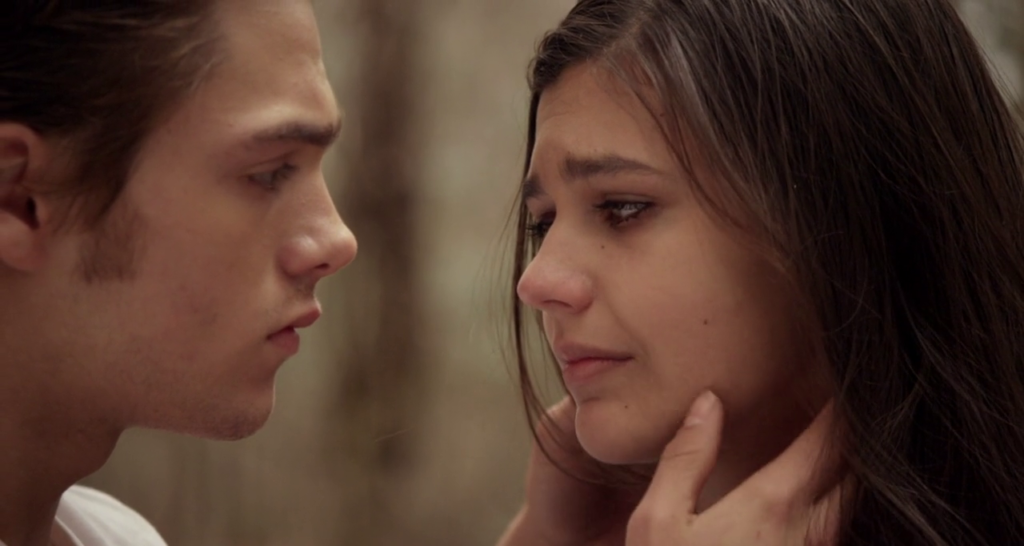
Review
So, how is Vanished? Well, let me put it this way: as I was watching it, I was finding myself coming up with nice things to say about Tribulation Force. Like, as bad as that movie is, at least the cast is pretty good and there’s some actual ambition on display, even if they lack the budget, script, or talent to execute it well. I’ve said it plenty of times, but if I find myself coming up with excuses about why a movie I hate isn’t as bad as the movie I’m watching, that’s when I know that I’m watching something truly awful. Vanished is easily one of the worst movies I’ve ever seen, approaching The Room or Atlas Shrugged: Part III in terms of how poorly made it is. Maybe it’s “shame on me” for expecting this to at least be on-par with the other Left Behind movies in terms of quality, but I was honestly not expecting something this bad.
First of all, the YA elements are implemented in such a transparently cynical manner. Even at the start of the 2010s YA boom, the love triangle trope was already seen as a nothing more than a cynical marketing move to appeal to the Twilight crowd, so having a movie that’s blatantly ripping off the cynical copies makes Vanished feel even more painfully forced. First off, we have Josh, Gabby’s goody-good best friend/neighbour who clearly has been developing some simmering tension with her. They’re kind of cute, playful dorks together, setting him as the “good” option. Then we have Flynn, who is clearly the “dark”, “mysterious”, and “edgy” option. He’s literally homeless, having been abandoned by his addict parents. Despite barely knowing him, Gabby inexplicably has the most sexual tension with him, with the pair engaging in a rather passionate (for an evangelical movie) make-out session. Unfortunately, the love triangle isn’t really developed at all, it just kind of happens when it wants to and we’re left to assume that Gabby’s conflicted, when she clearly doesn’t even care outside of scenes where she’s supposed to. Like, we get a scene where Josh and Gabby have a cute dance together since the Rapture caused them to miss homecoming, and then the next day Gabby’s off in the woods making out with Flynn after zero build-up. We don’t really get any conflict or indecision from Gabby over her feelings for these boys. It’s just assumed that this is a YA movie, so she has to pick between them and boy would it be dramatic if she flip-flops in every scene! Actually, it’s even funnier than that, because the climactic scene of the movie involves the bad guy literally saying he’s going to shoot one of the boys and Gabby has to pick which one lives. Hilariously, to this she yells “I CAN’T DECIDE!”
The love triangle isn’t the only cynical trope lifted from the YA scene wholesale though, because Vanished makes the baffling decision of being a dystopian apocalypse movie. This may have been riffing on The Hunger Games, Divergent, or The Maze Runner, but it ends up making Vanished feel more like The Walking Dead than any of its YA contemporaries. I’m not even exaggerating here – in this movie, as soon as the Rapture happens, apparently society completely collapses. We’ve got people attacking cops, roving bandits, food and medical scarcity, and wannabe-kings rising out of the ashes. It’s an incredibly weird choice for the adaptation for multiple reasons. For one thing, it’s completely different than all other Left Behind media, where the Rapture causes life to get disrupted for a few days, but more-or-less keeps going as normally. Based on this expectation, it took a while to “get” that they were going for something completely different here (and even then, I really “got” it when I realized “oh, they’re just ripping off all the dystopian YA movies). Secondly, it doesn’t really make sense that society would completely fall apart in a single day due to the Rapture. Maybe this is just because we have since lived through COVID-19, but I’d expect major supply chain issues and months of collective trauma rather than the complete breakdown of society. Government and law enforcement are still going to be intact. Communication infrastructure is still functioning. There’s no reason to believe that people would start eating each other in an instant. Again, it’s clear that this was done to shove in another YA trope in hopes of appealing to “the youths“.
That said, at least Vanished took a look at the hundreds of millions Raptured estimates from the previous films and said “Those are rookie numbers”. Apparently the number of people Raptured this time is around one billion… Forgive me for going on a tangent here, but these numbers still feel insanely low. First off, there are approximately two billion Christians world-wide. Of course, we know that the authours of Left Behind definitely do not believe that this number is representative of the number of “true” Christians, which would go some way to explainly why their numbers are far lower. However, what it does not account for is the children – in Left Behind, there is explicitly an “age of accountability” where God does not consider you morally culpable to your actions, and therefore “Christian” by default as far as the Rapture is concerned. Vanished makes the incredibly bold decision of setting this cut-off at eleven (if I’m remembering correctly, I believe that this cut-off is around thirteen in the books). In 2016, approximately 25% of the world’s population were under the age of fifteen, out of a total global population of 7.5 billion… so, if we assume that the age of accountability cut-off is ten and only account for two thirds of that percentage, then we’re still looking at approximately 1.2 billion children alone, without even factoring in a single Christian. I shouldn’t be surprised that evangelicals are bad at math, but here we are.
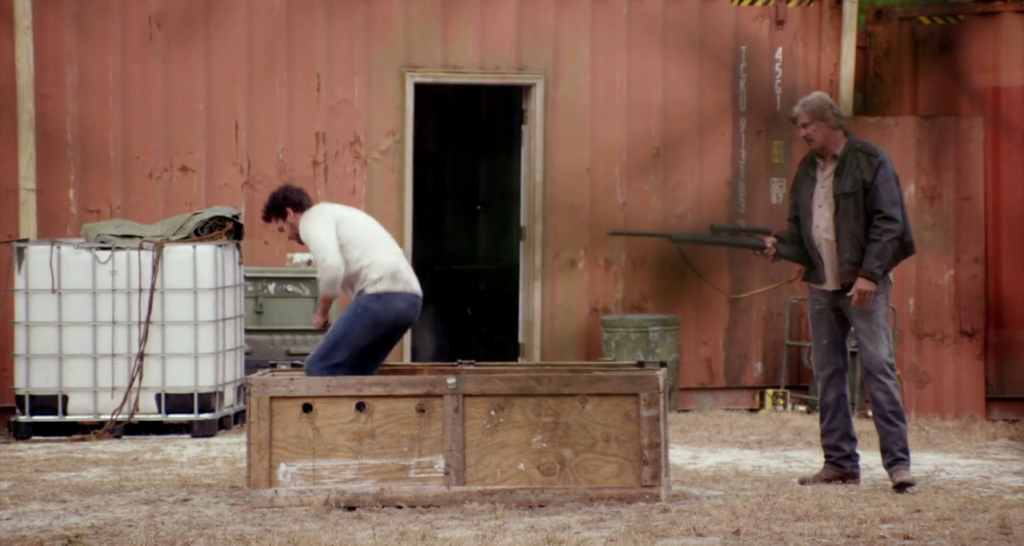
Tying into the limp and cynical usage of YA tropes, the writing in Vanished is just plain bad. I think that the cast here probably have talent, but you’d never know it with this script. Gabby is a complete personality-void, stumbling from scene to scene as the script requires her. Meanwhile, my descriptions of Josh and Flynn as the “good boy” and the “bad boy” describe their YA tropes, but are also pretty much the extent of their characterization. And Claire’s here as little more than a burden that they have to babysit. There’s no character development at all, other than the obligatory “come to Jesus” moments that every Christian movie has to have… which, honestly, is a trope unto itself, so if not for the writers being slaves to every trope possible, I doubt there’d even be that much development. Meanwhile, the villain is a complete psycho for no good reason, although at least Tom Everett Scott gets to ham it up towards the end (although he is absolutely no Gordon Currie).
Then we’ve got overly-convenient writing which is so transparent as to be absurd. For example, all the kids are assembled at Bruce Barnes’ church. How can we get them out of here quickly so they don’t know anything about the Rapture yet? Oh, I dunno, how about a gas leak that gets introduced and then happens in the span of like five seconds? It’s kind of hilarious, because if you sneezed at the wrong moment, you could literally miss the entire “gas leak and then church explosion” – it’s introduced and over that quickly. Oh, and then there’s the part where Damon’s so mad about Gabby and Flynn snooping around at his penal facility that he’s threatening to shoot them. His sister, Sarah, says she’ll deal with the kids… despite explicitly saying that she doesn’t know anything about Damon’s nefarious activities, so why would he even trust her with punishing them…? In any case, Sarah immediately lets the kids leave, causing them to immediately cause even more trouble for Damon. The movie proclaimed him as a full-on “genius” in his introduction and he doesn’t even think to follow-up with her to confirm what she did? It just makes him look like a complete idiot. It’s also pretty baffling that a movie about the Rapture spends about 80% of its runtime dealing with a completely unrelated, relatively low-stakes problem where some random asshole has taken Gabby’s father captive for… “reasons”.
Beyond all that though, Vanished‘s writing just makes absolutely no sense. For a very basic example, the Rapture happens and then a few hours later Gabby calls her dad. We find out later that this conversation happened as he was escaping from Sanctuary… so you’re telling me that, in a matter of hours, society instantly collapsed when the Rapture happened, he went to Sanctuary for help, tried to rebel against them, and escaped…? For that matter, who exactly is Damon worried will find out about Sanctuary? He seems to believe that the government has collapsed and that communication systems were wiped out world-wide by an EMP, who exactly does he think is going to stop him…? Like, literally no one would even care what he’s doing if he wasn’t beating up and trying to kill people for leaving, it’s such a brain-dead “plan”.
Going hand-in-hand with the abysmal writing, the filmmaking on display here is incredibly shoddy, on the level of a bad student film. I’ll give it this at least – the filmmakers at least have heard of lighting, so in that regard it gets a leg-up compared to the first two Left Behinds. However, in pretty much every other regard, this movie looks positively amateurish. Probably the most notable element that this movie is lacking is music. At one point, I was watching the film and was wondering why so many scenes that should be important, exciting, and intense ended up feeling “dead”, until it hit me that there is no soundtrack whatsoever. Check out this clip from the film, which is a perfect encapsulation of just how badly made this film is, and how much it suffers for having no music:
Ahh, the heroic sacrifice and emotional death scene, a classic story moment that has been captured on film tens of thousands of times over the years. However, between the awful direction, editing, and lack of music, Vanished can’t even pull this off well. The whole scene falls flat and was honestly the most I laughed in the whole movie. Vanished is amateurish to the point where we get a shot of military drones flying over a bus near the end of the film and I’m convinced that they forgot to put in any sound effects for them. For any other film, maybe I could be convinced that they just couldn’t be heard because the bus was drowning out the noise, but I give Vanished absolutely zero charity, because it does not deserve it.
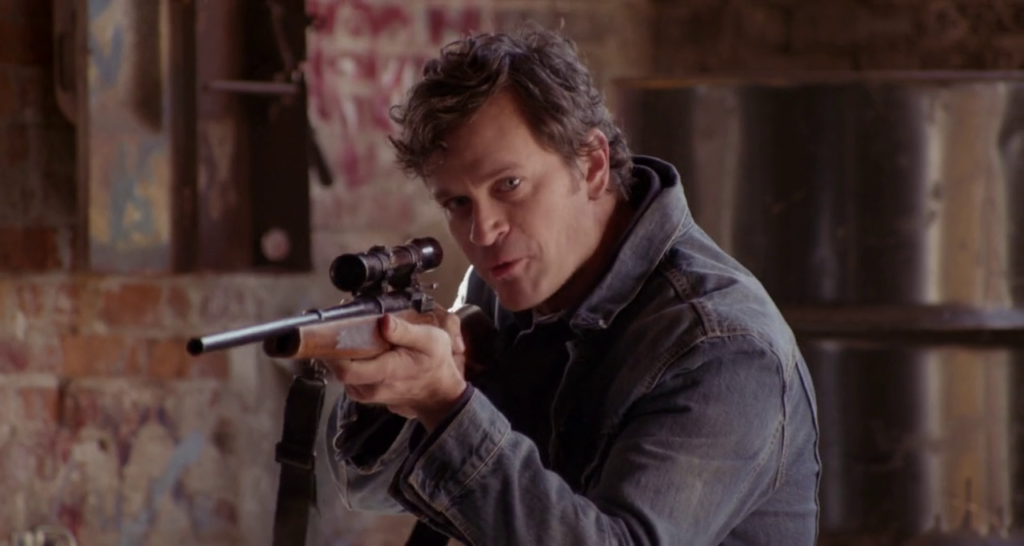
All this said, I’ve got yet another hot take for this Retrospective series: Vanished has possibly the most fascinating turn of any Left Behind movie. As soon as the cast arrive at Sanctuary, the movie pivots hard from a weird, crappy, Christian version of The Walking Dead with only one zombie, to a movie about conservatives fighting each other. This isn’t a joke – Vanished‘s second and third acts become a story about conservative evangelicals pouring shit on conservative libertarians; it’s like stumbling across two baboons having a knife fight. Remember, this movie came out the same year that evangelical movies were fellating audiences by demonizing liberals and atheists, so seeing a movie where they turned inwards and had a purity war is fascinating to witness.
Damon is immediately introduced as a bit of an asshole who has been building up a life that is off-grid, self-sustaining, and away from government surveillance and who disdains certifications from formal education institutions. He also is up-front that he doesn’t “give any handouts”, so any help he offers is going to need to be paid back. He’s clearly meant to be an embodiment of libertarian ideals, but there’s a clear distaste for him in his introduction. We soon find that all of his neighbours have been coming to him for help. Since society has collapsed and he was the only one around who was prepared for this, he’s been using them to work the land to pay their debts. However, we soon discover that Damon is a hypocrite – he preaches libertarian ideals, but only because he can use them to put everyone around him into debt slavery for his own enrichment and empowerment. Everyone who pushes back and tries to leave sanctuary is beaten into submission or imprisoned, and when Gabby and her father try to escape in response to these punishments, Damon orders them all to be executed. There’s a clear undercurrent here that Damon is an evil asshole – people are coming to him for help, and he’s disproportionately exploiting that desperation instead of being a good, Christian neighbour. The climax of the film revolves around Gabby, Josh, and Flynn returning to Sanctuary to liberate the debt slaves, so it’s clearly being emphasized that this guy’s a complete piece of shit, while our Christian heroes are morally righteous. I can’t believe I’m saying this, but it’s a shockingly based message for a Left Behind movie of all things, and the funny part is that it basically comes down to a spat between different varieties of conservatives. Unfortunately, despite having the best politics of any Left Behind movie, it’s also by far the worst one – just chalk that up as another example that my political biases don’t disproportionately affect my evaluations of these movies. Sometimes they just suck on their own merits.
Vanished is a brutally amateurish film, one that manages to make Cloud Ten Pictures look like master filmmakers… and, guys, how bad do you have to be to make me come to Peter and Paul Lalonde’s defense like this? Seriously? It doesn’t even have the courtesy of being entertainingly bad either, it’s mostly just terrible filmmaking combined with lazy, uninspired, uncreative rehashing of tropes ripped off of far superior films… and that “superior films” distinction includes every Twilight movie (yes, even New Moon and Breaking Dawn). Goddammit, you’re making me do it again, Vanished, why do you have to be so much worse than all these movies? And Rise of the Antichrist is next up for me! If you make me look at a Kevin Sorbo movie with more-lenient eyes, I’ll never forgive you…
2/10
Be sure to tune in again soon when we look at the most recent entry in this series, Left Behind: Rise of the Antichrist!
